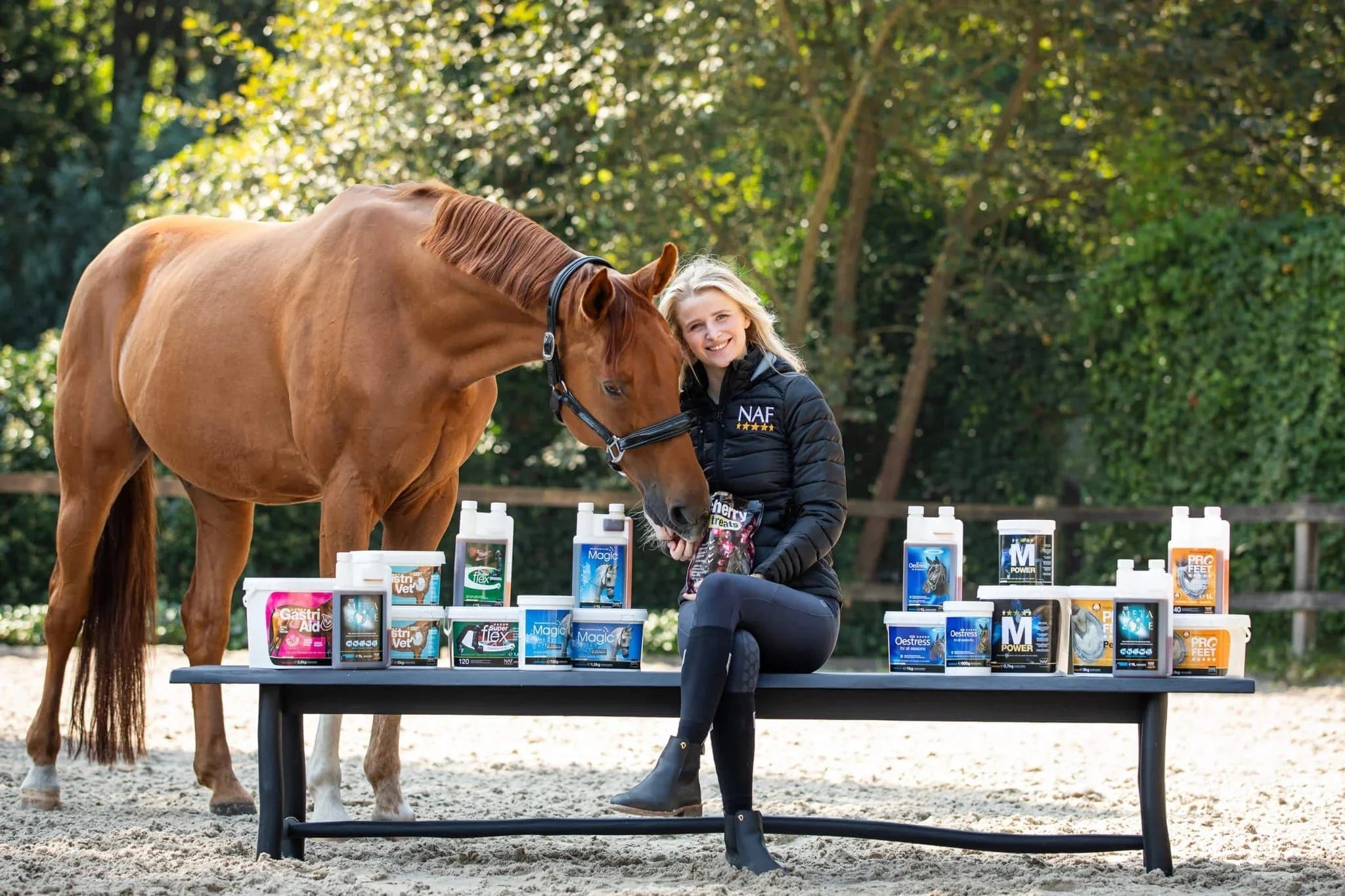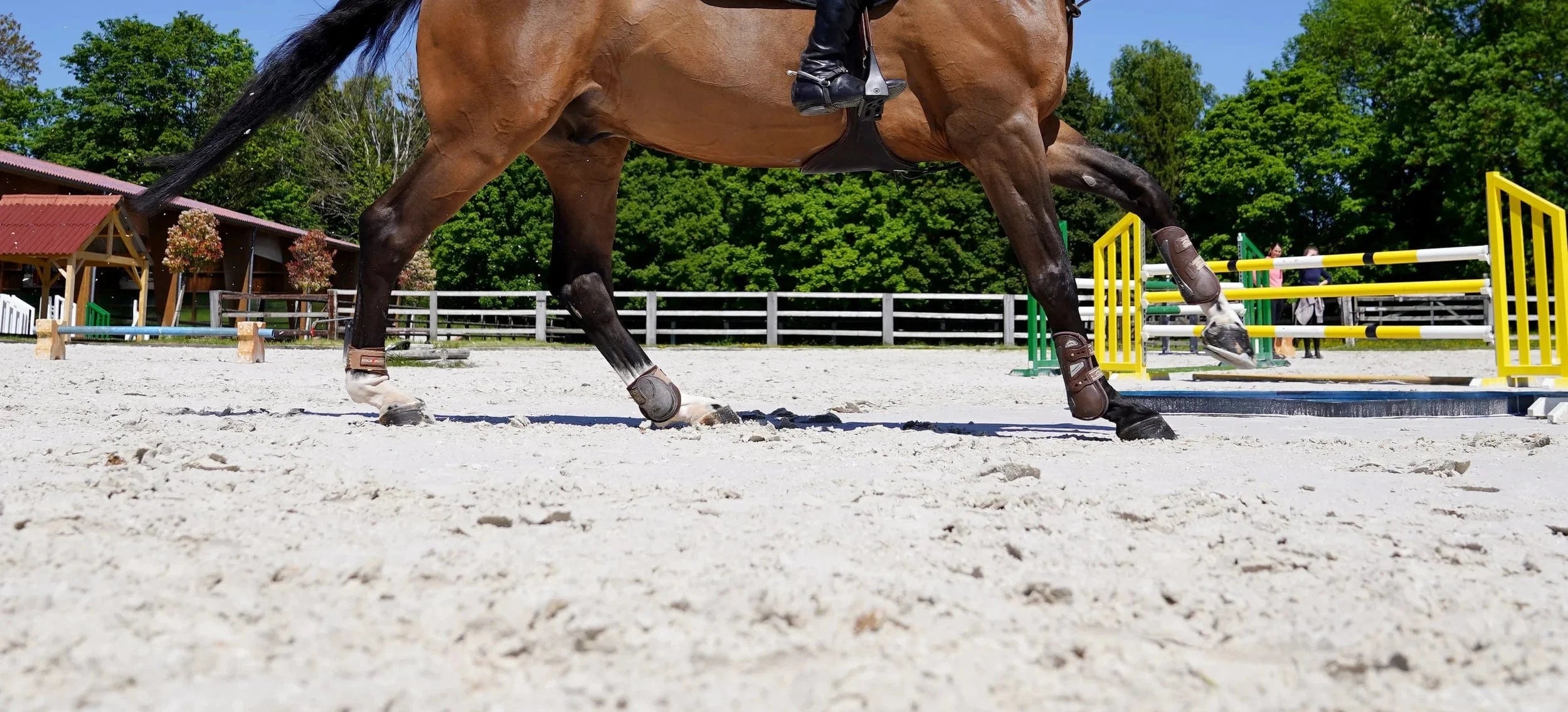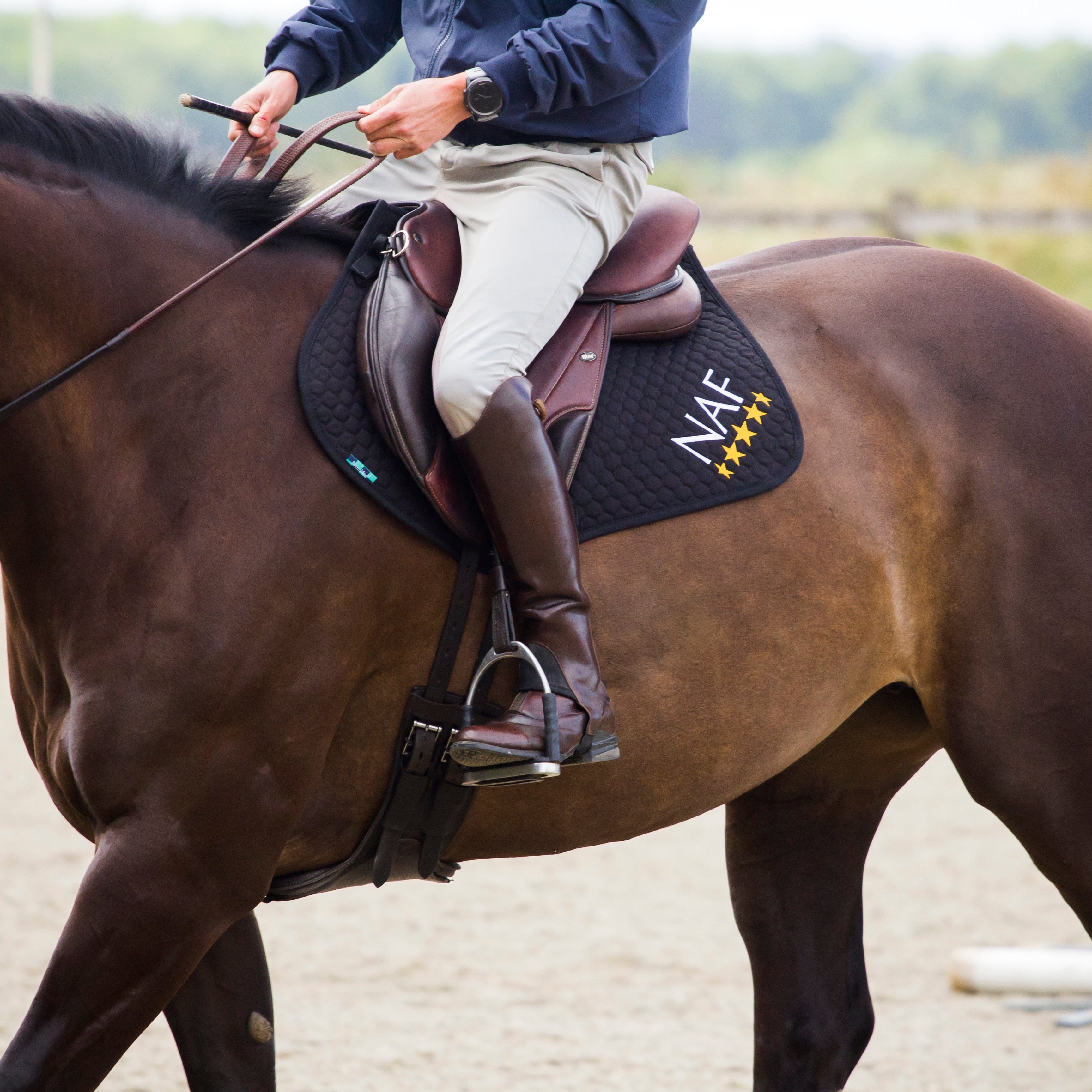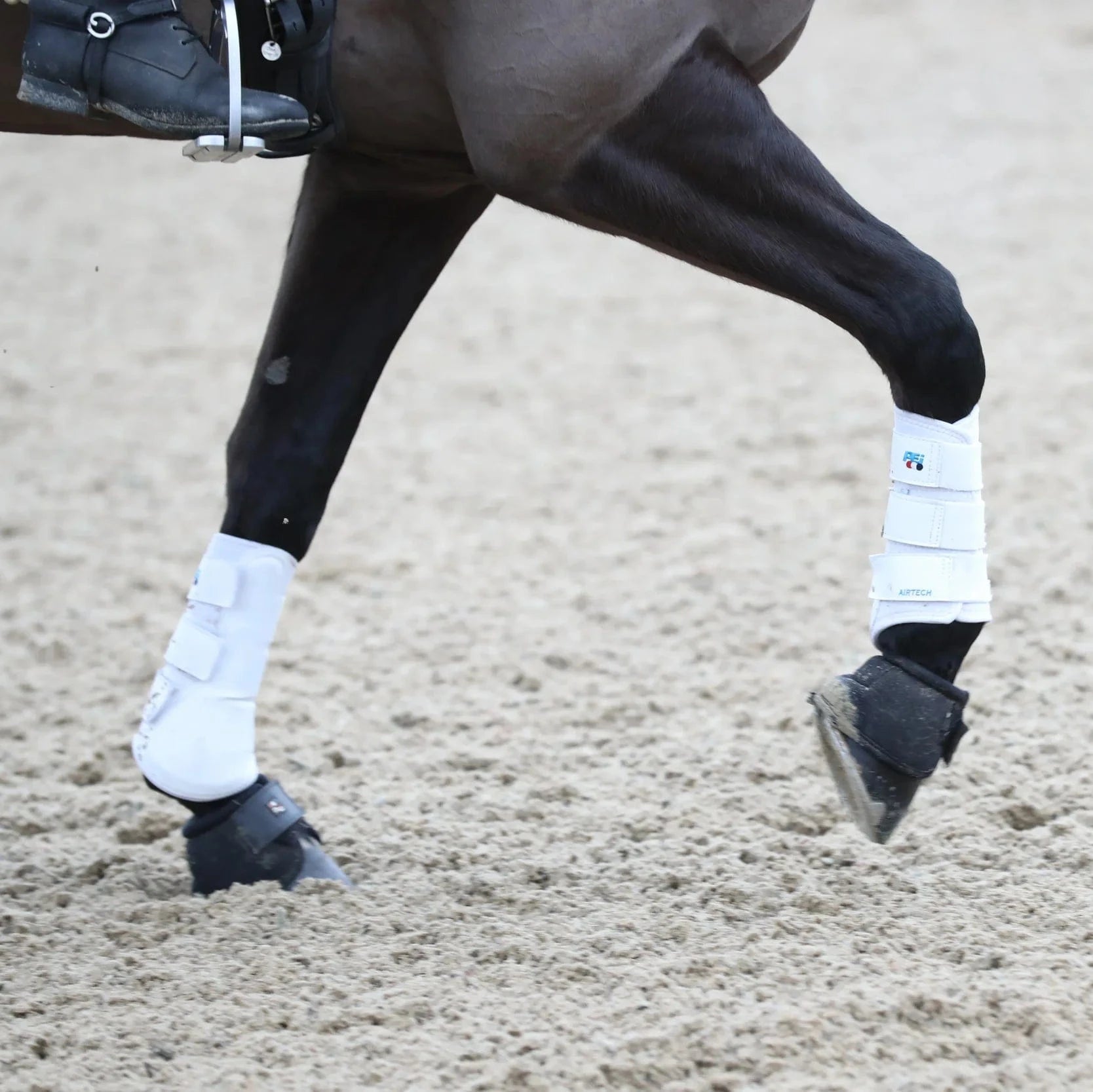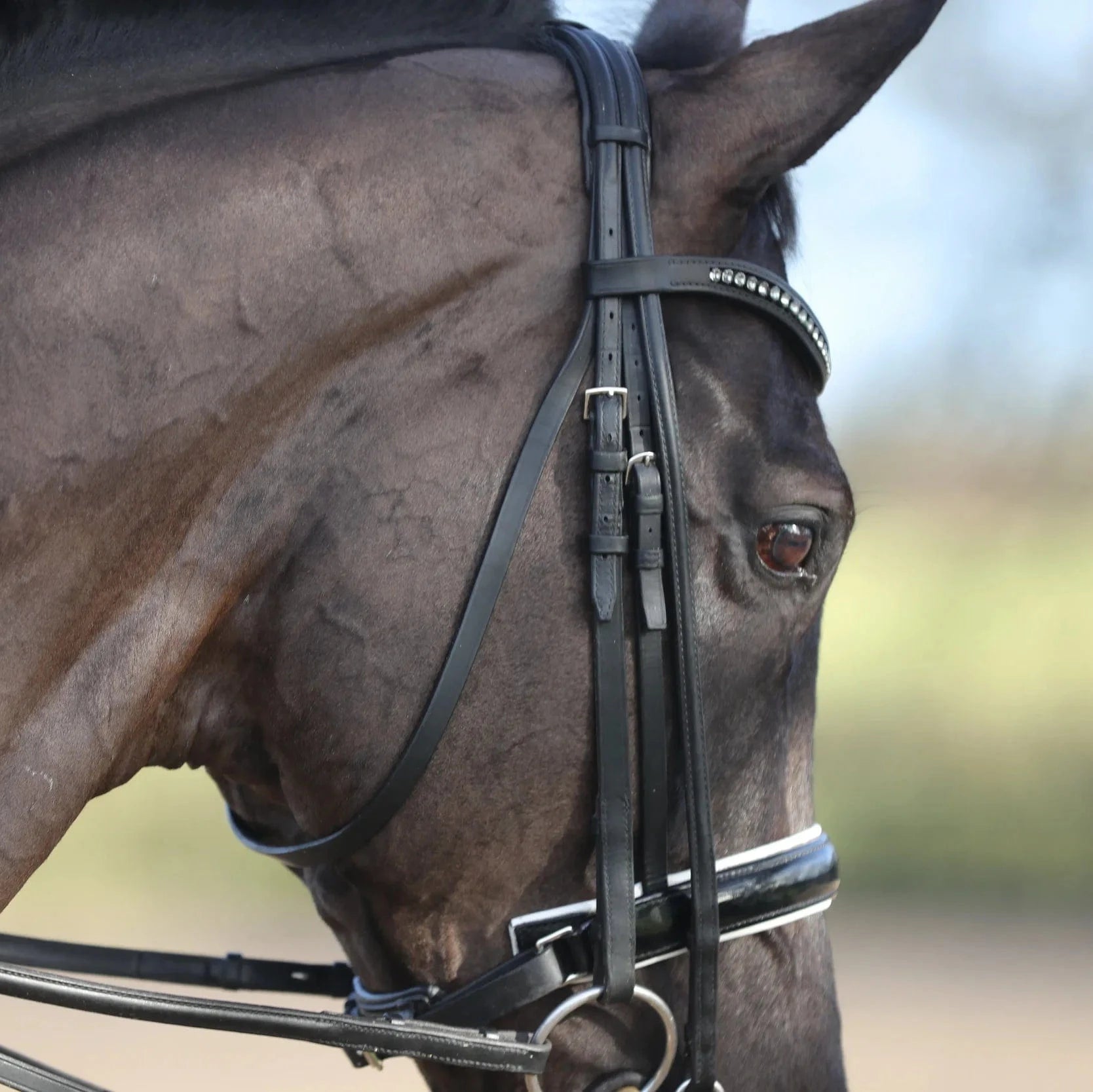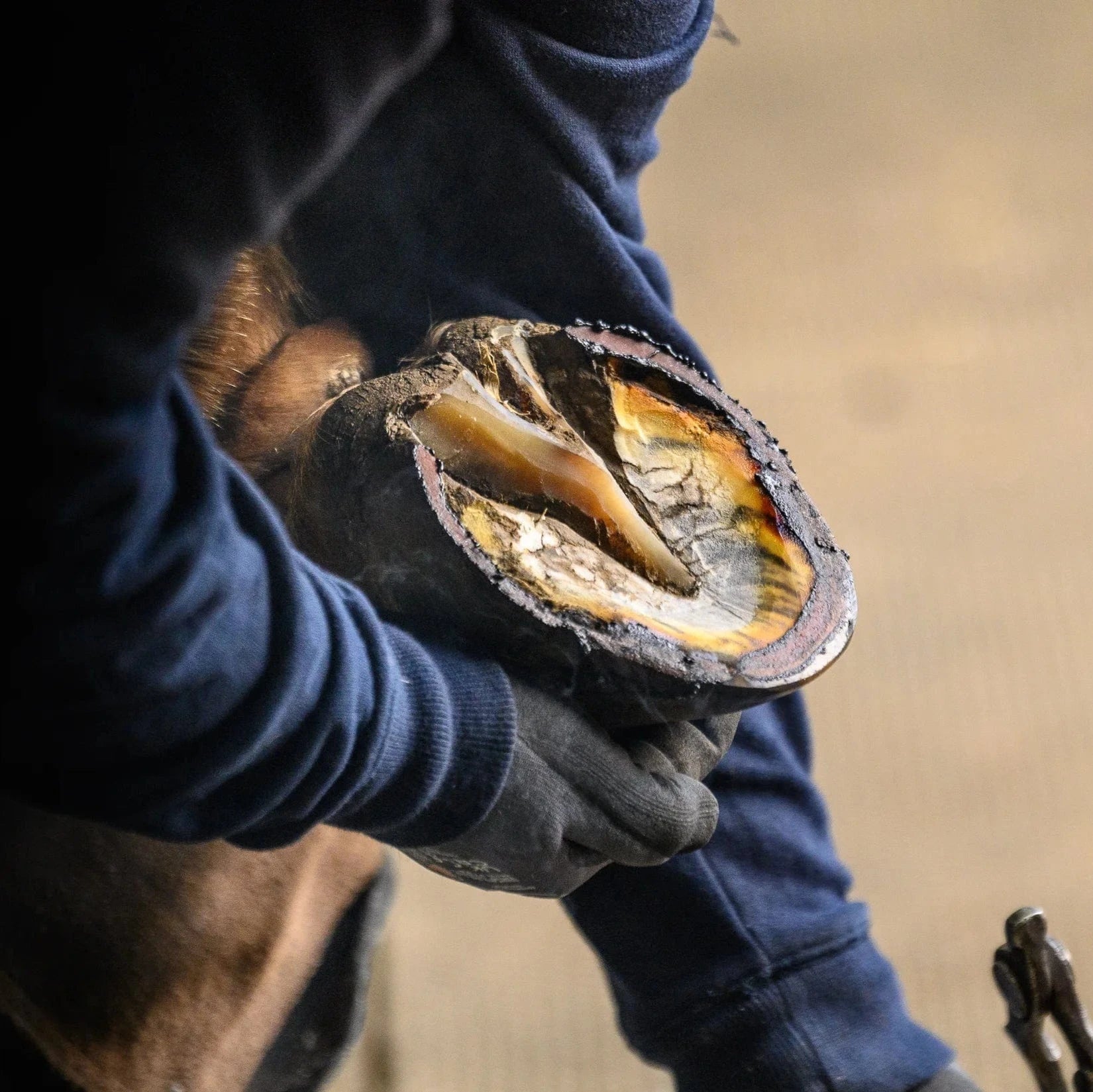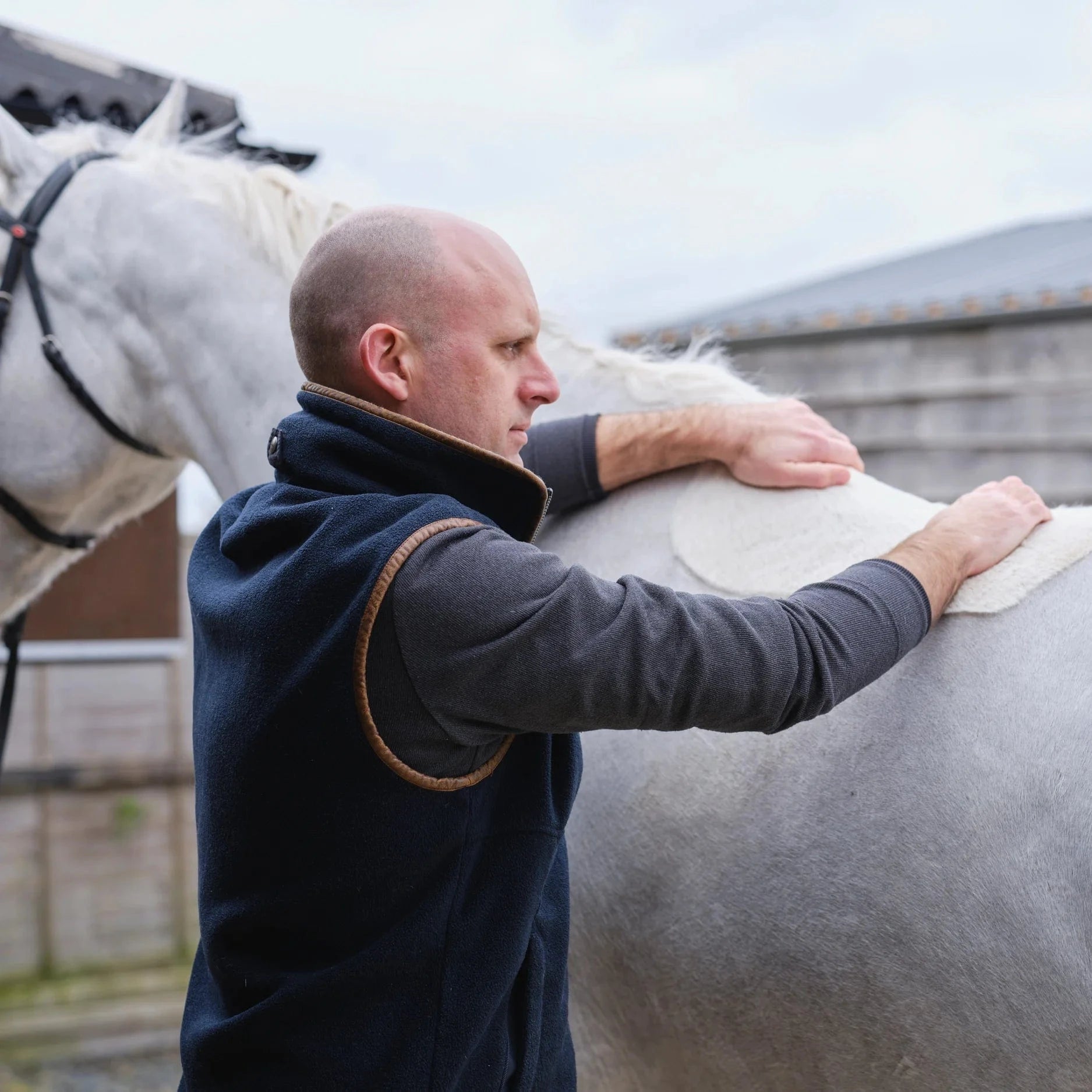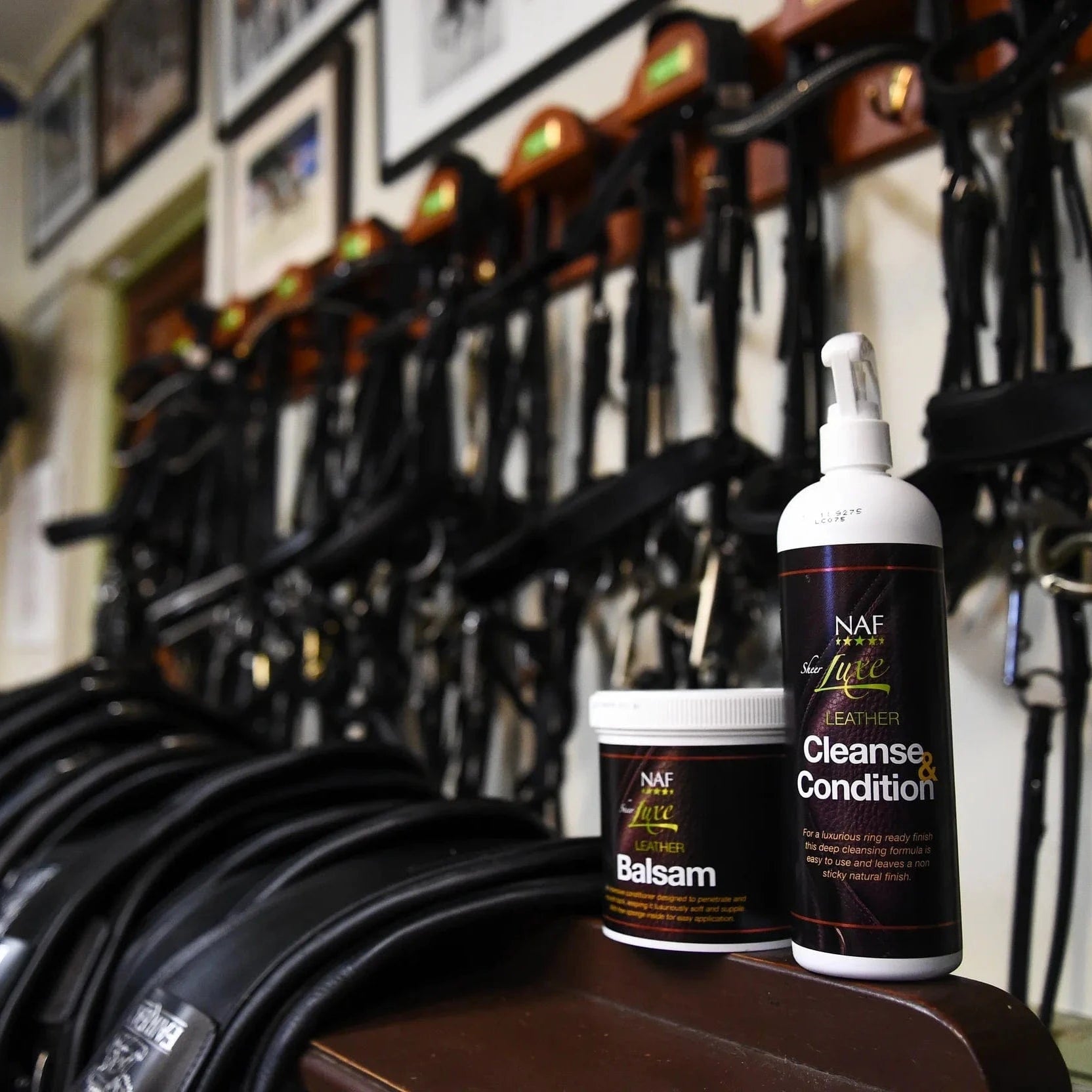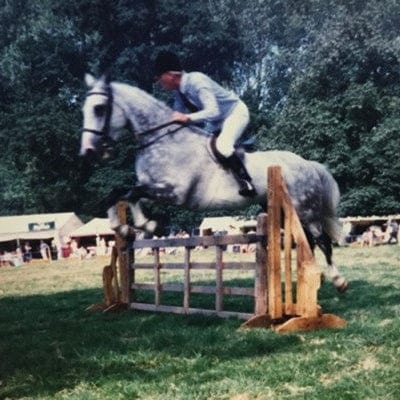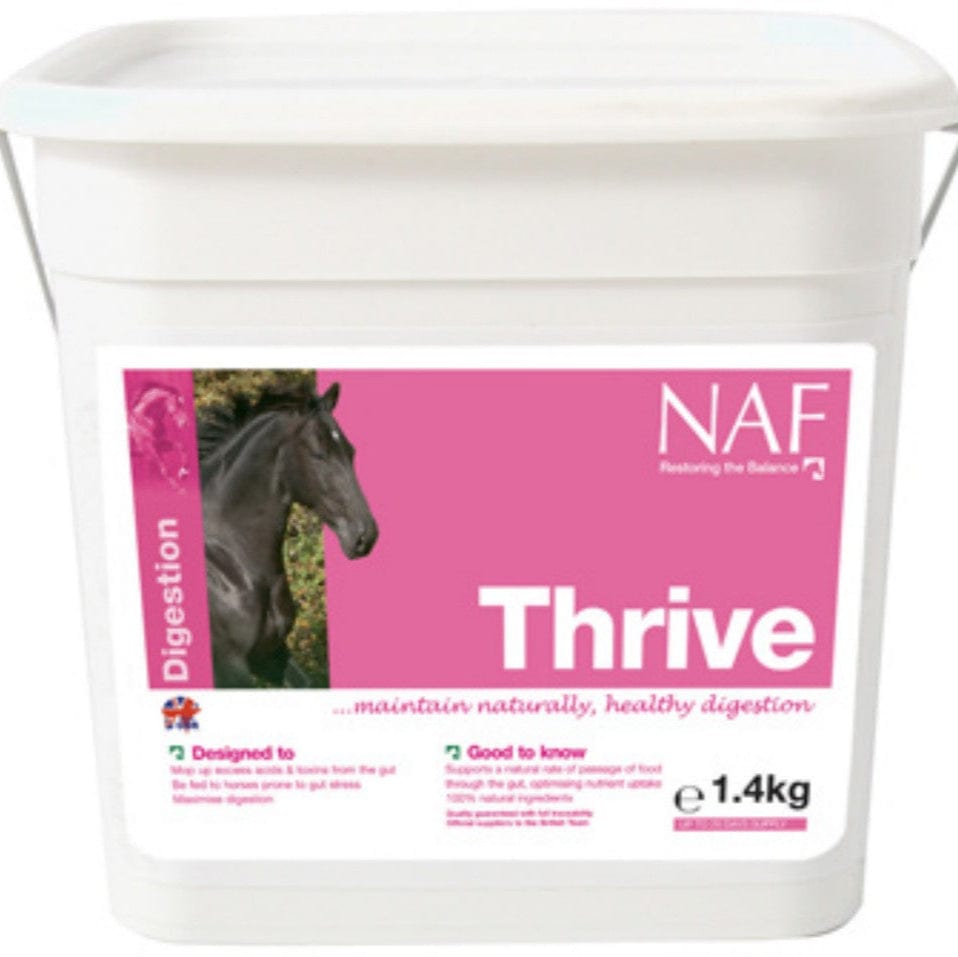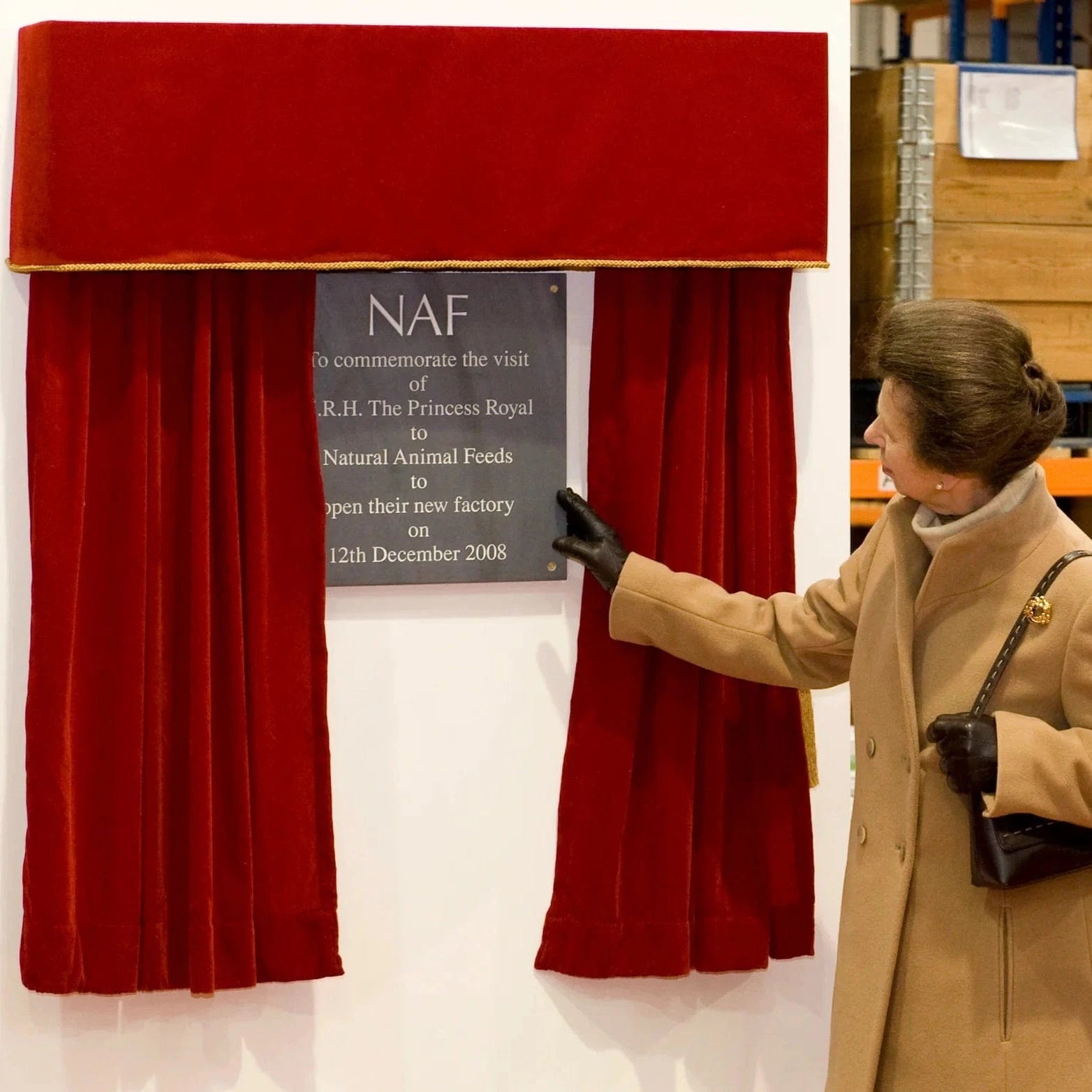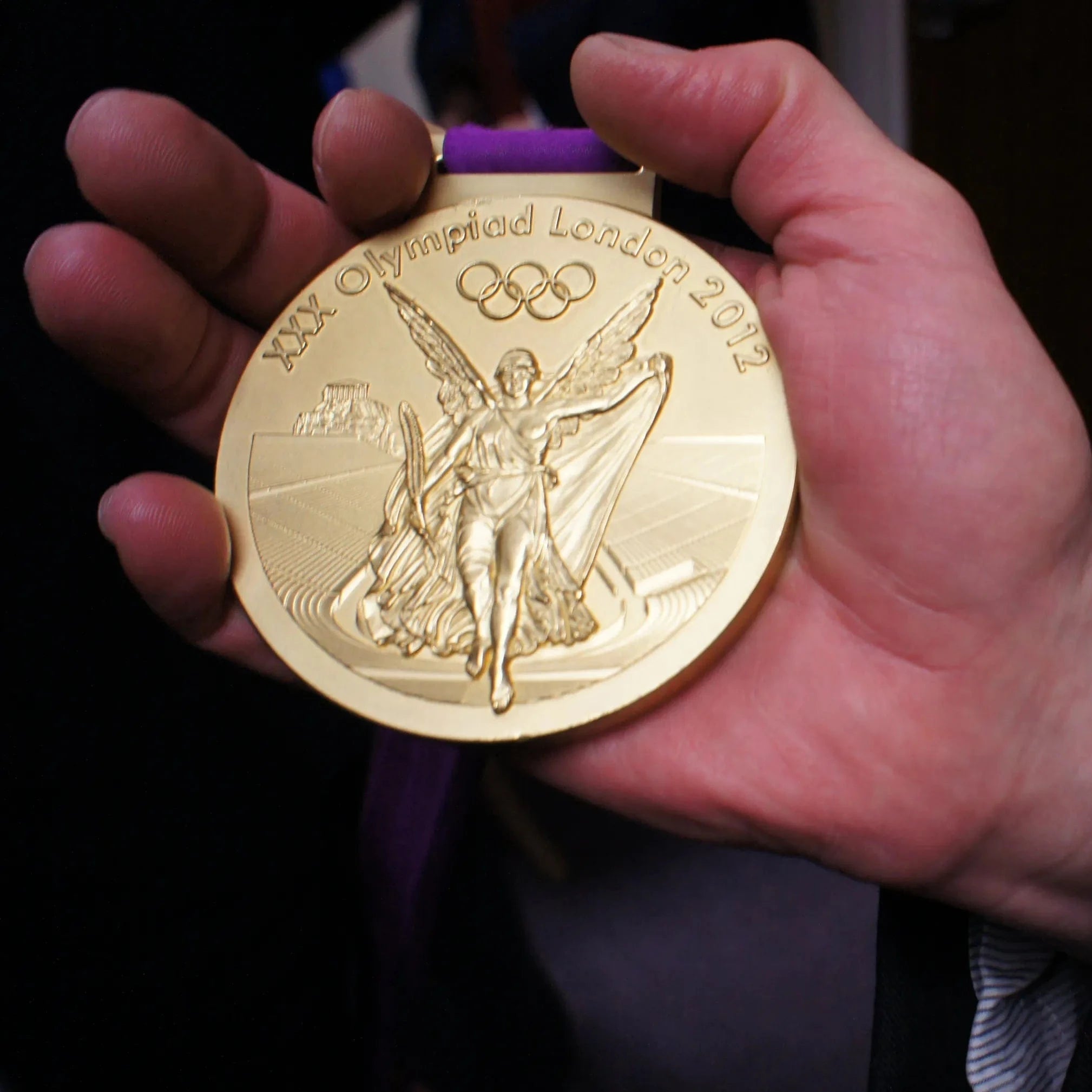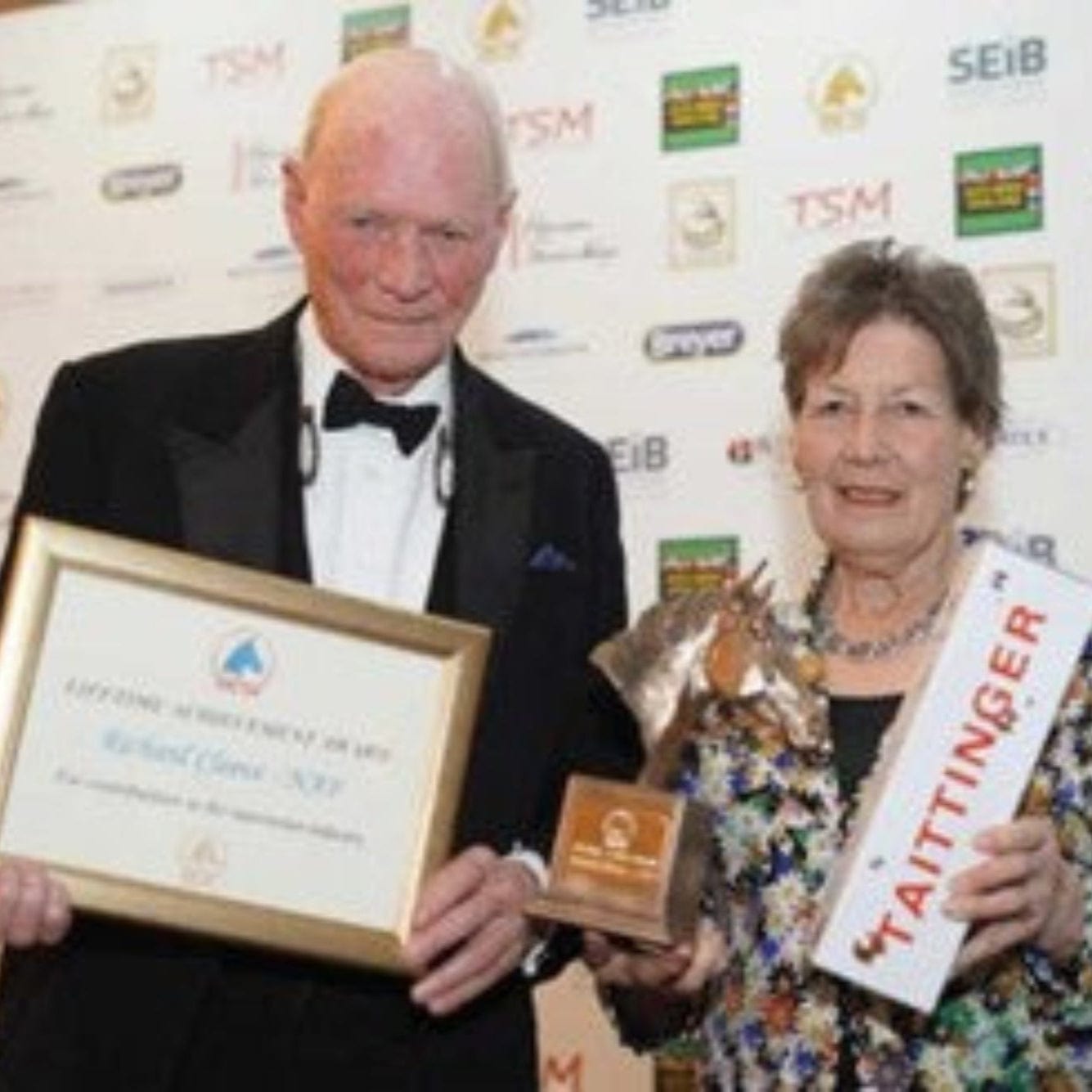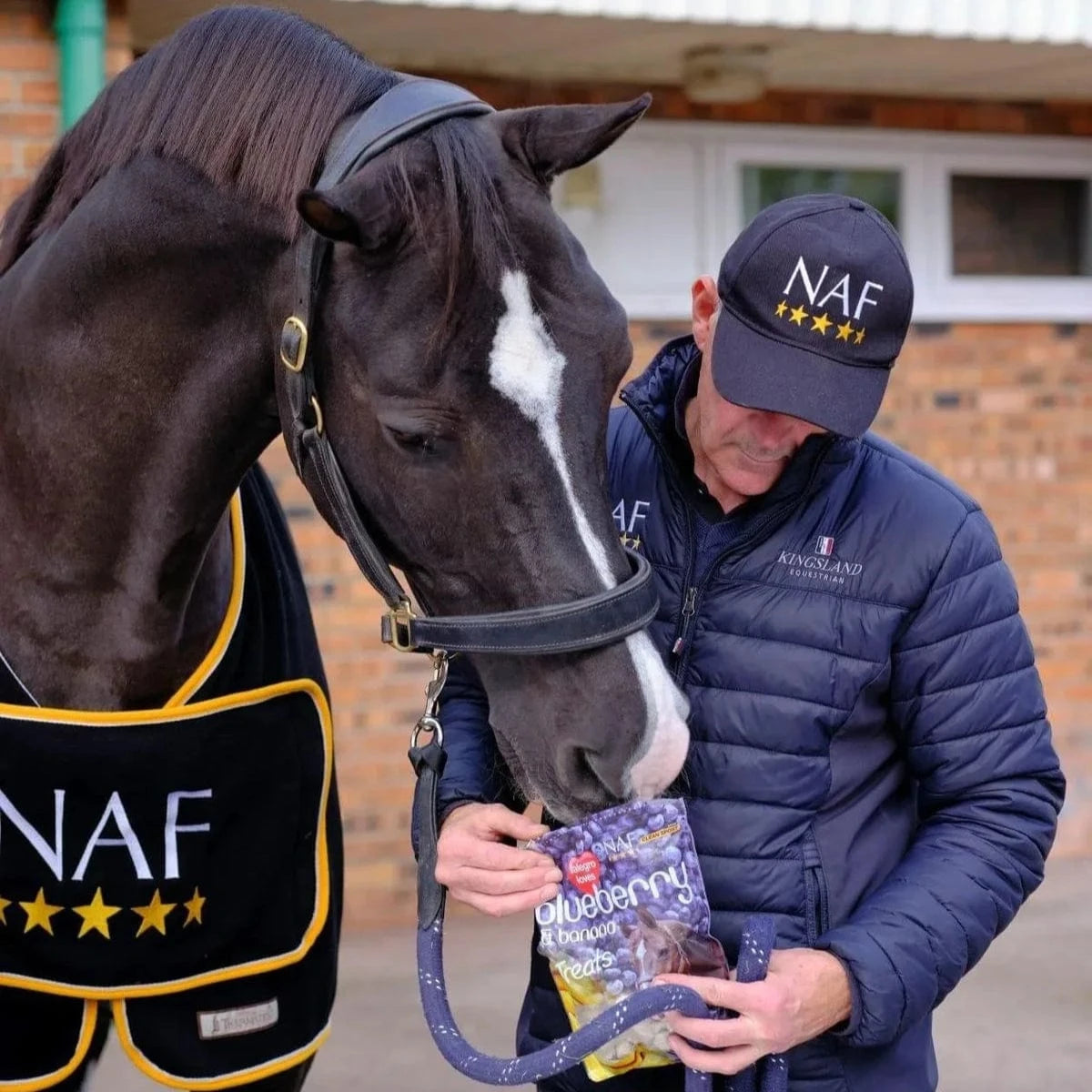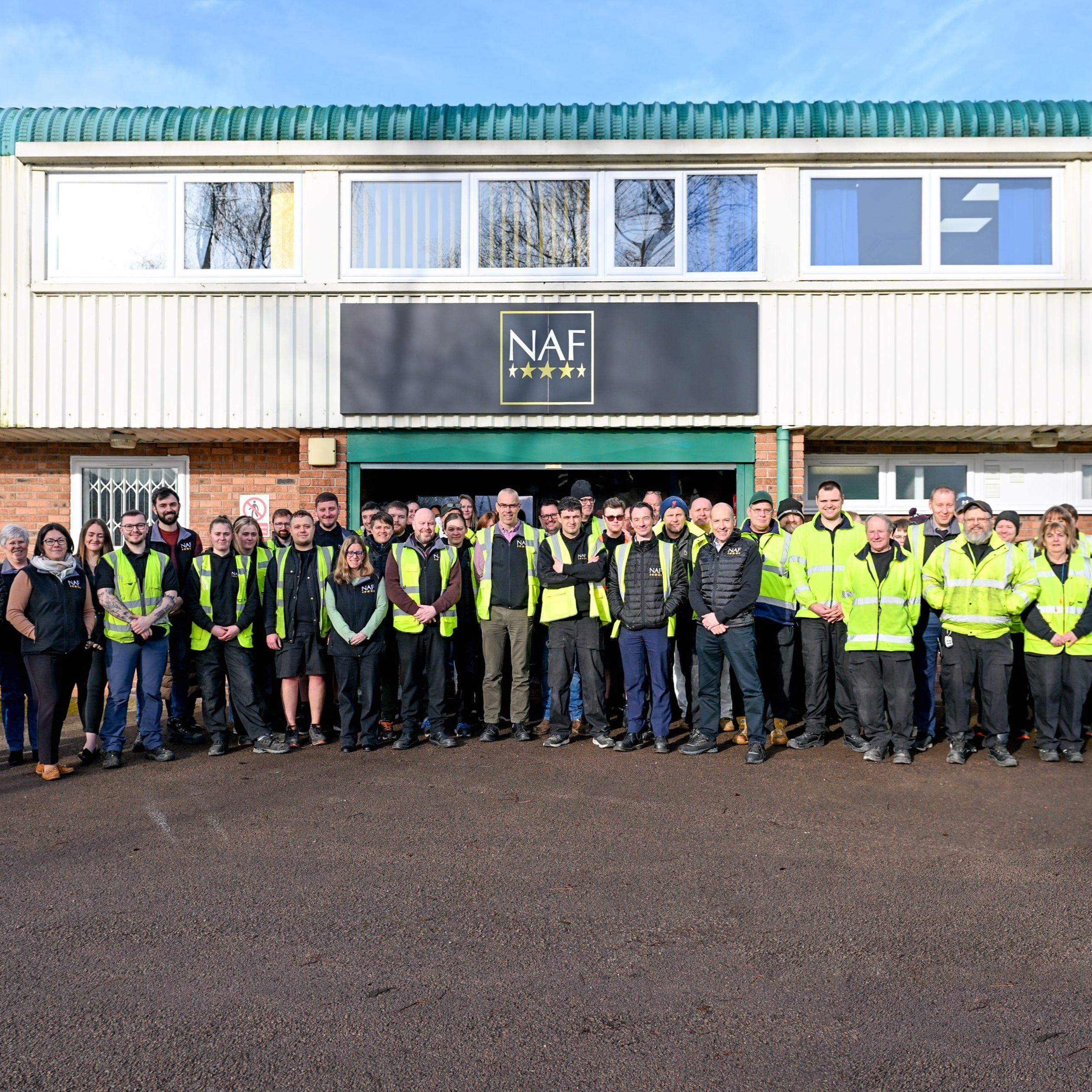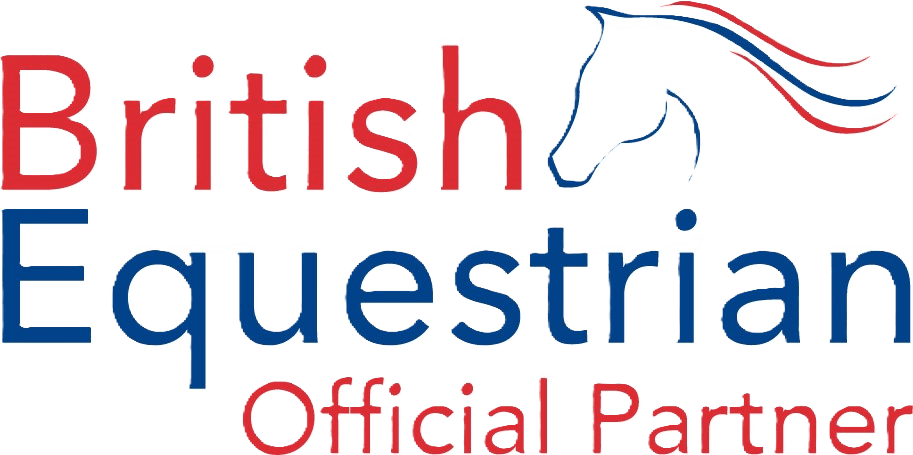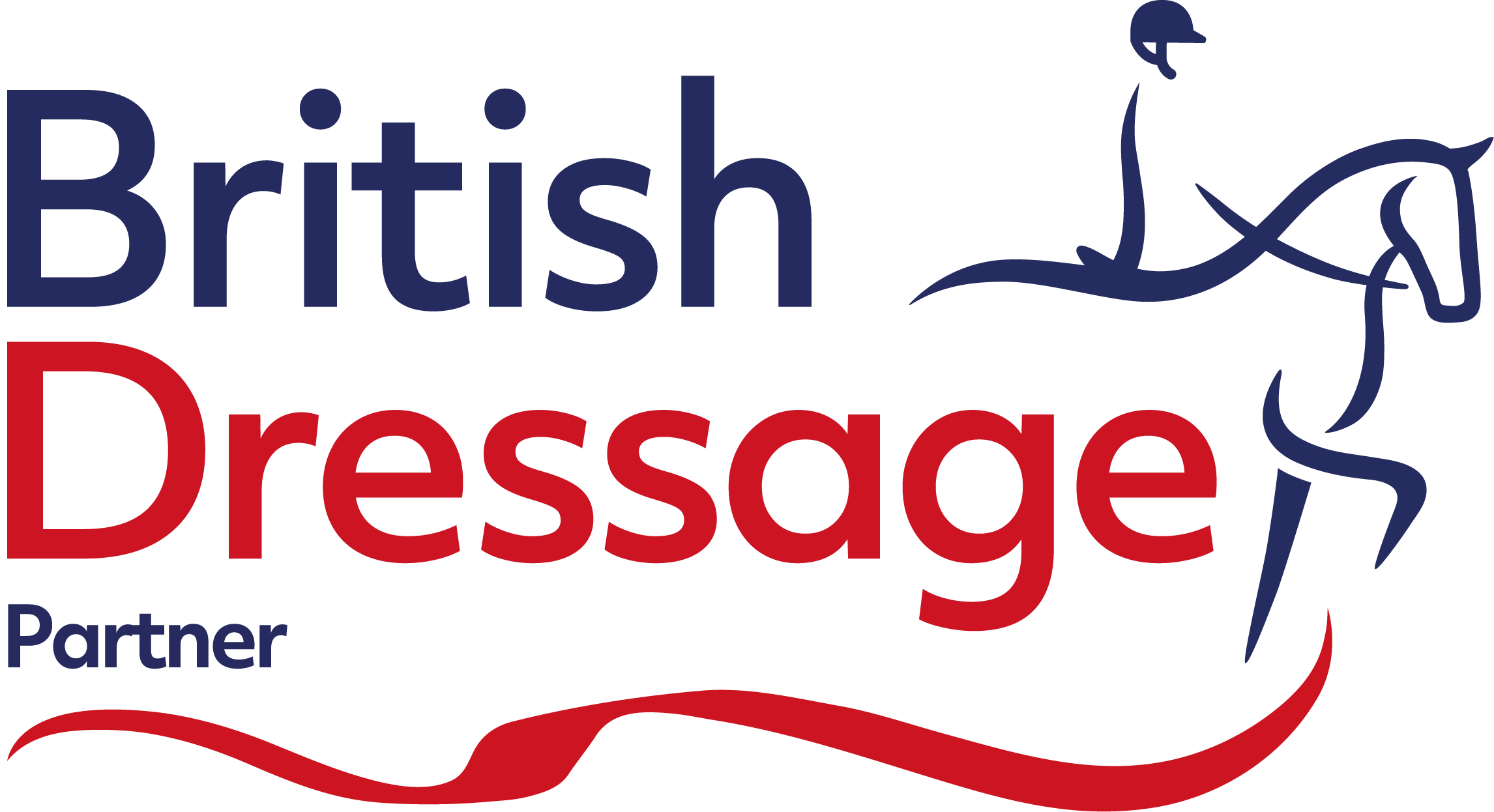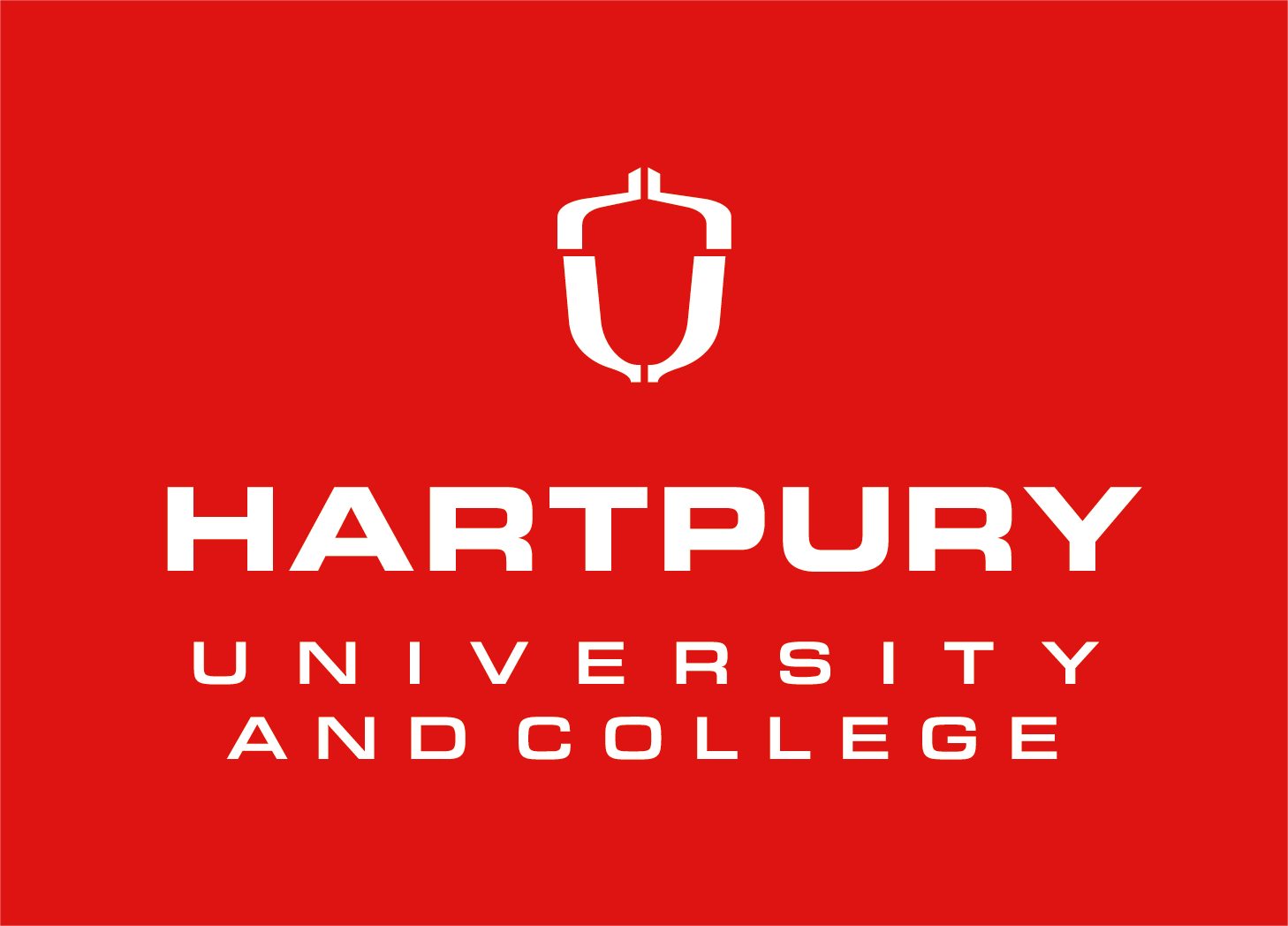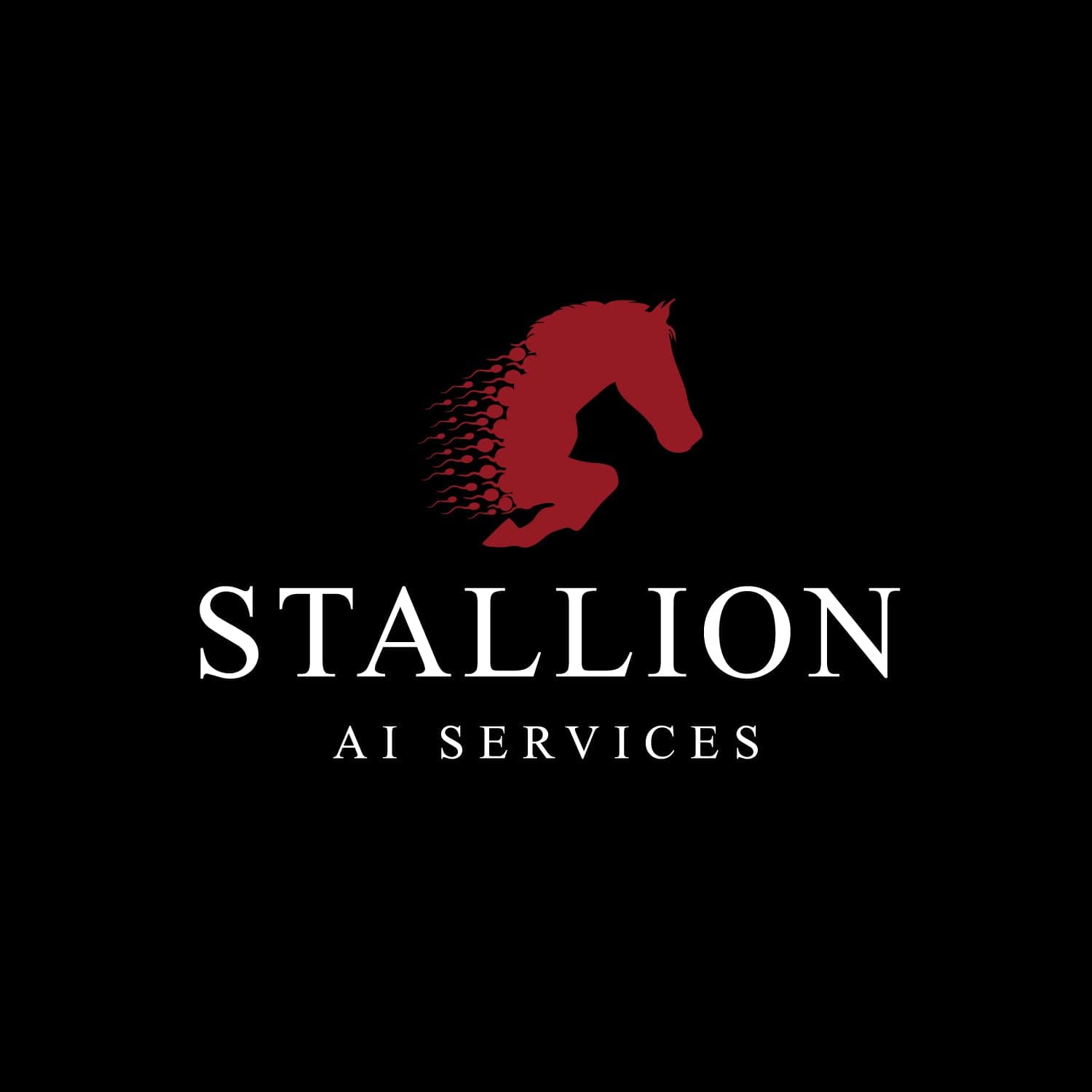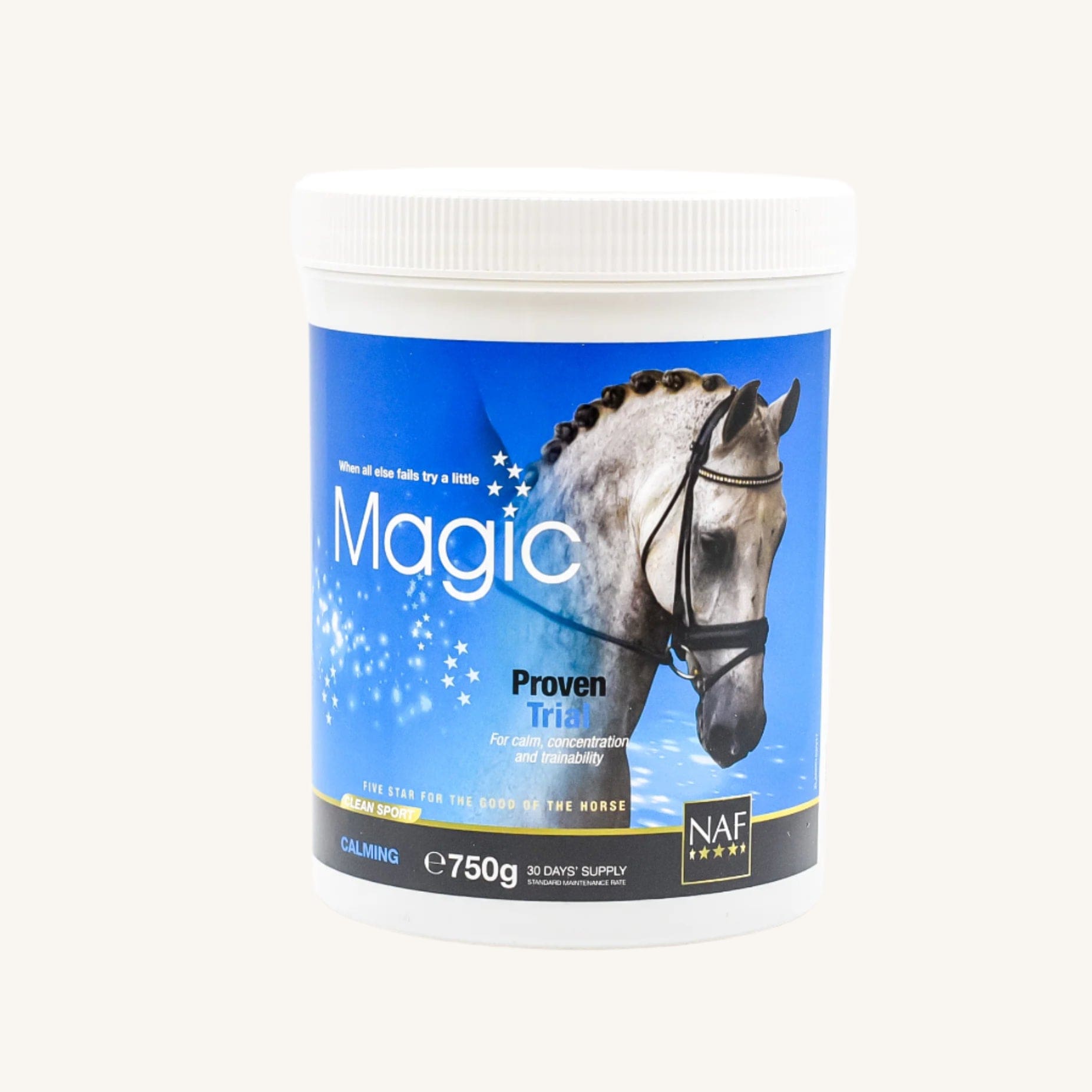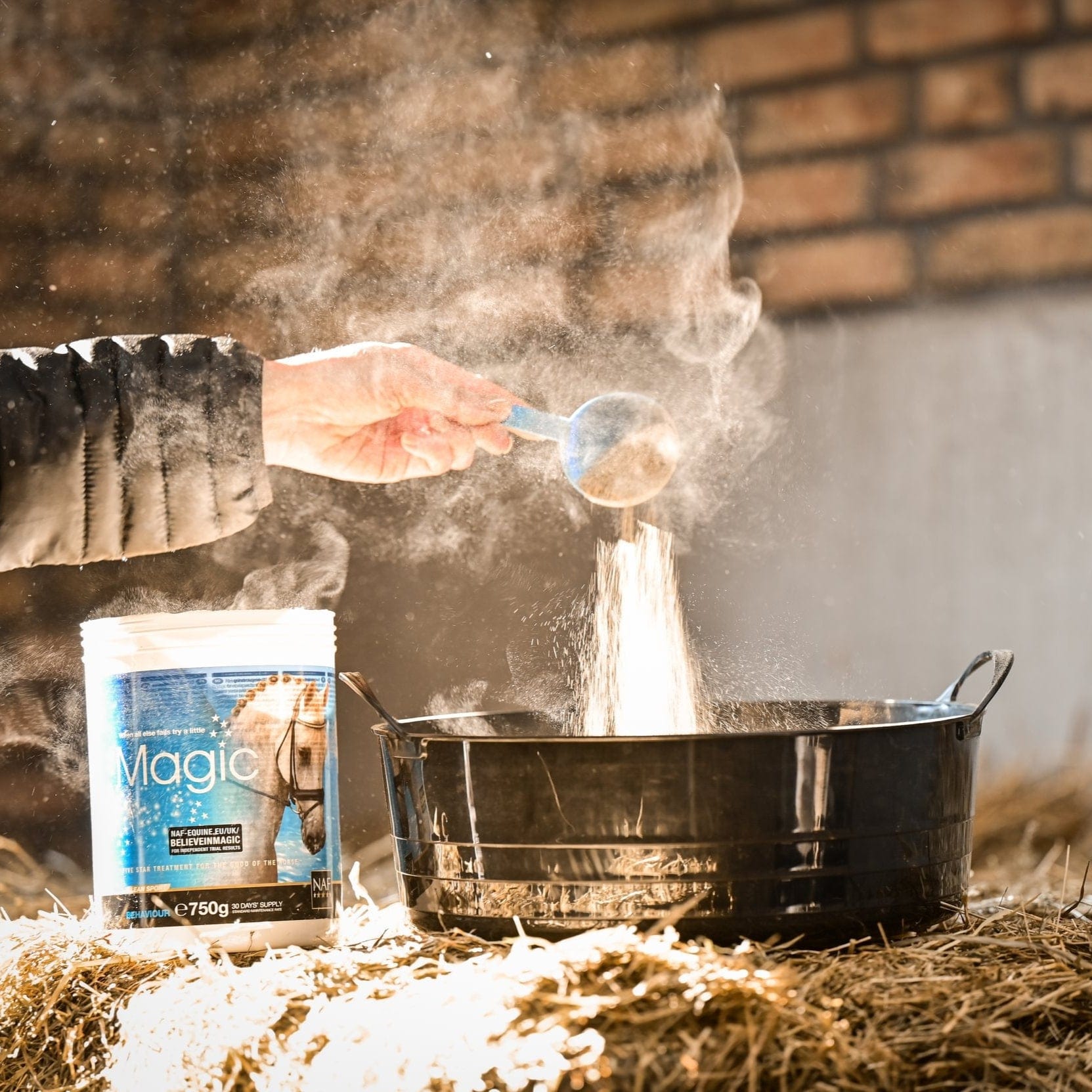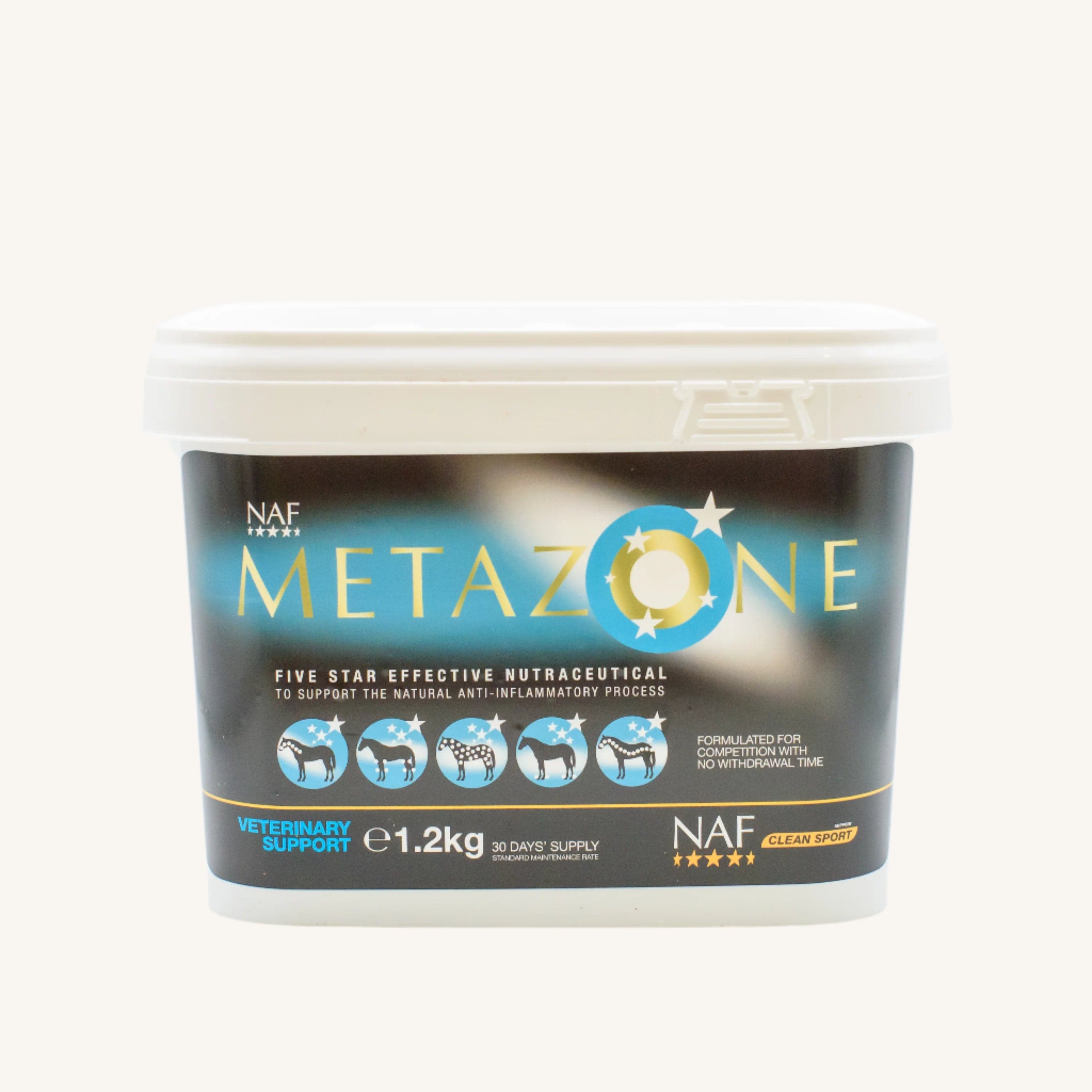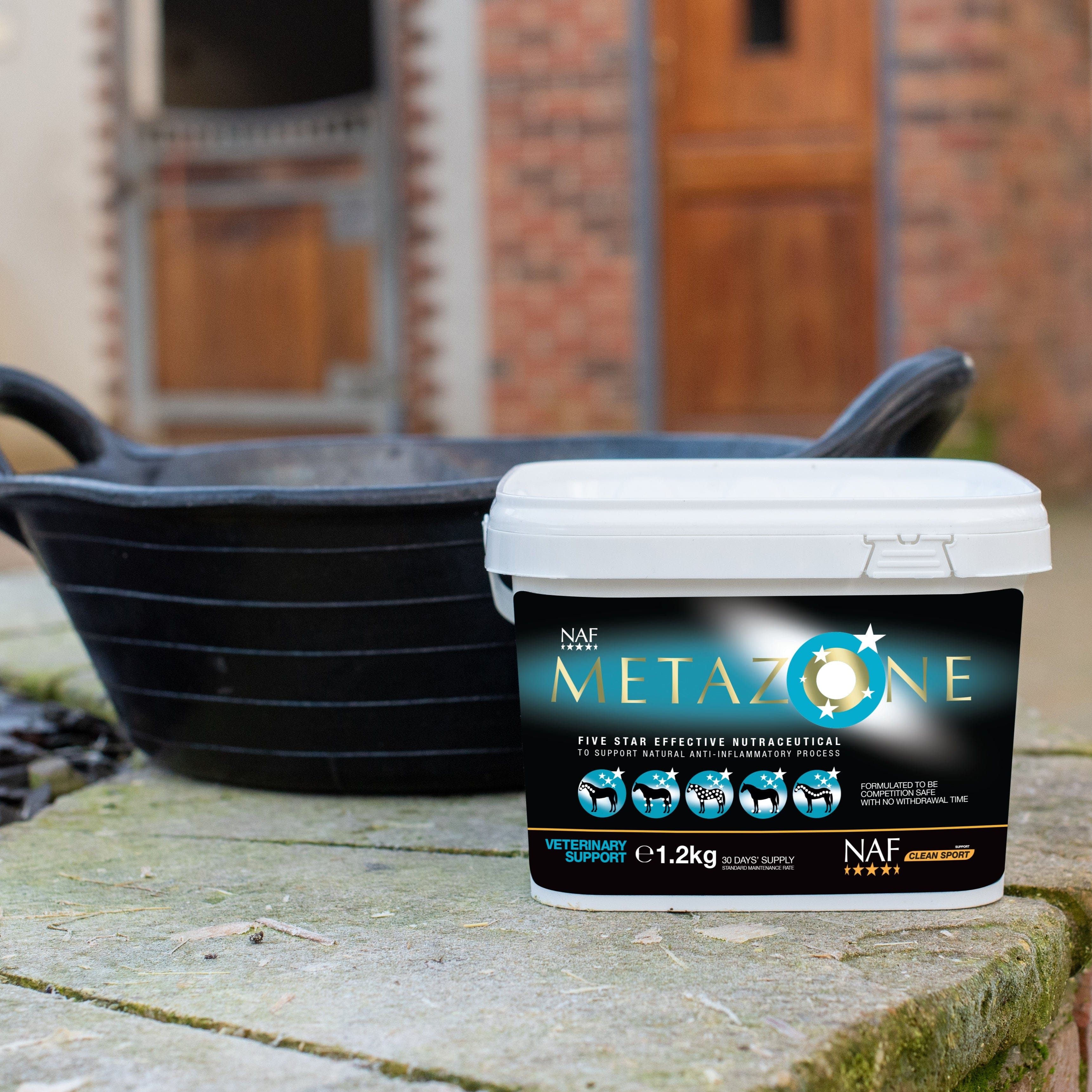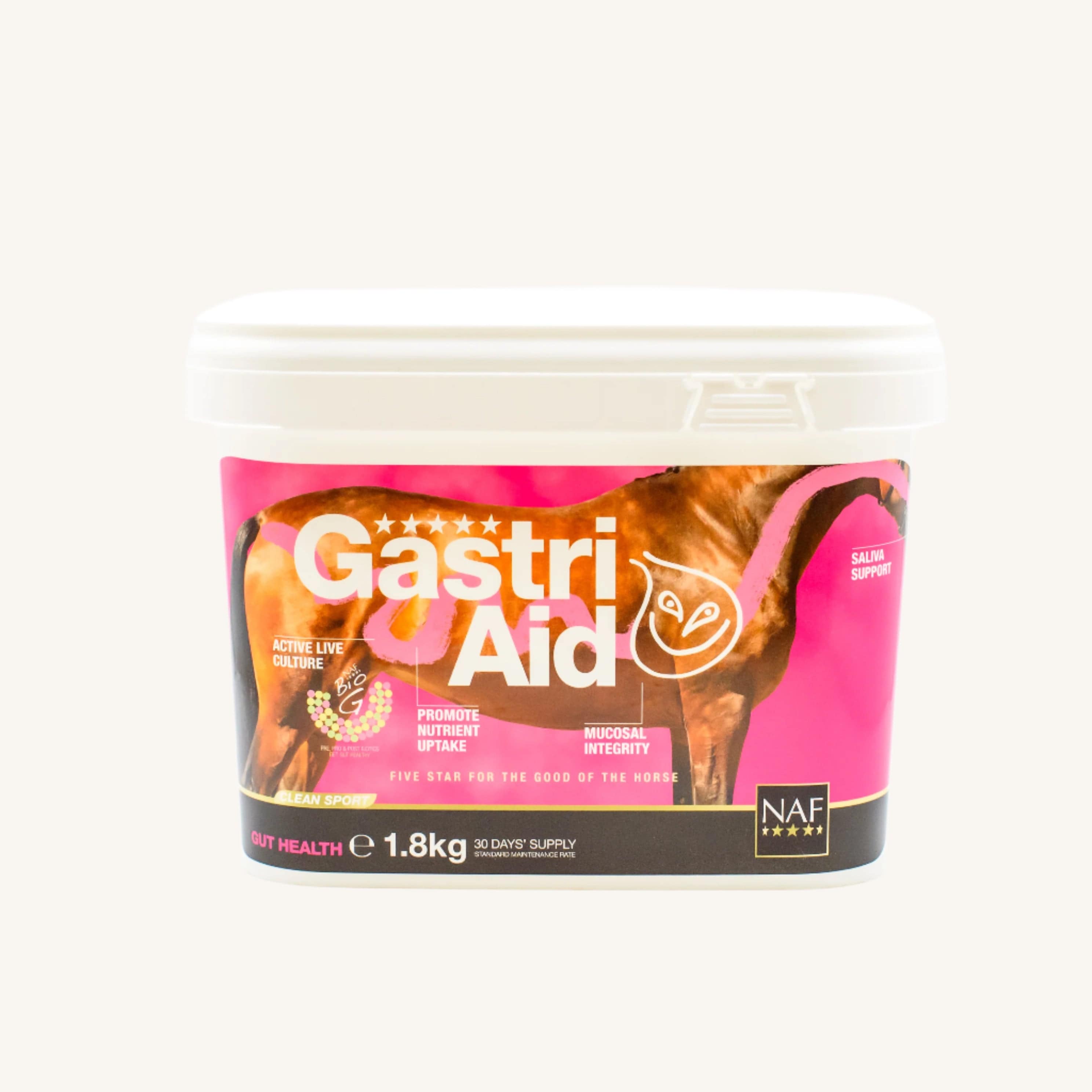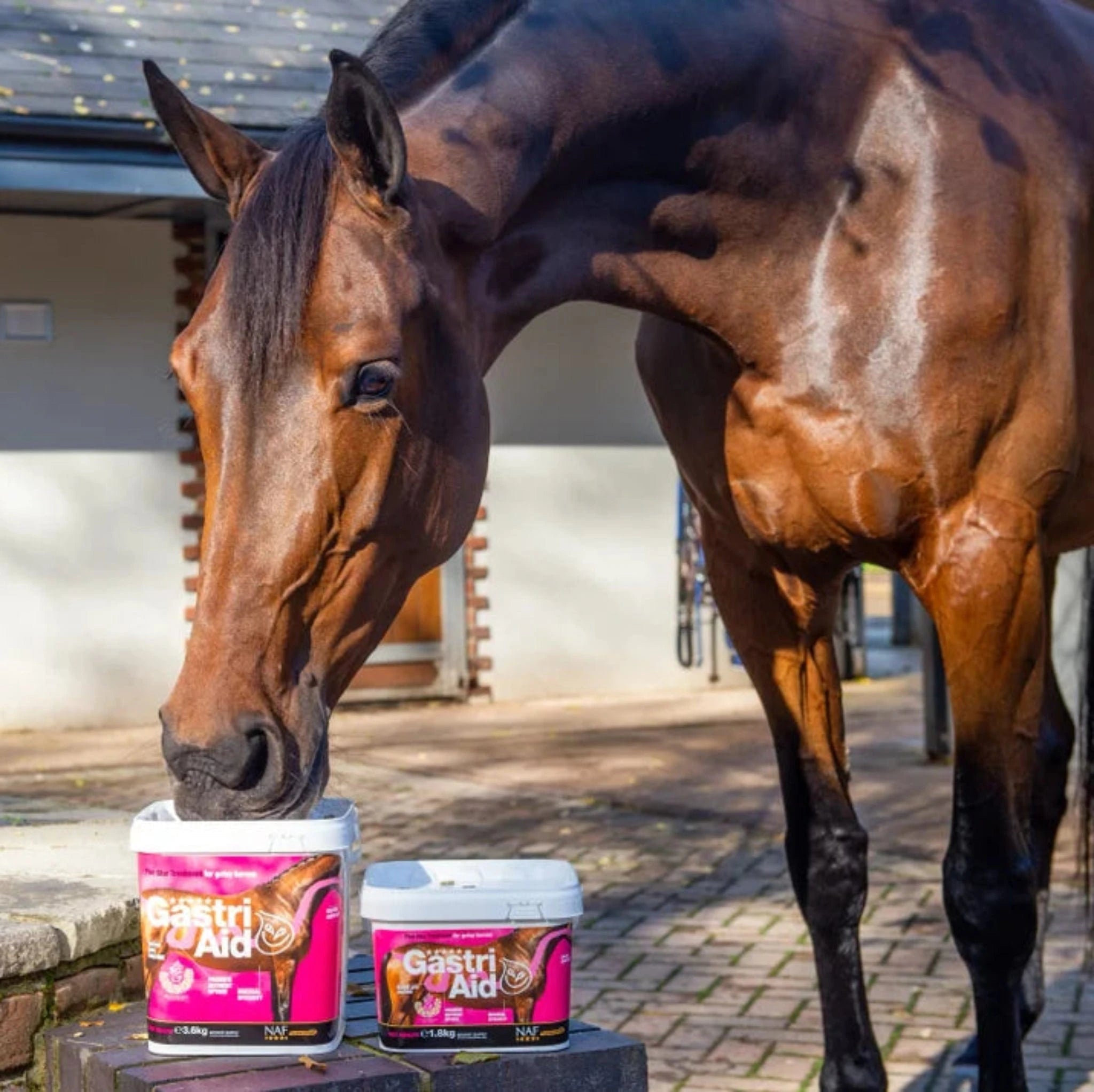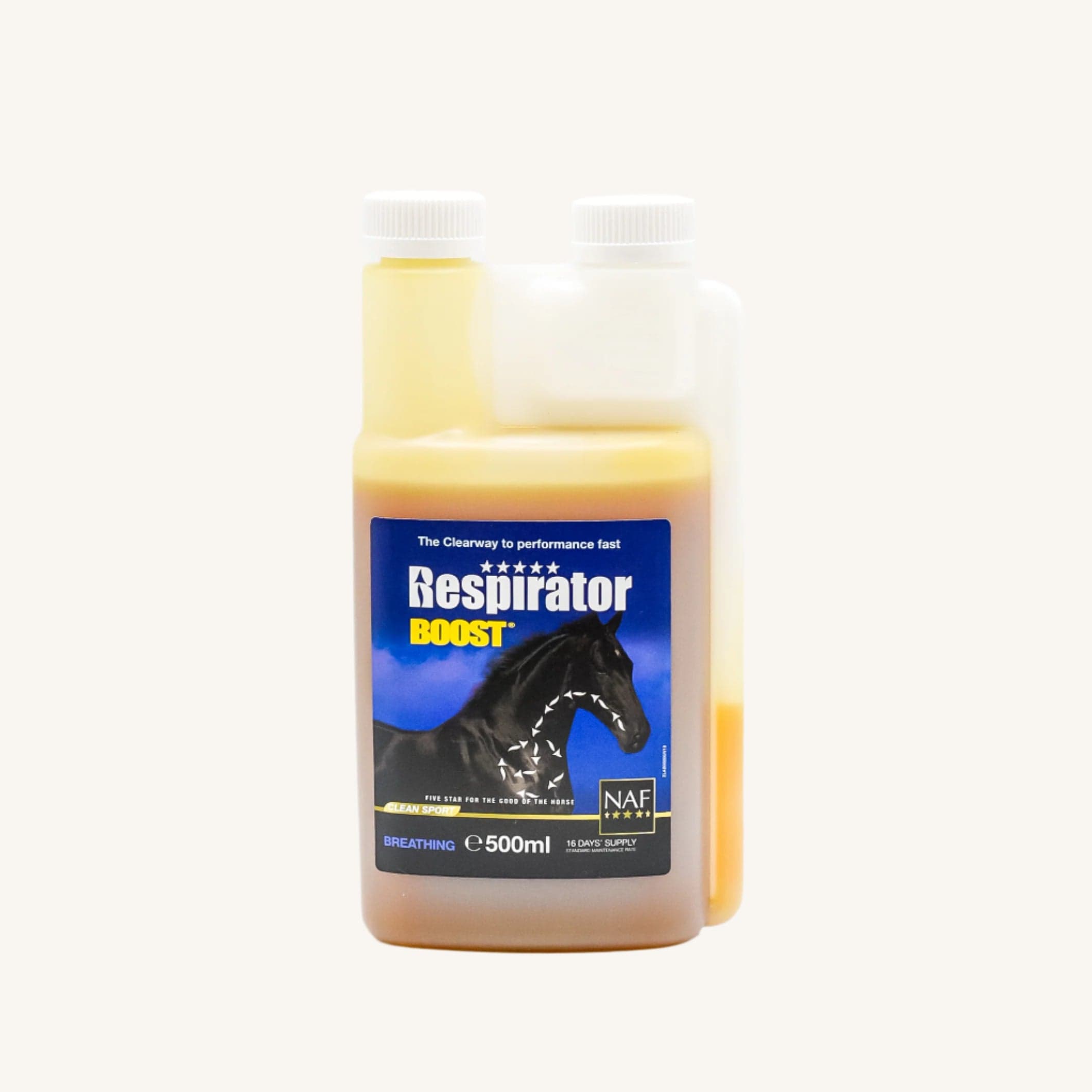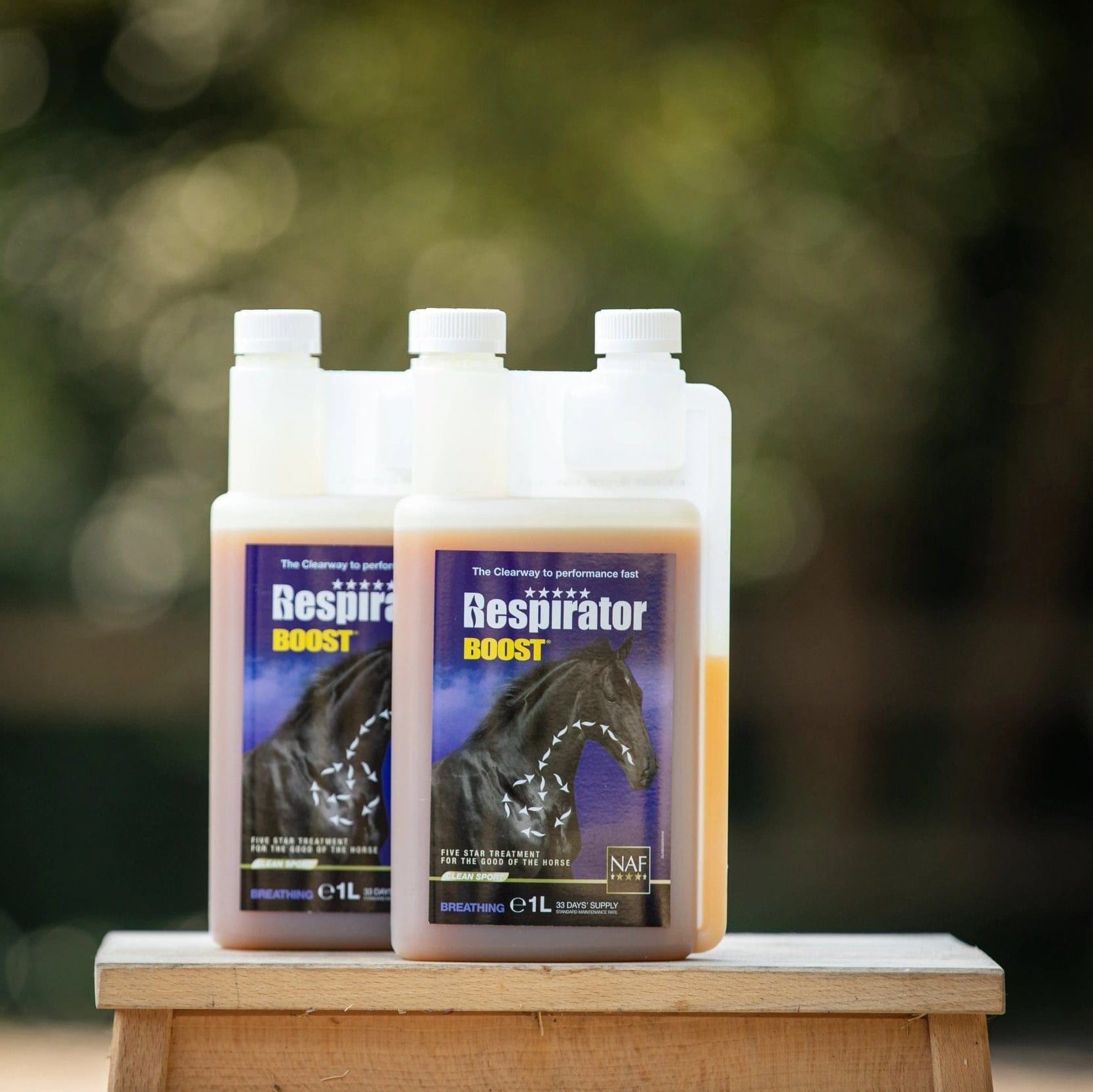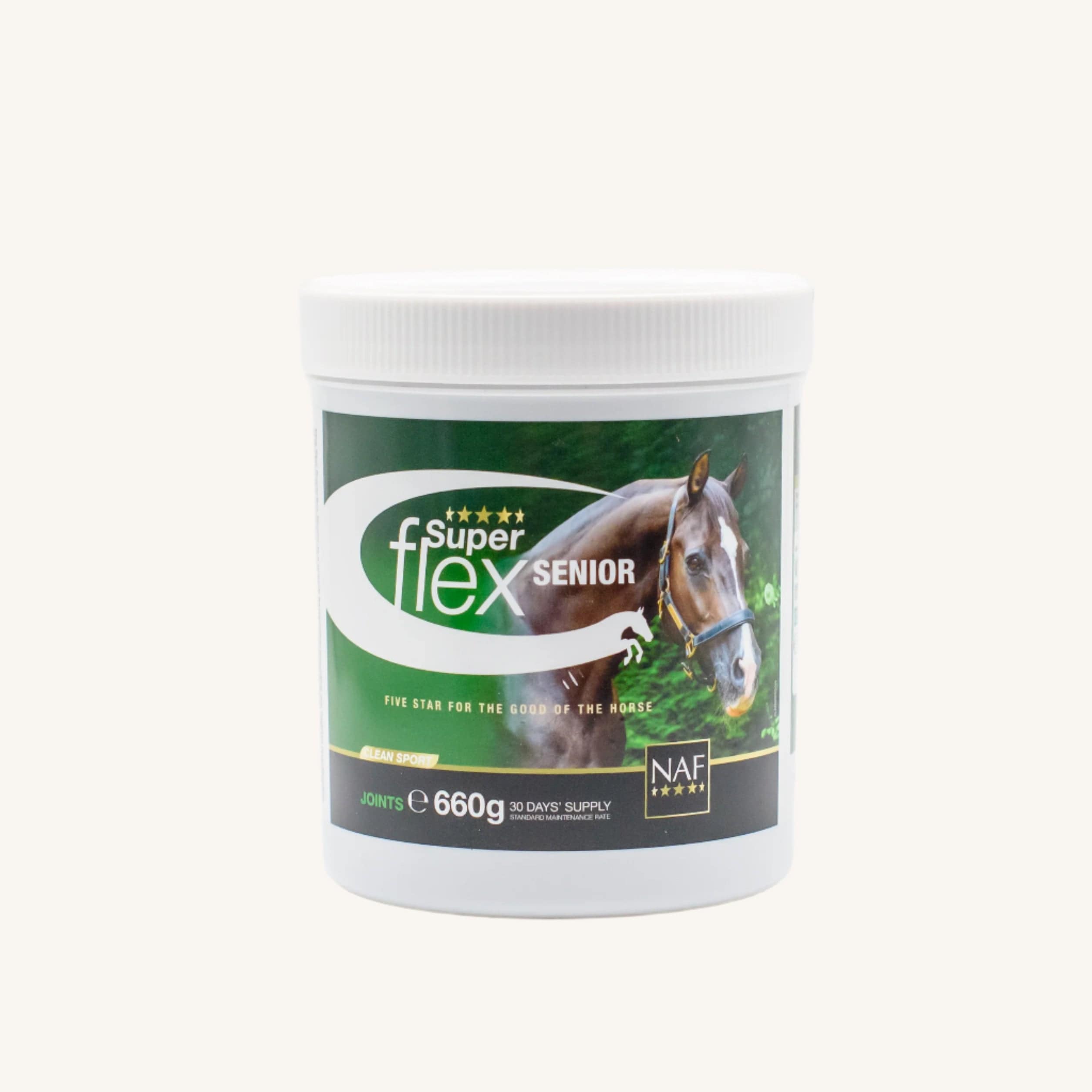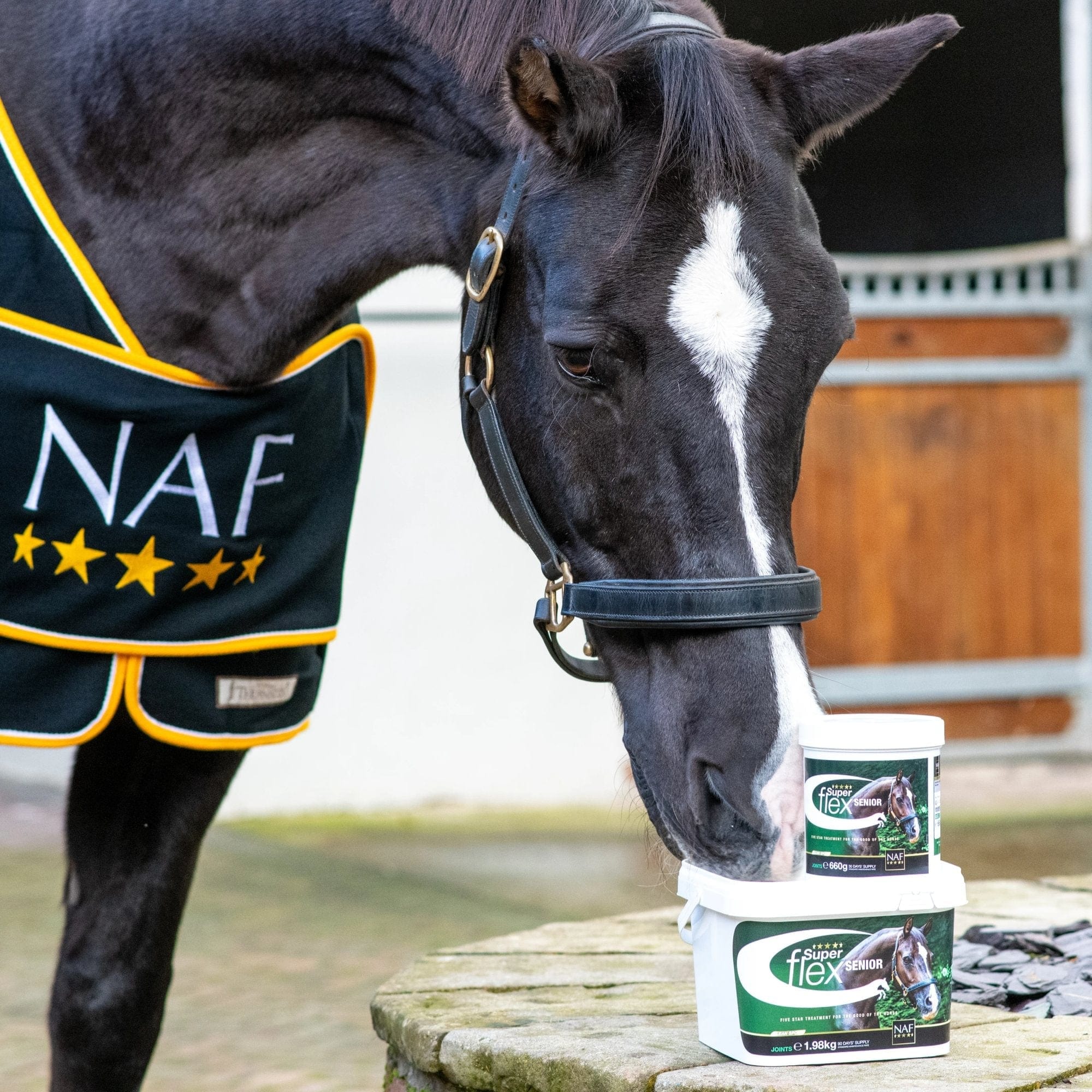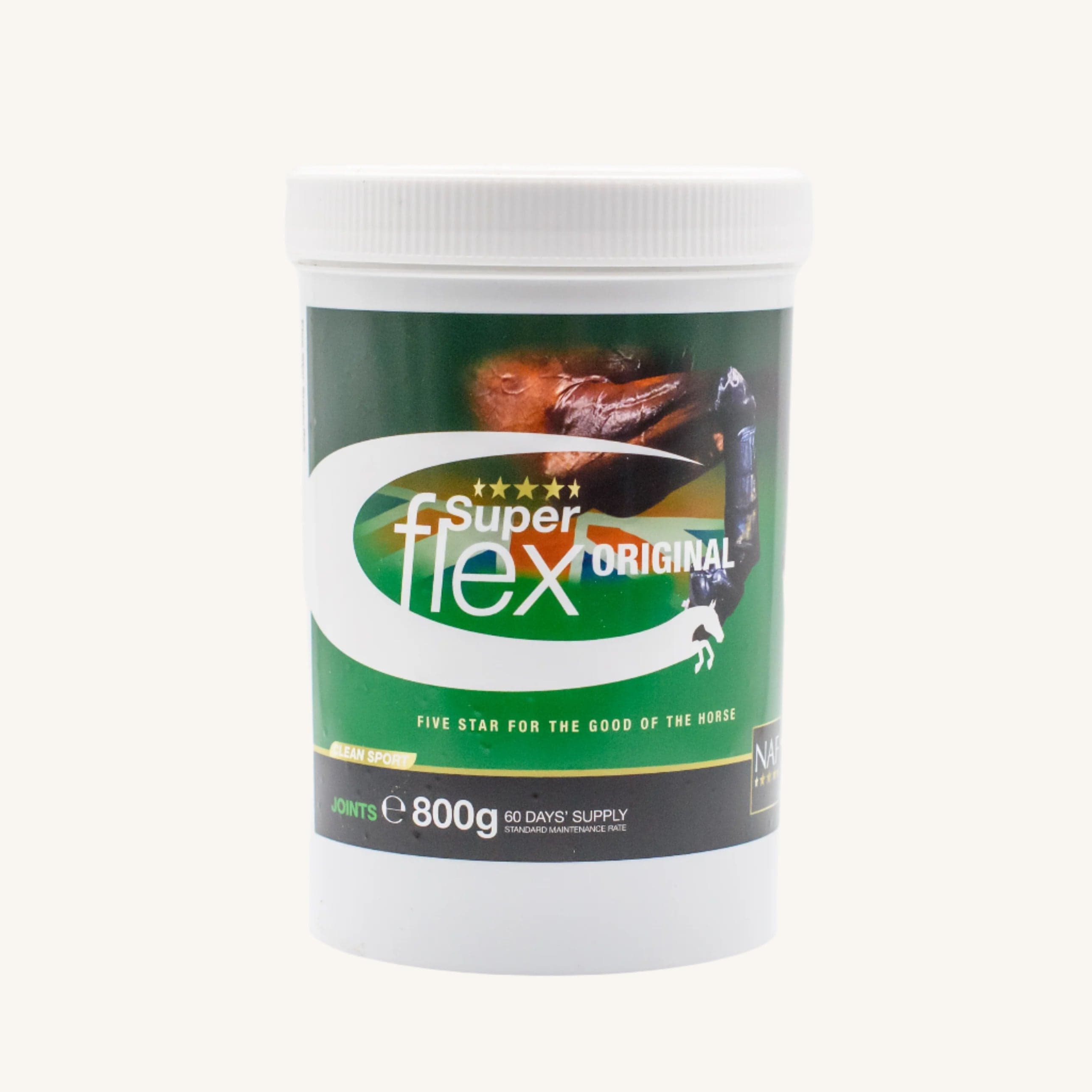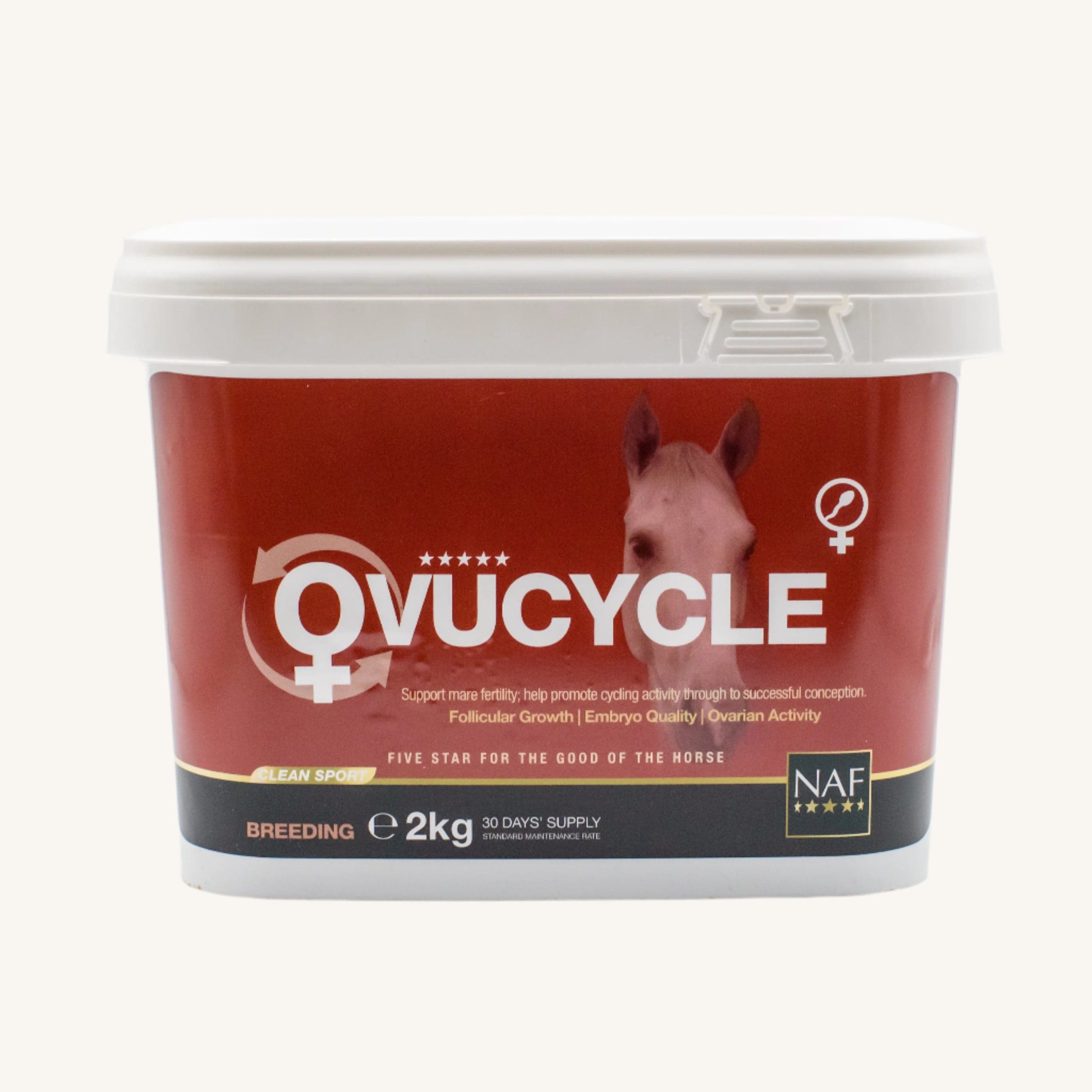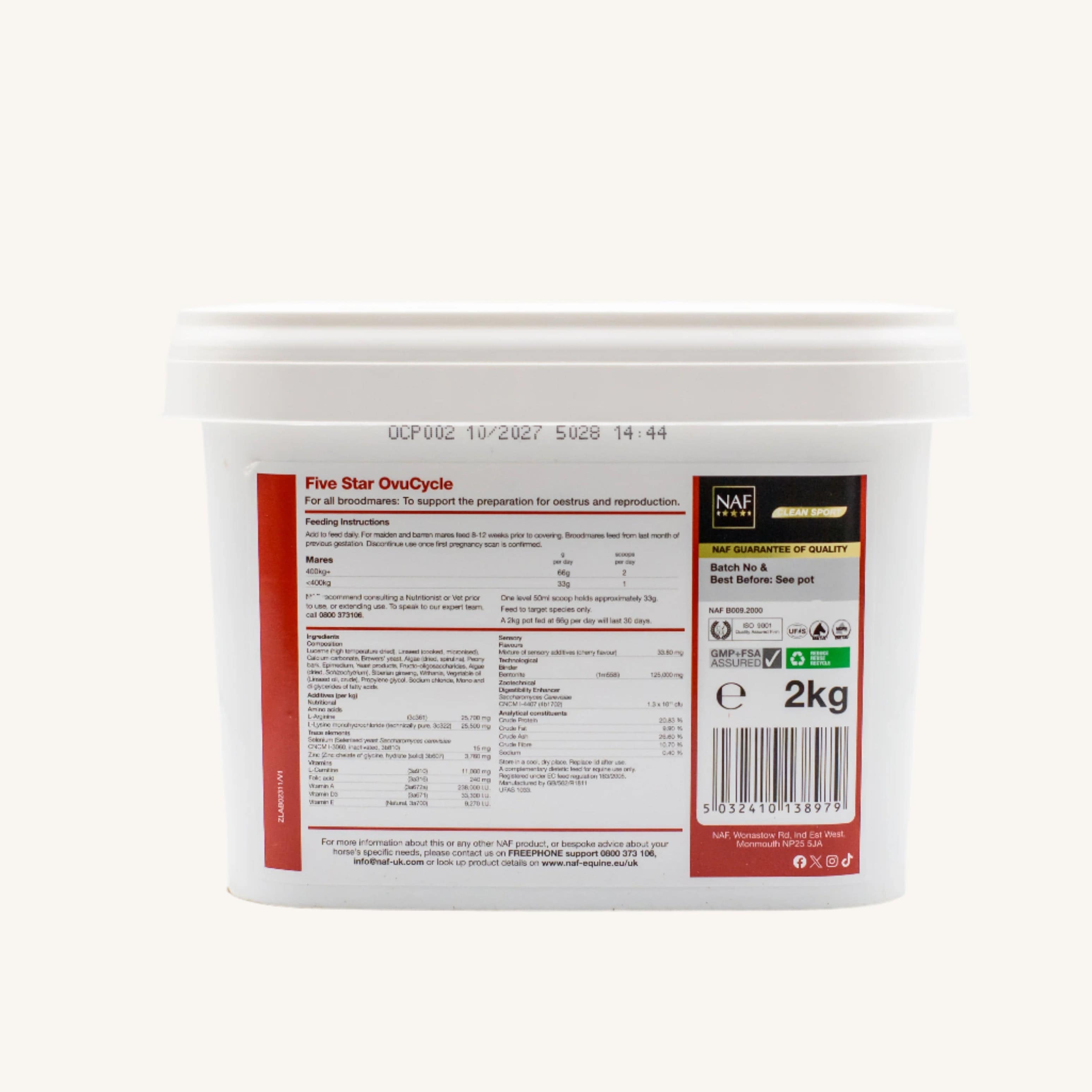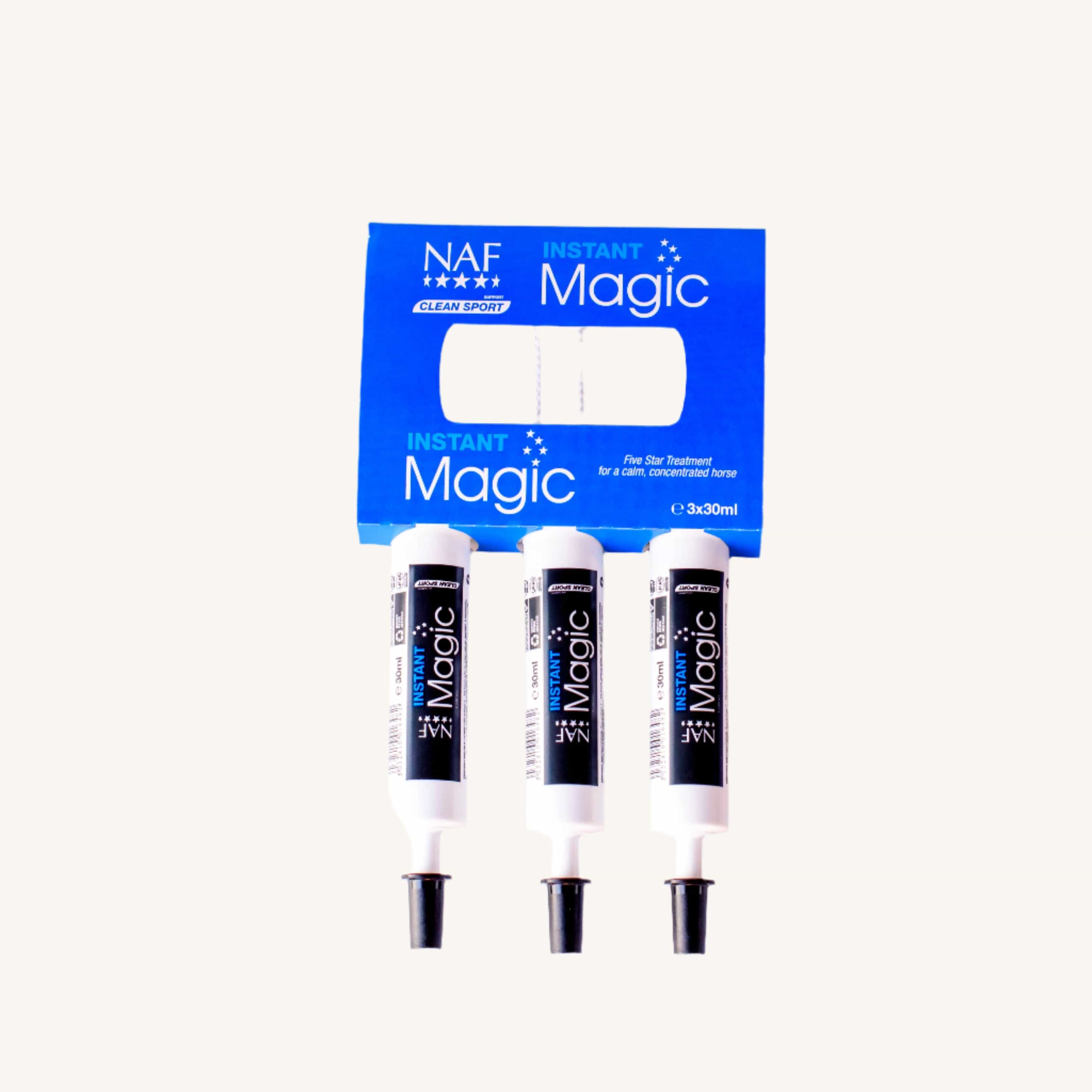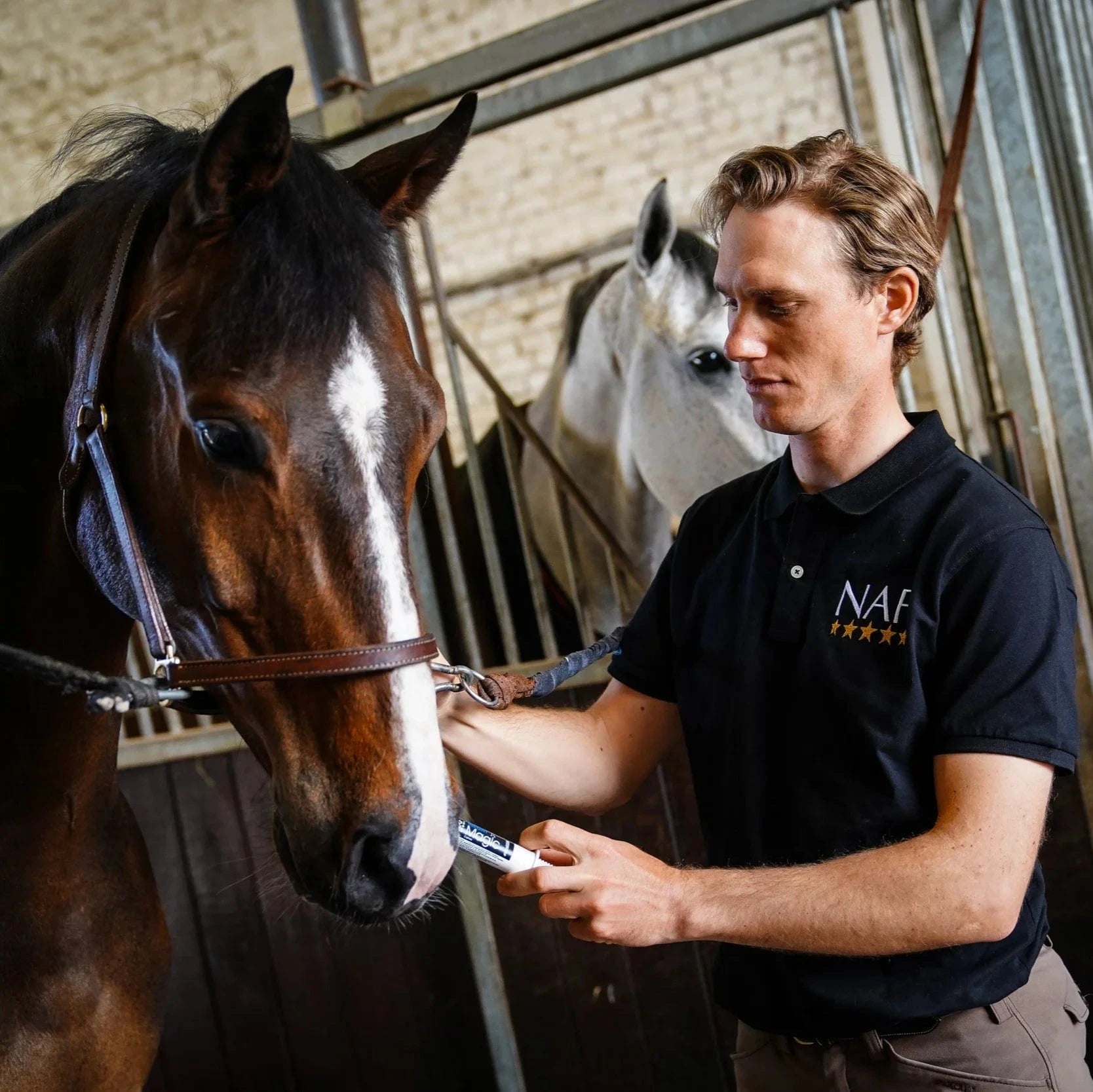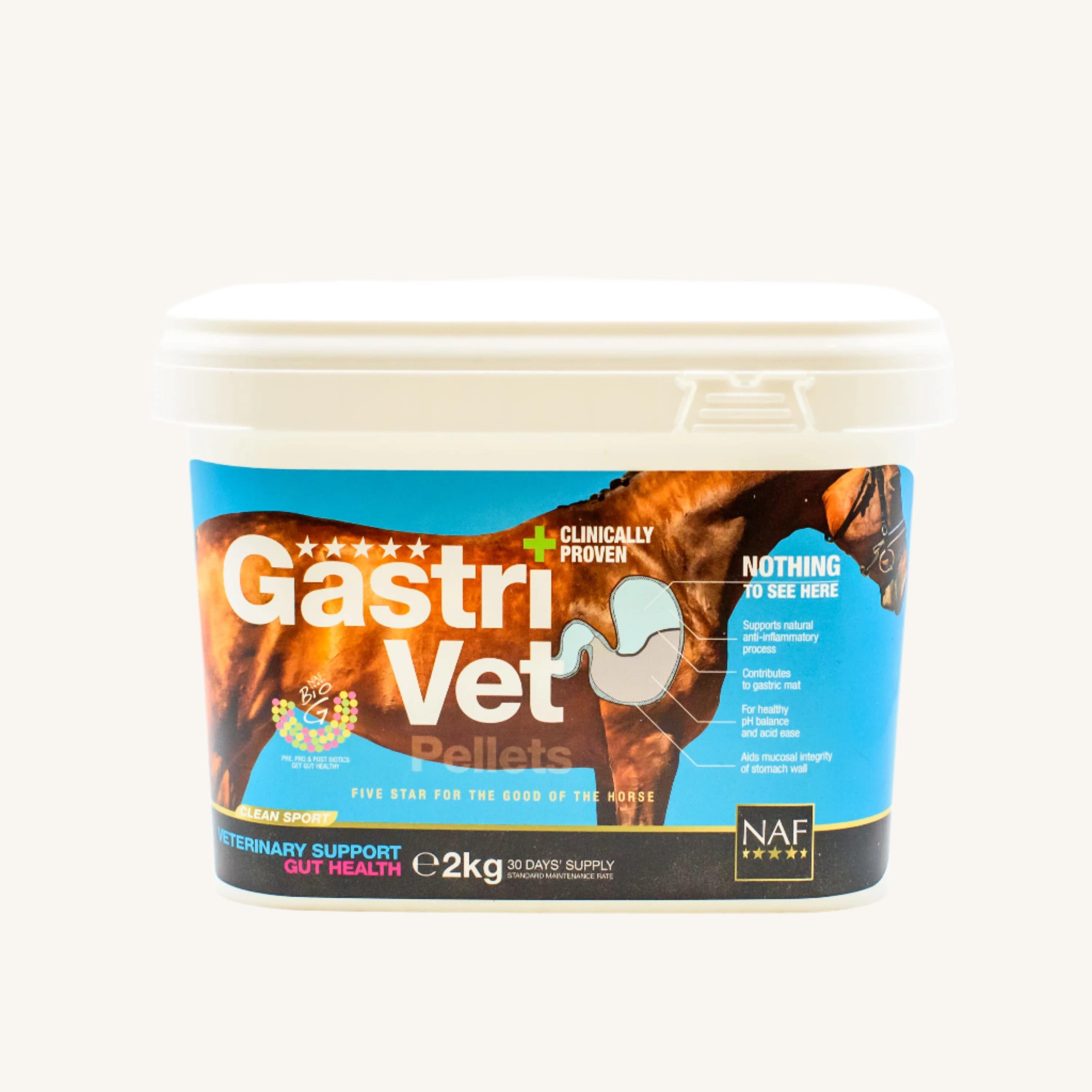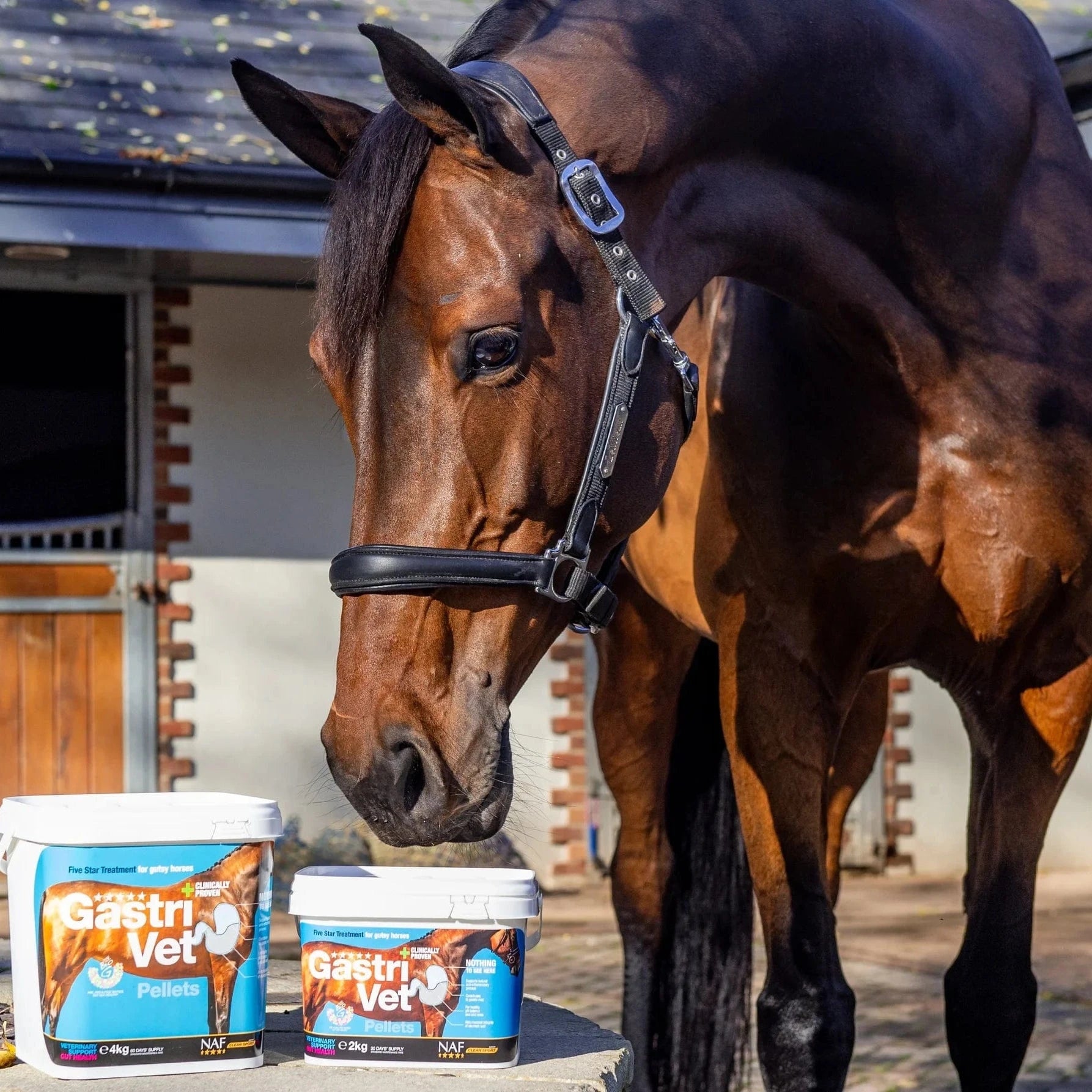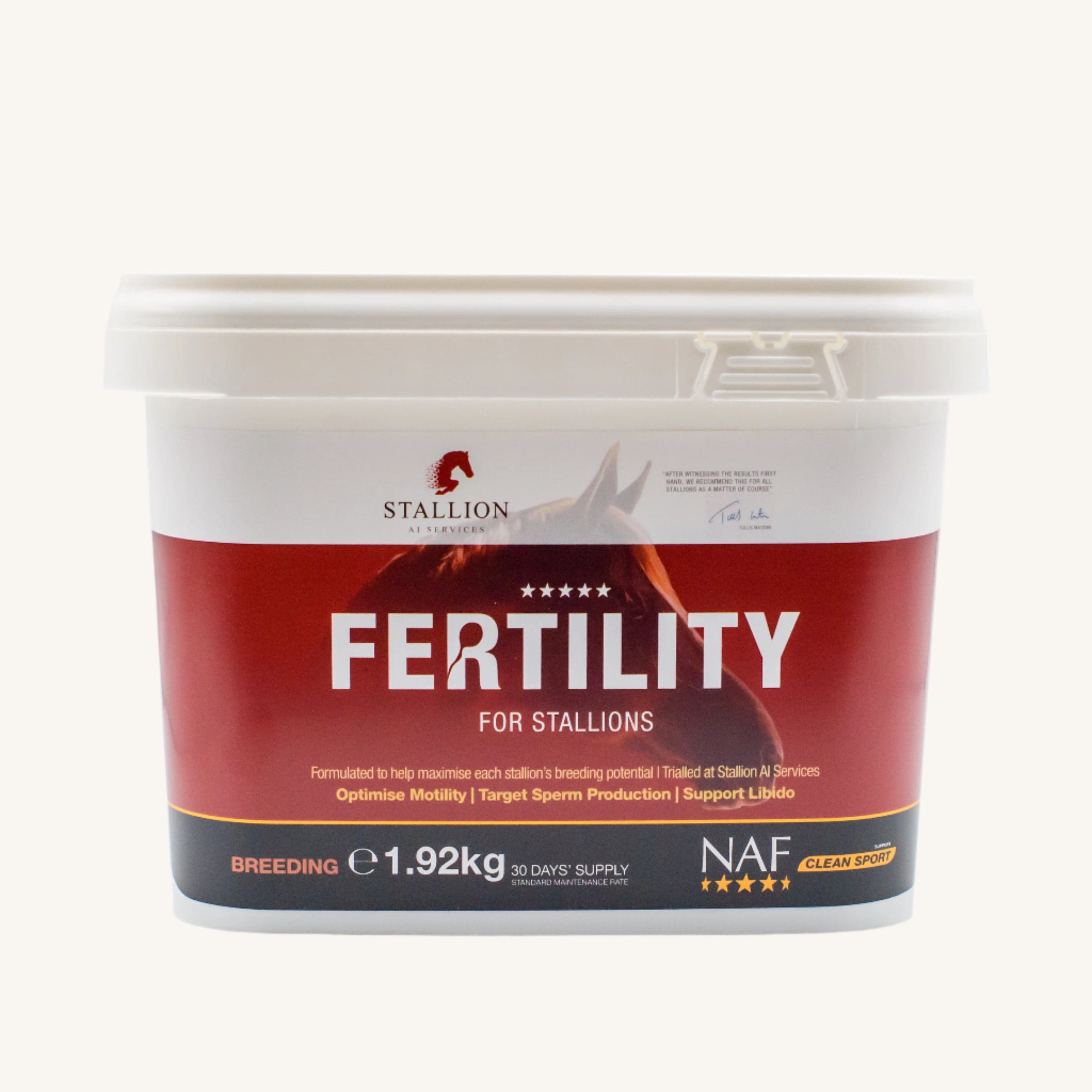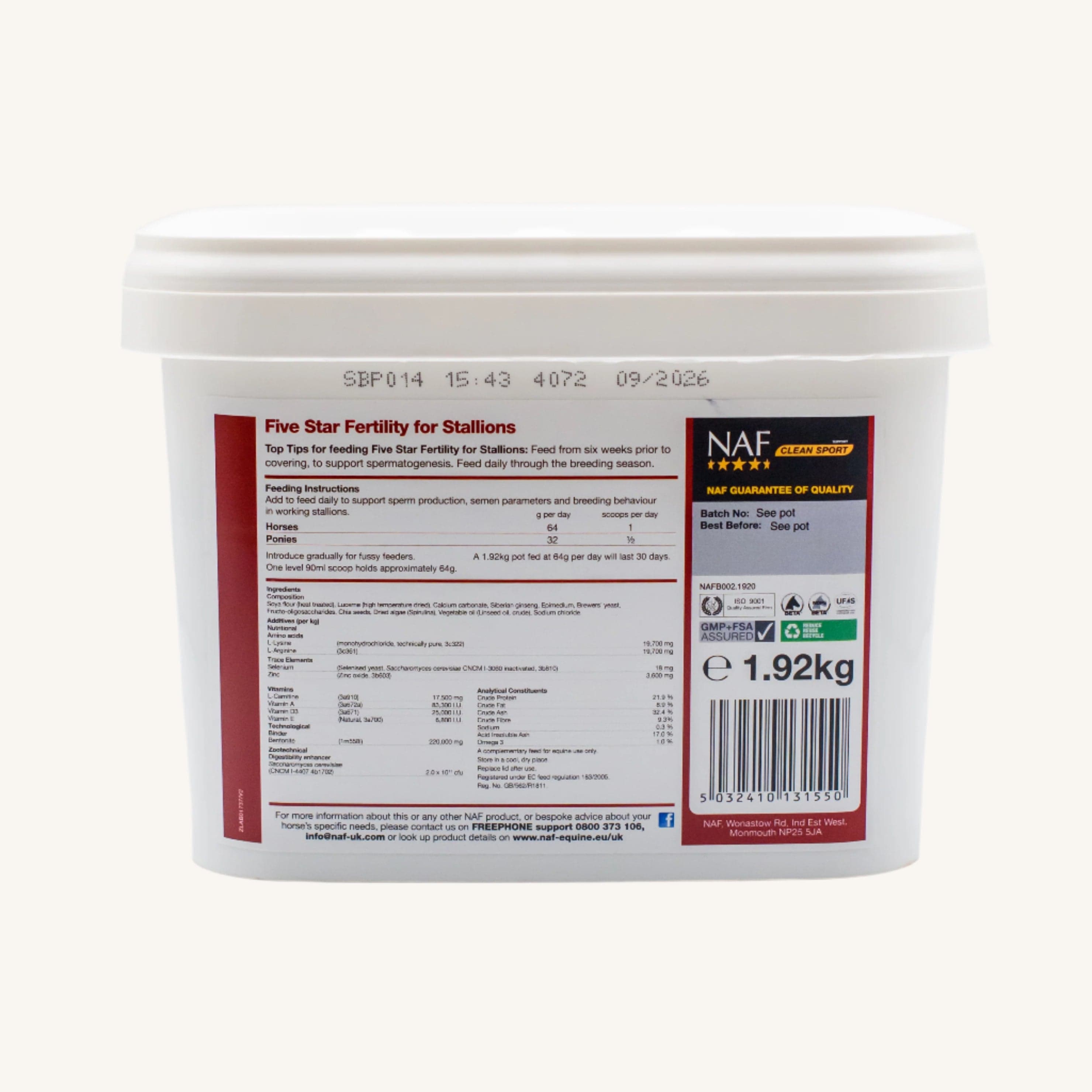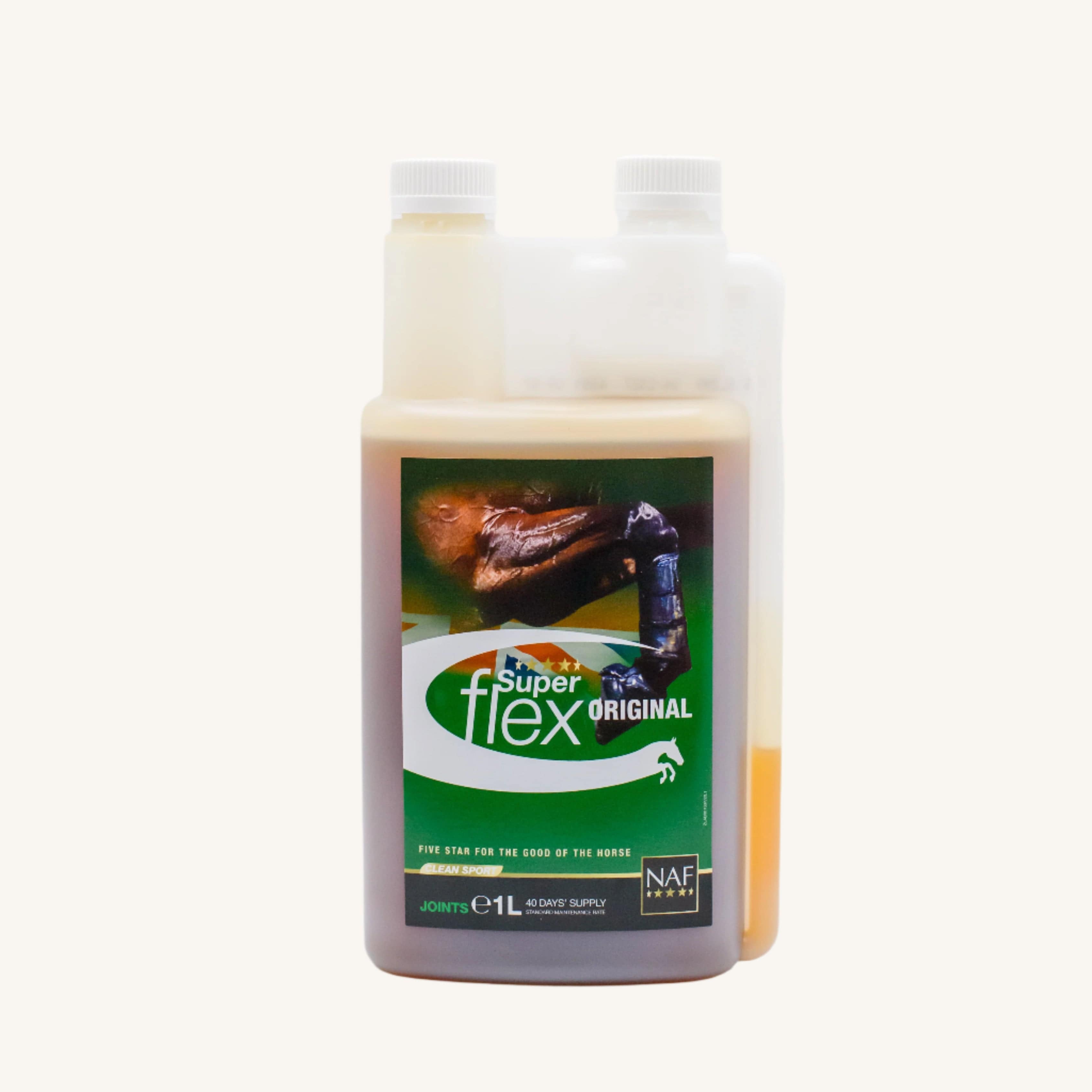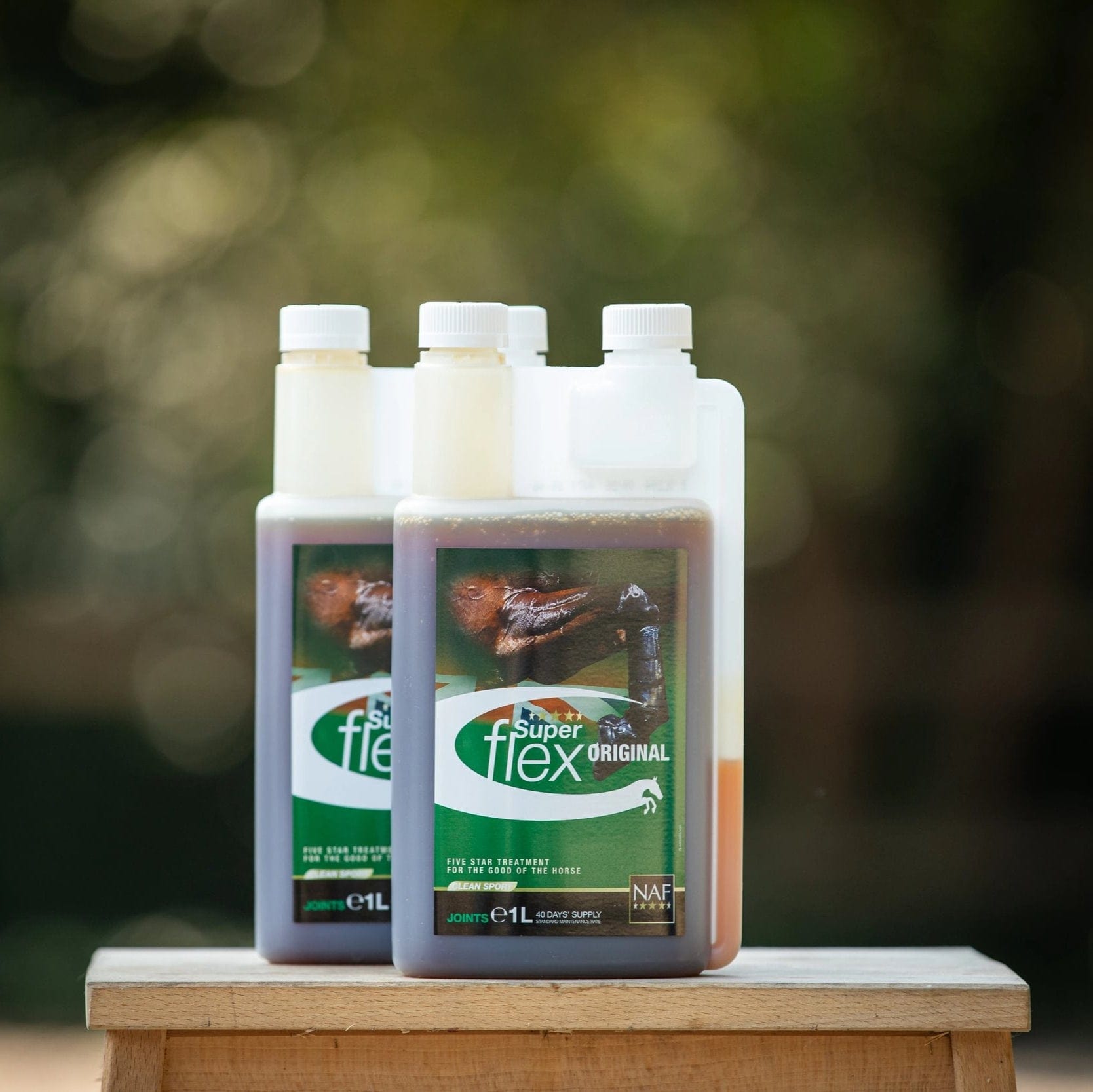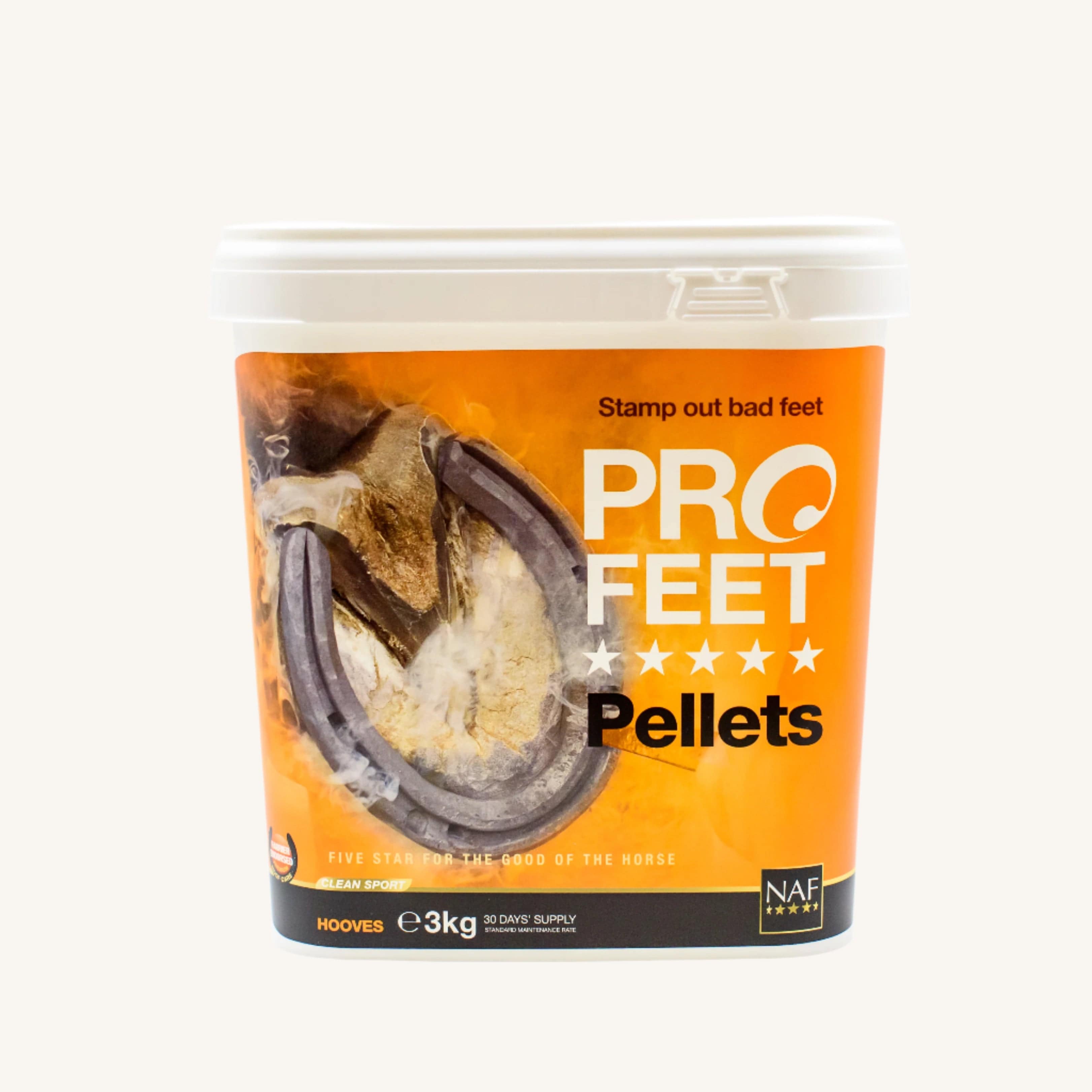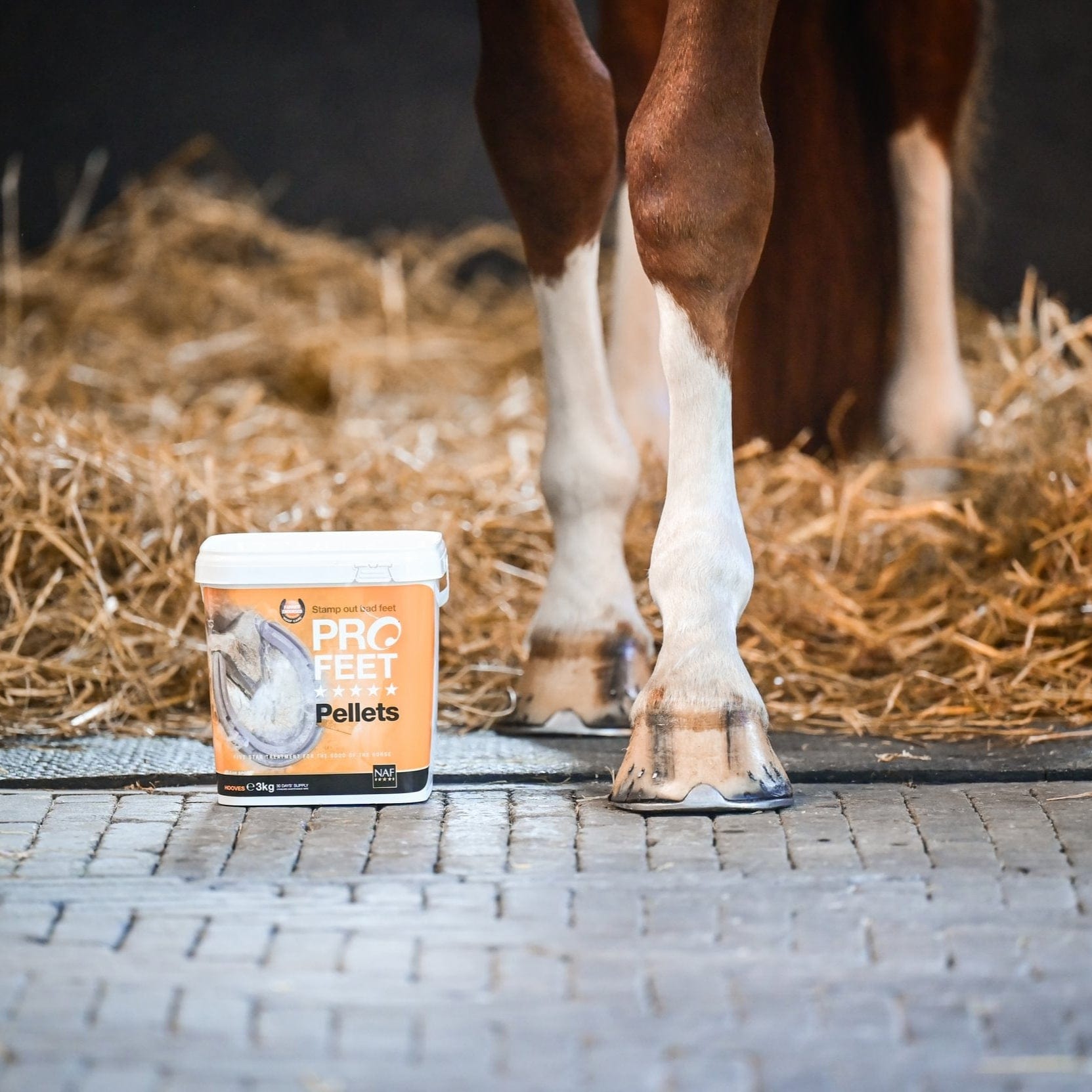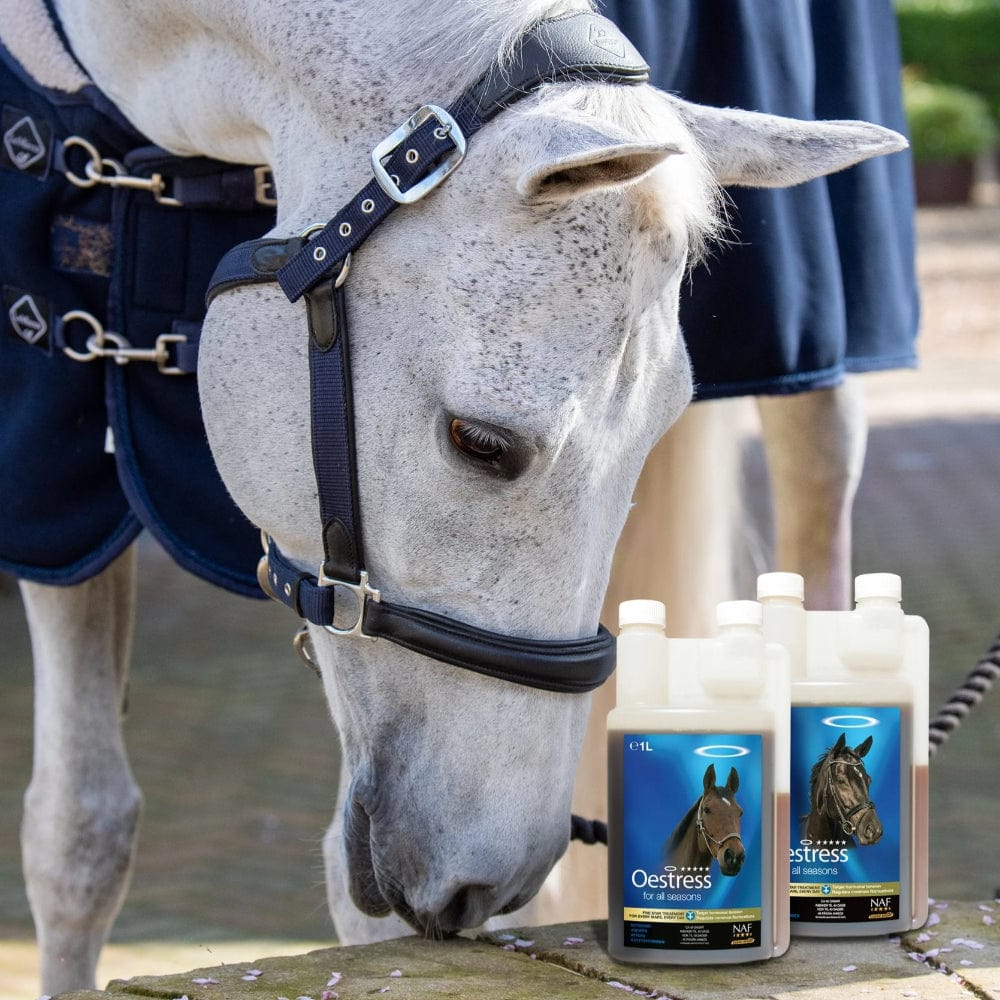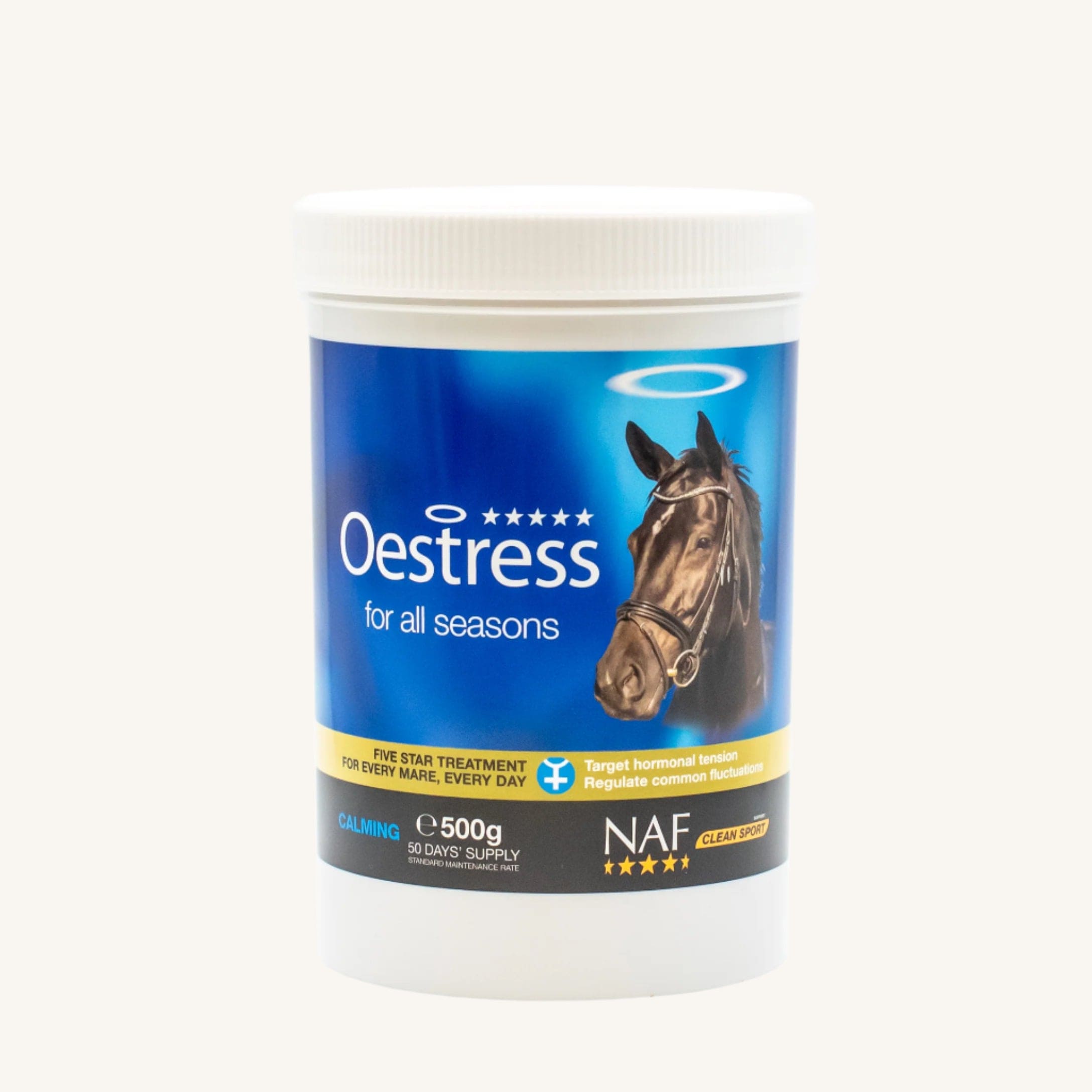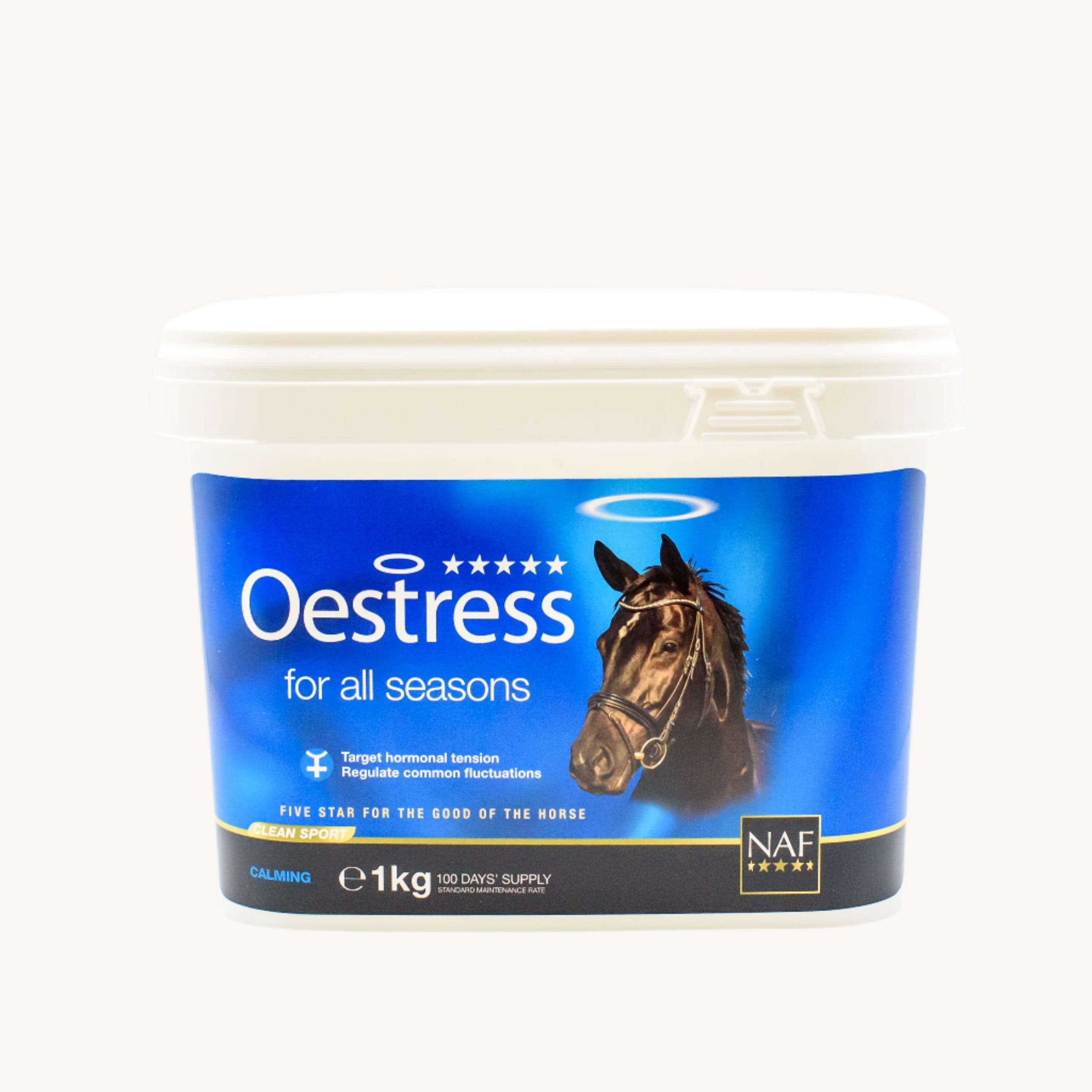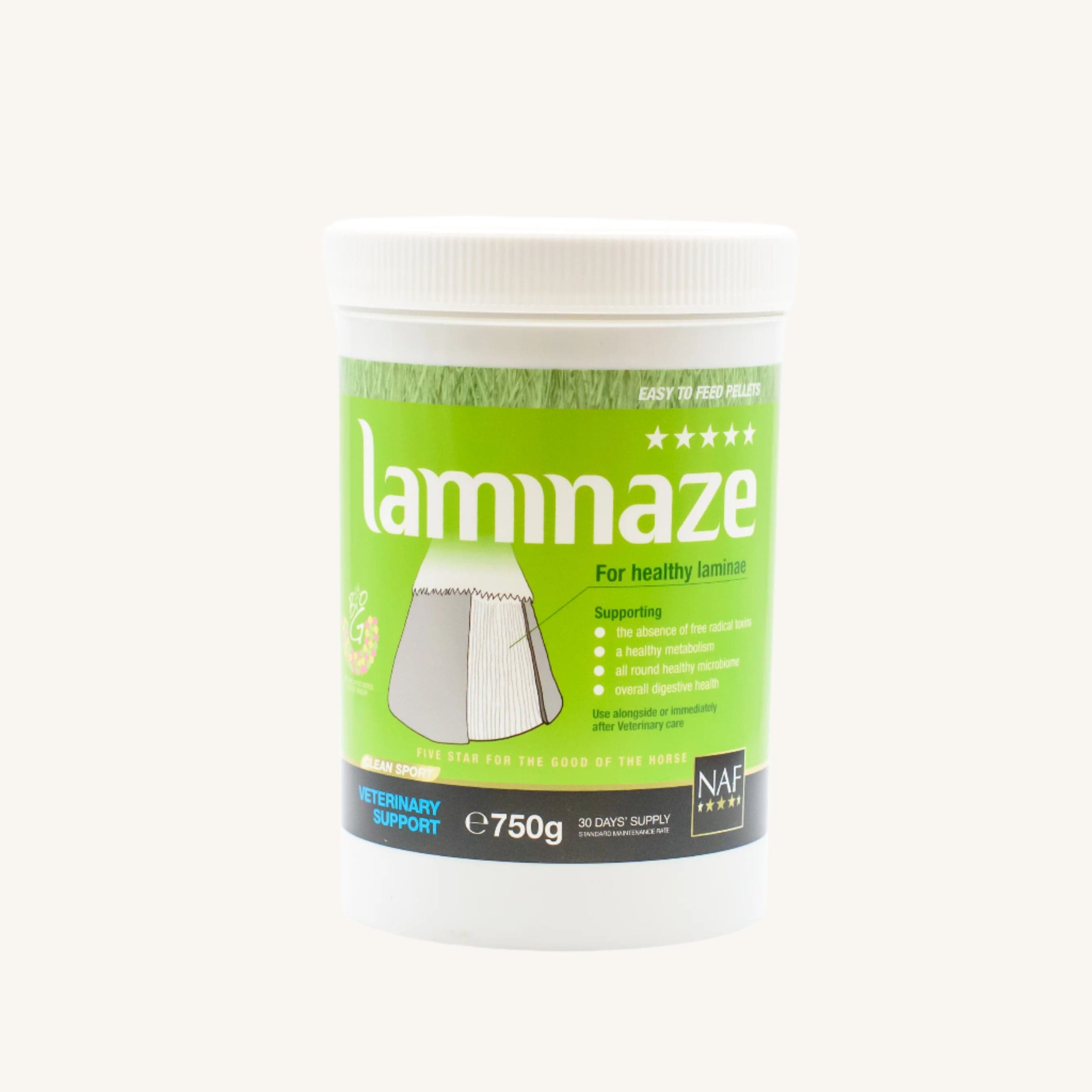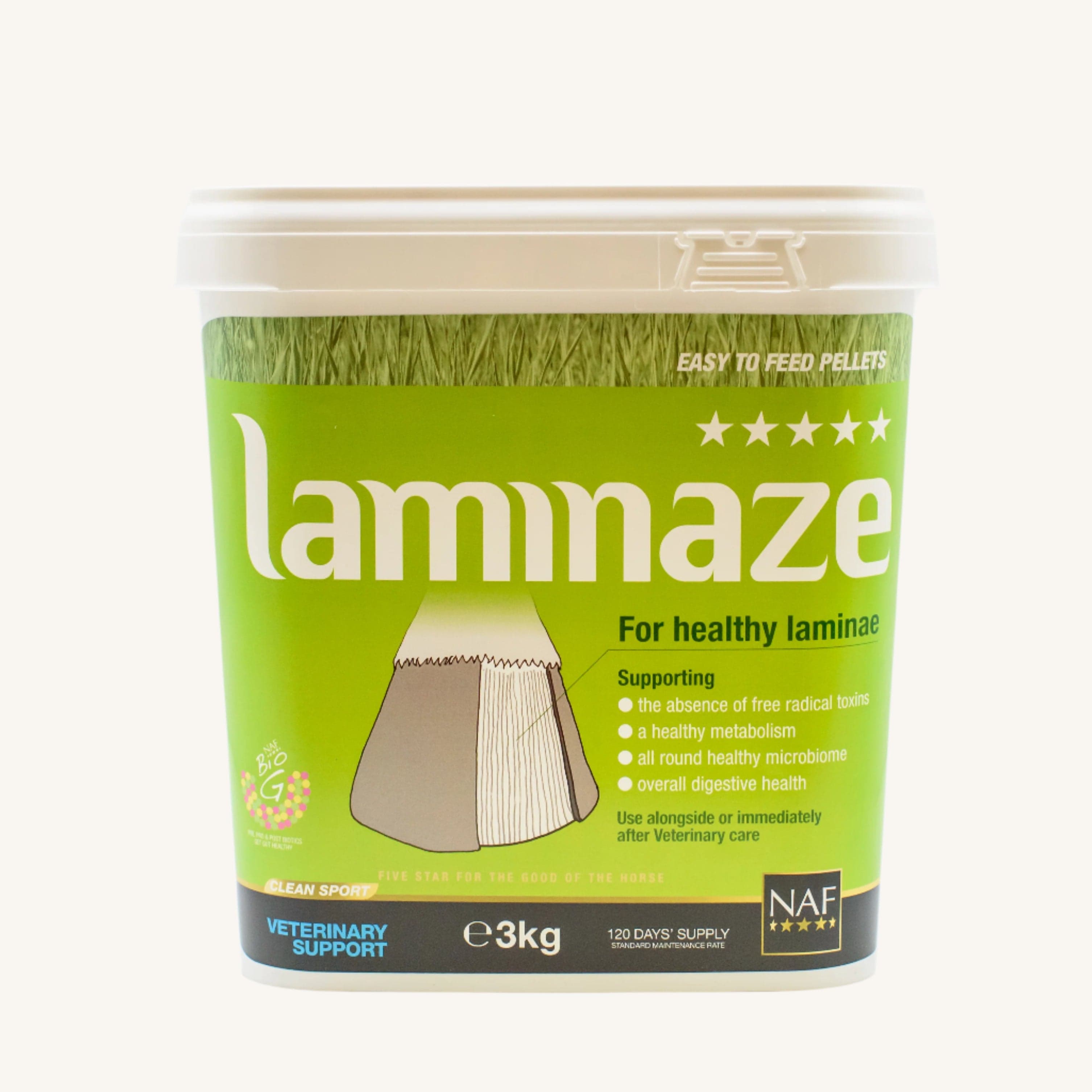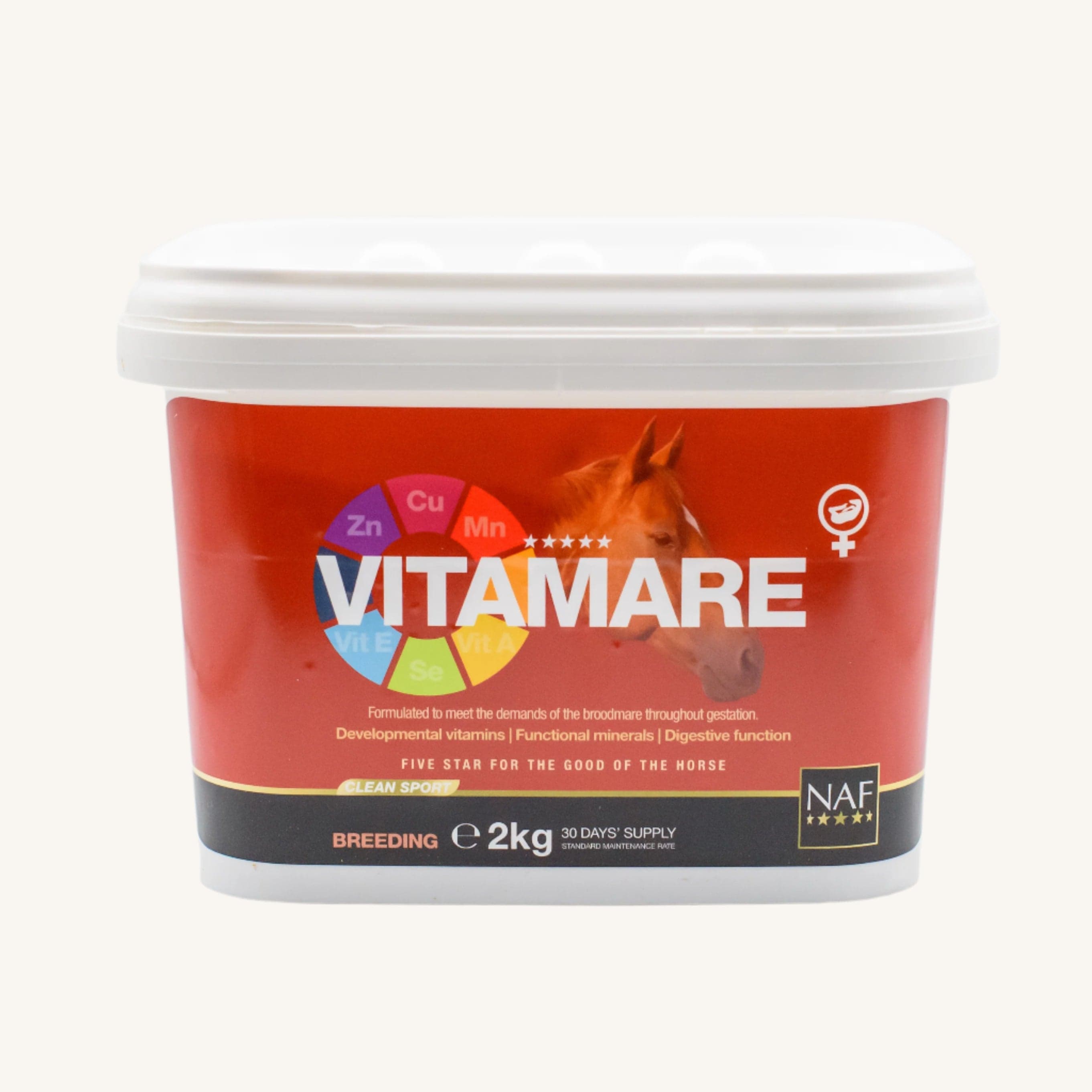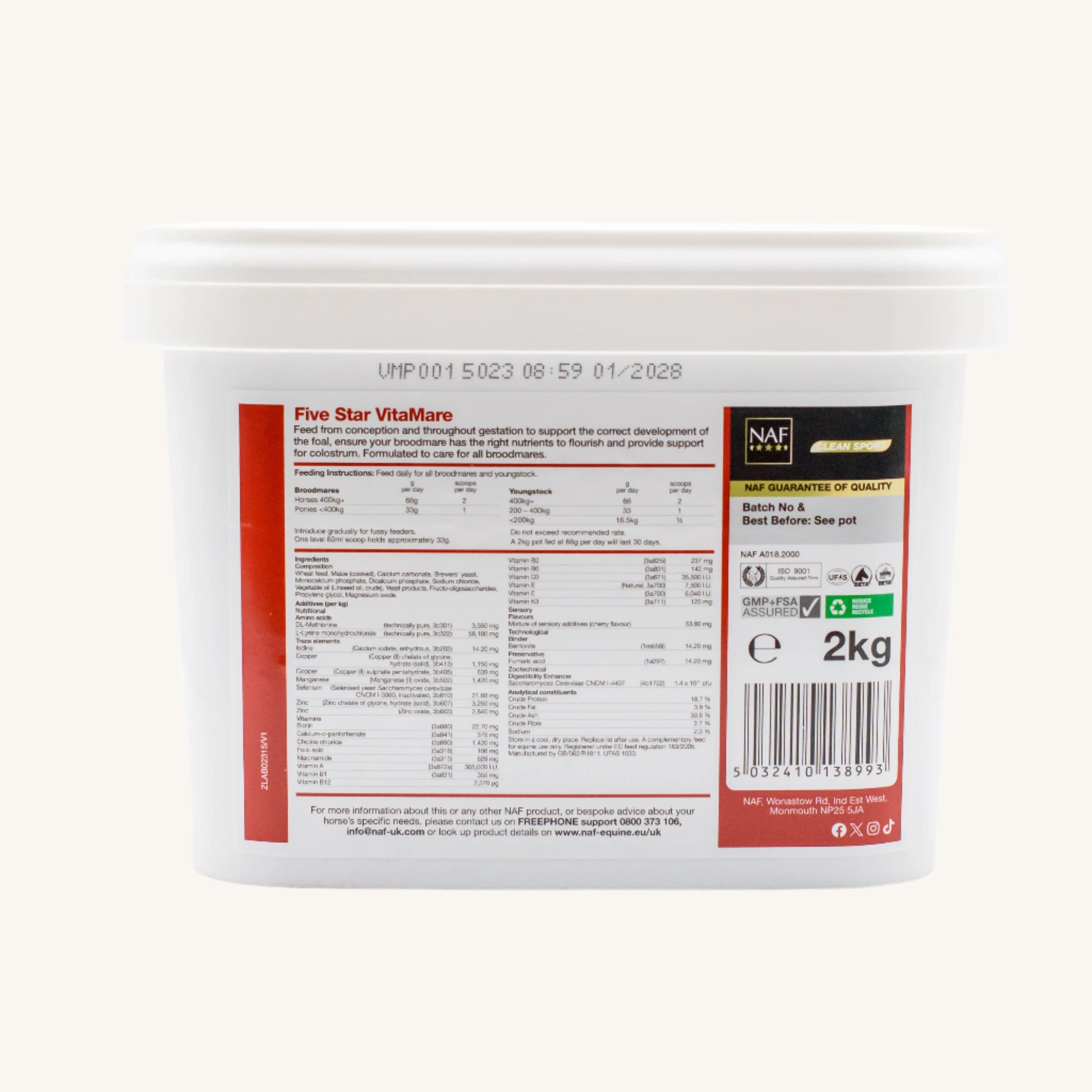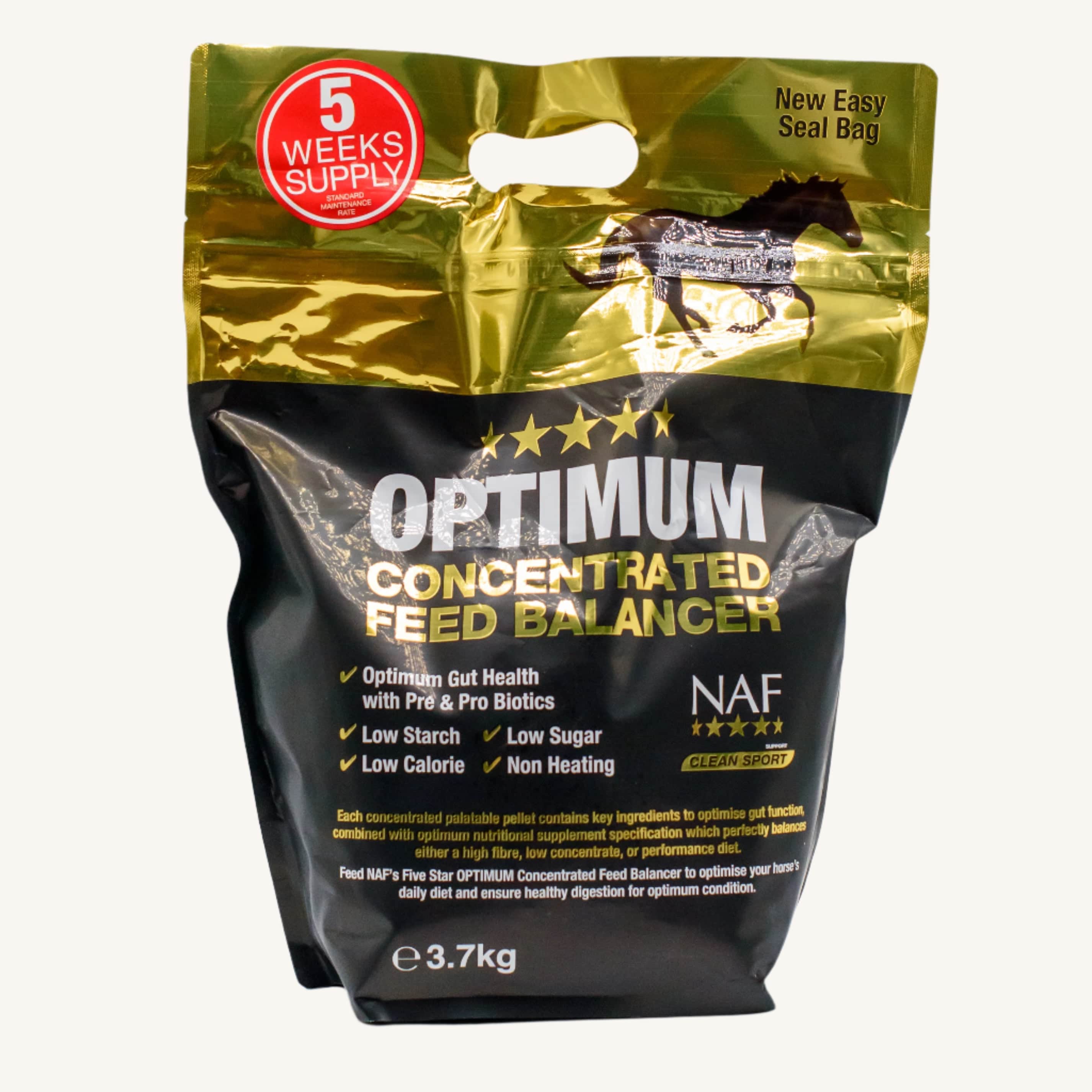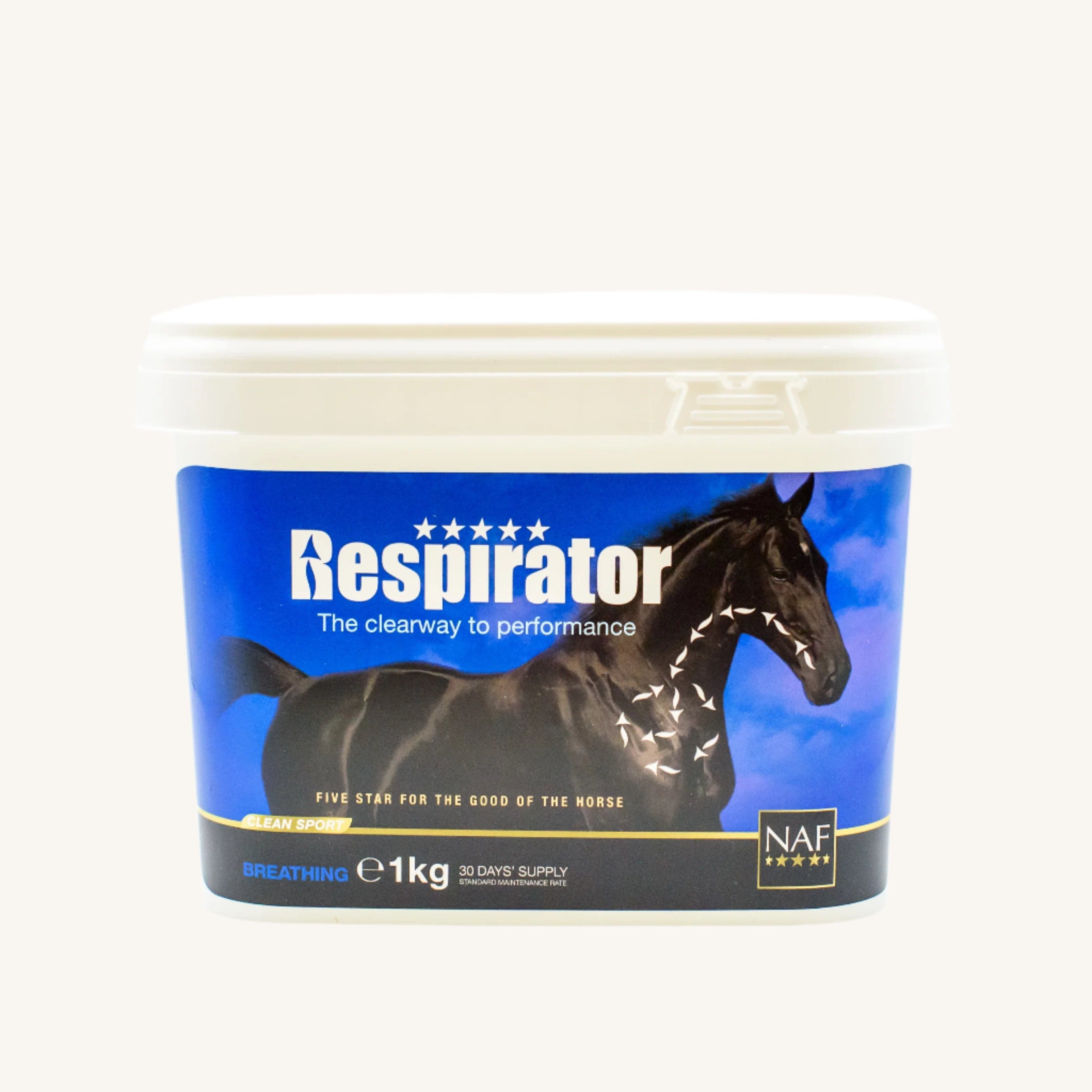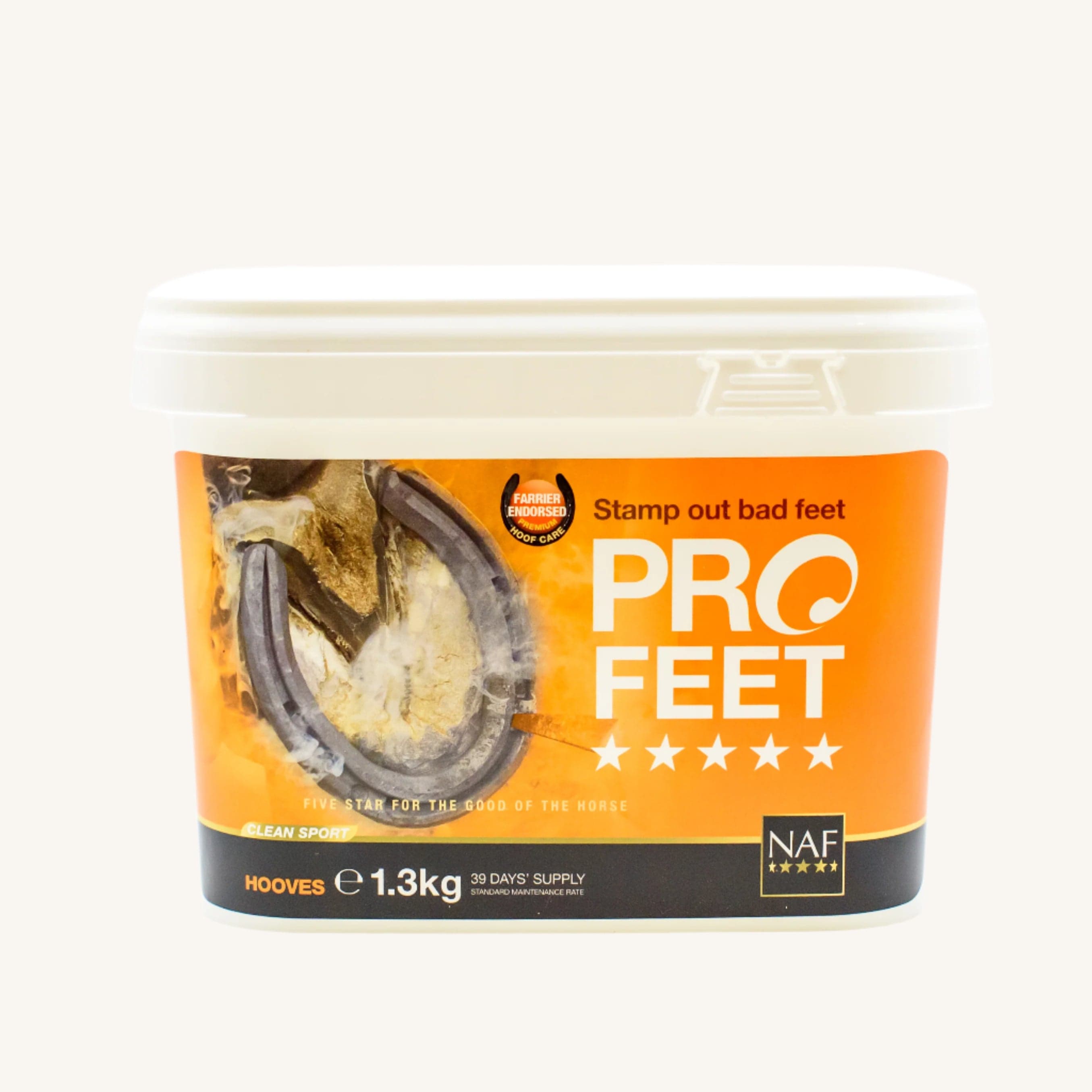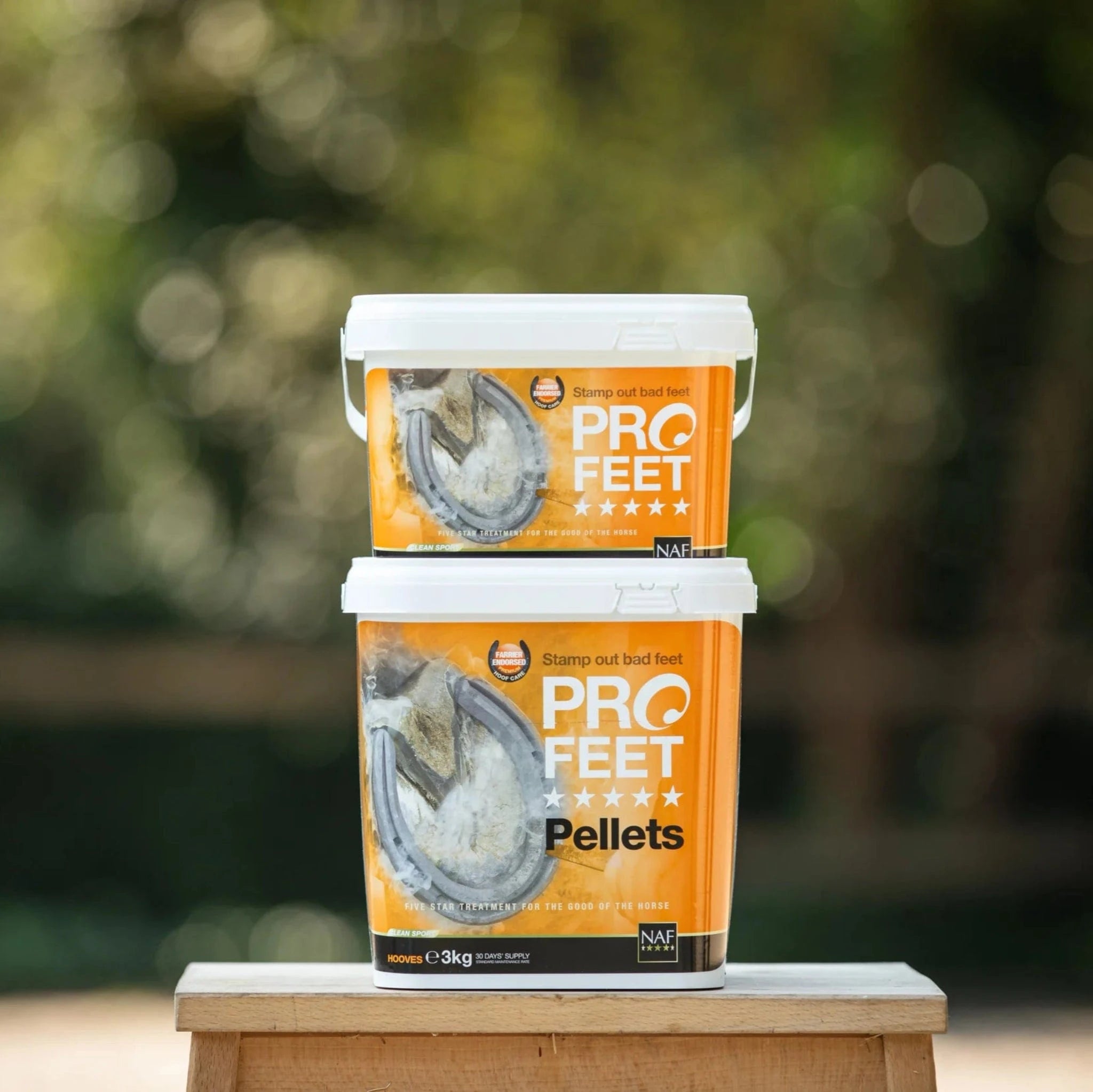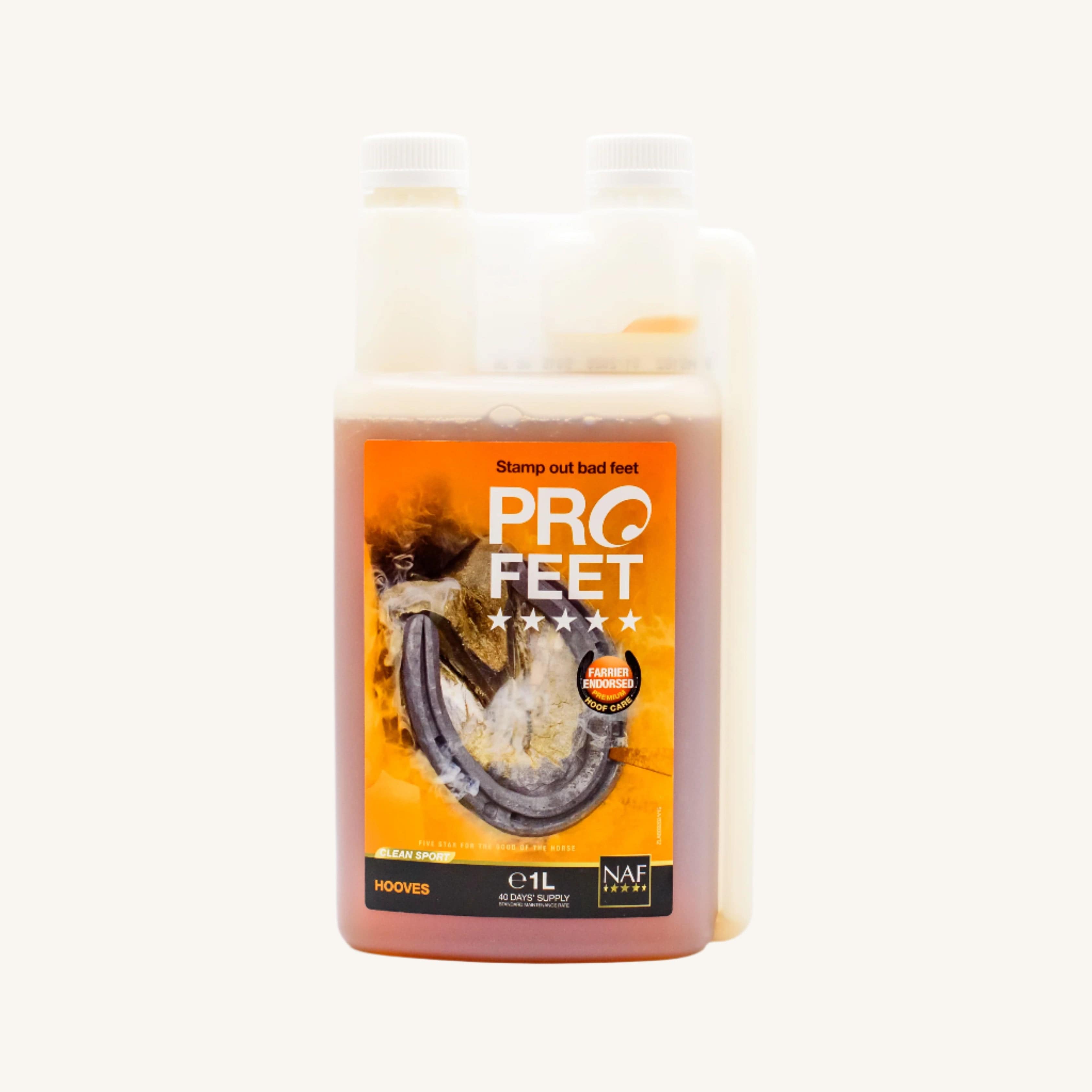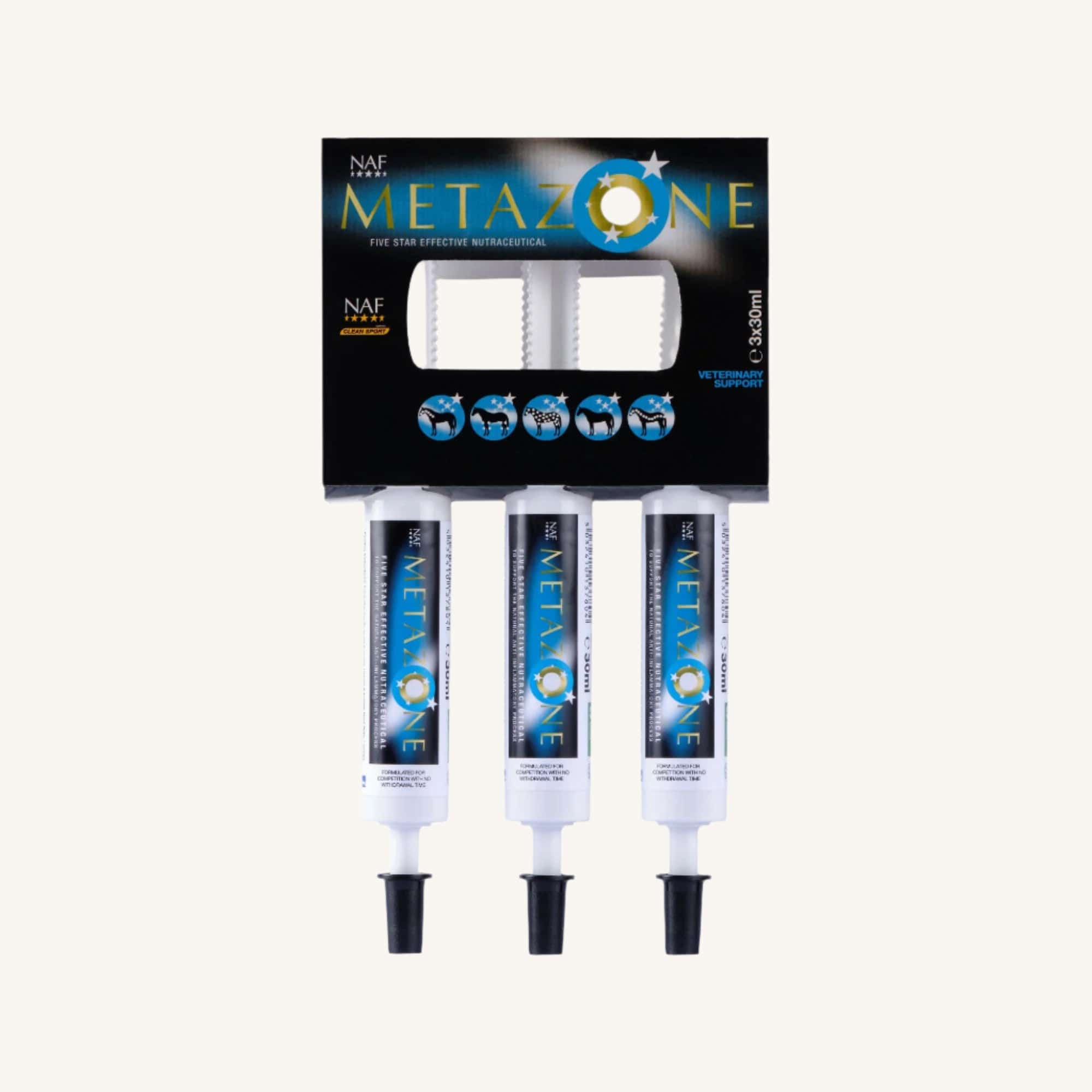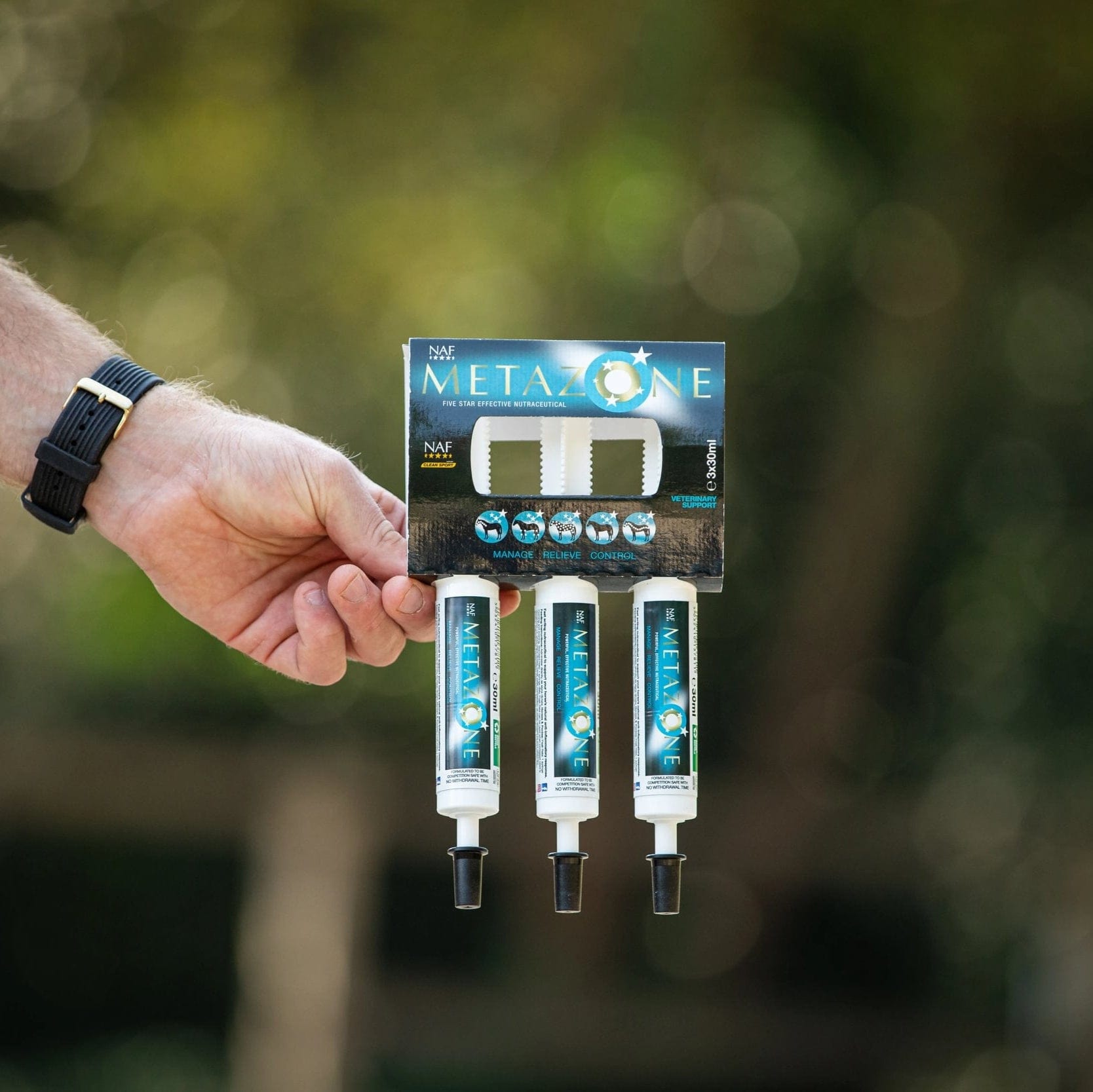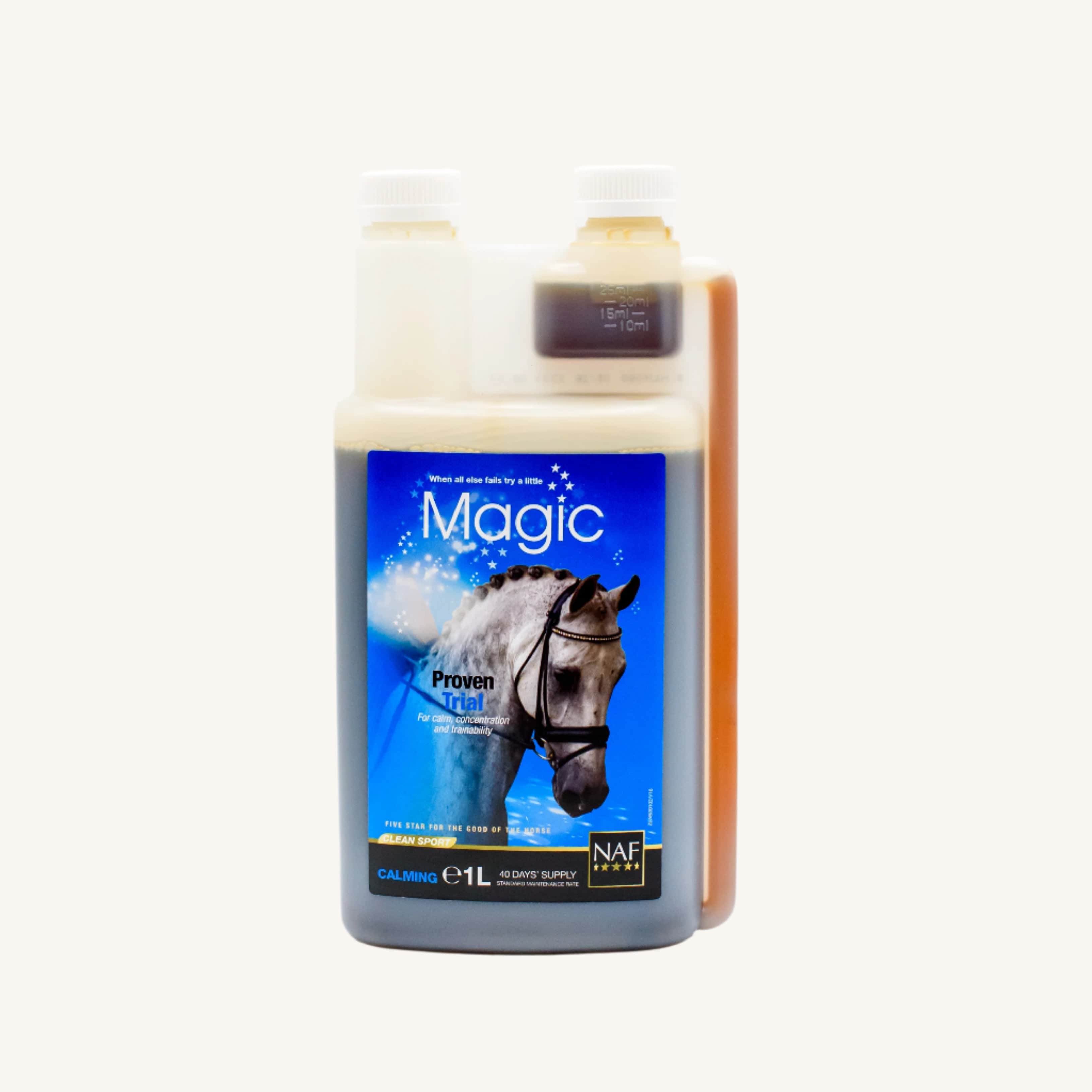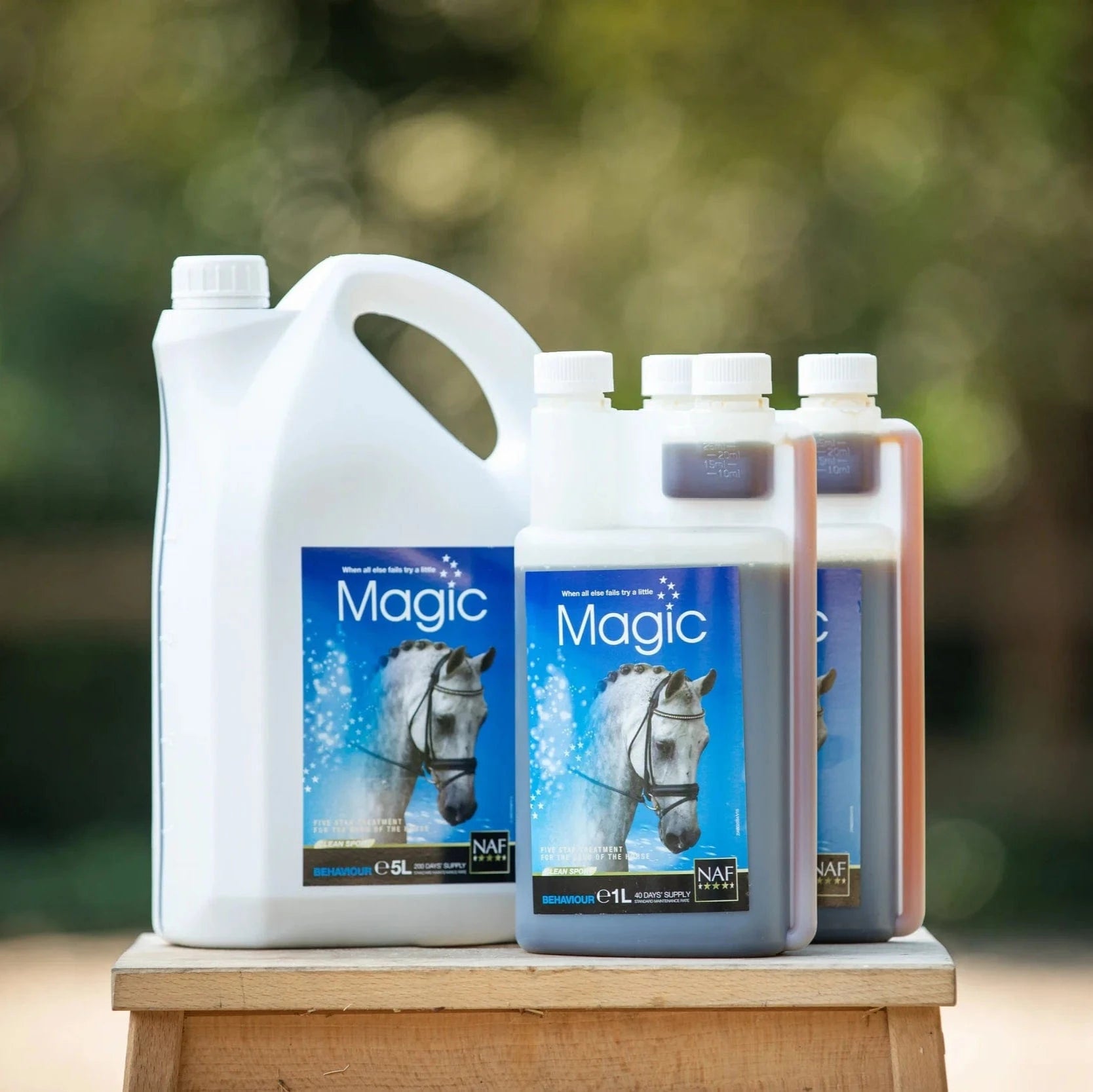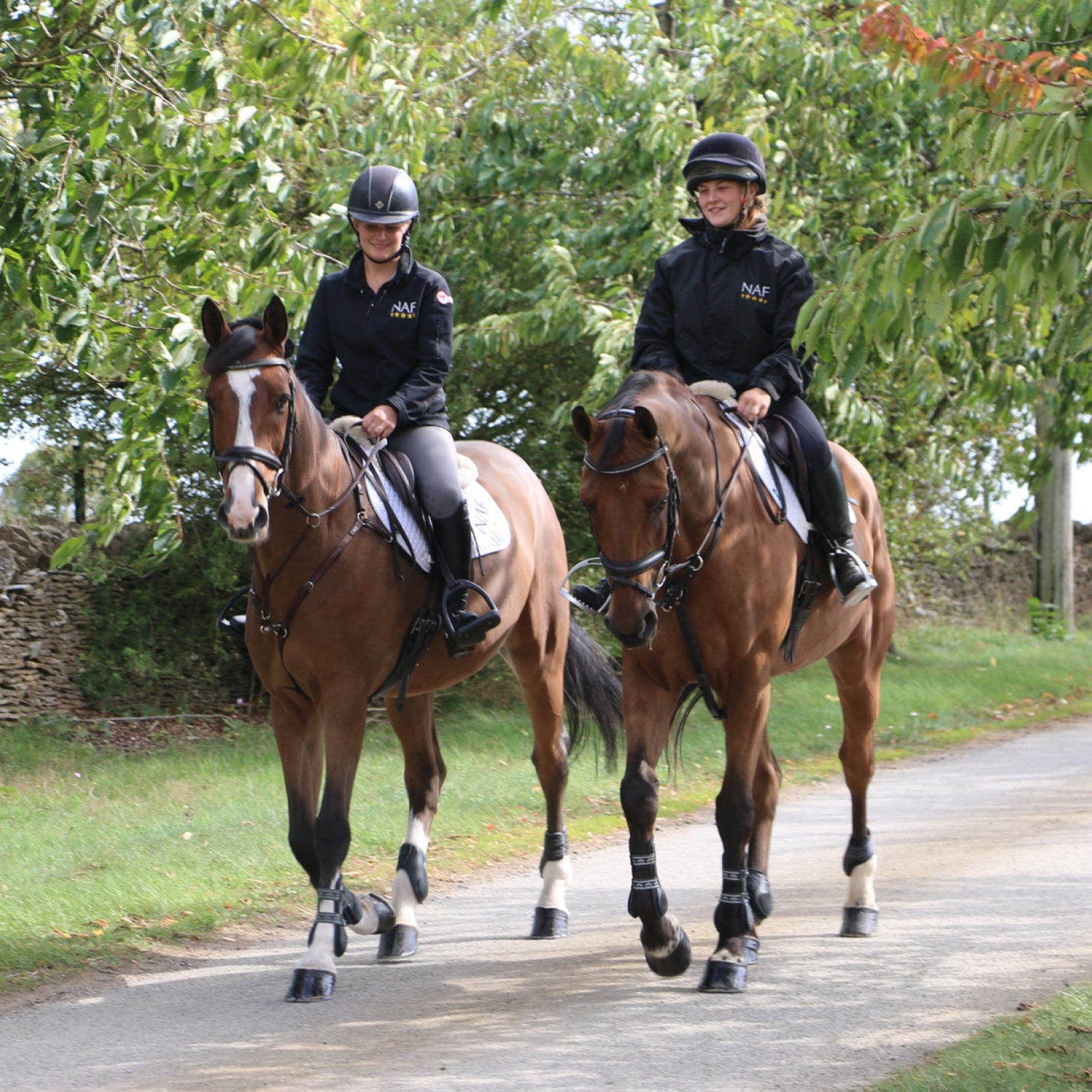
Horse Health at the Heart of Everything
Each NAF product is carefully formulated to support every aspect of horse health, from skin and joints to gut health and behaviour. Our expertly crafted supplements and applications provide comprehensive care, supporting horses inside and out.
Learn MoreFor the Good of Every Horse

Superflex
Nourish their joints and surrounding structures with Superflex, supporting Flexibility for Life.
Metazone
Formulated specifically to support the horse's natural anti-inflammatory responses throughout the body wherever they need it most.
GastriAid
Provide gut nourishment from foregut to hindgut. A comprehensive formula to help them enjoy a happy, healthy tummy.
Oestress
Because she deserves Oestress...and so do you! Support her attitude, comfort and performance every season.
Magic
Our award-winning, scientifically trialled formula supports calm behaviour and improves focus and learning without sedative effects.
Supplements & Nutritional Advice
Read expert information from our vets and nutritionists on supplements and feeding.
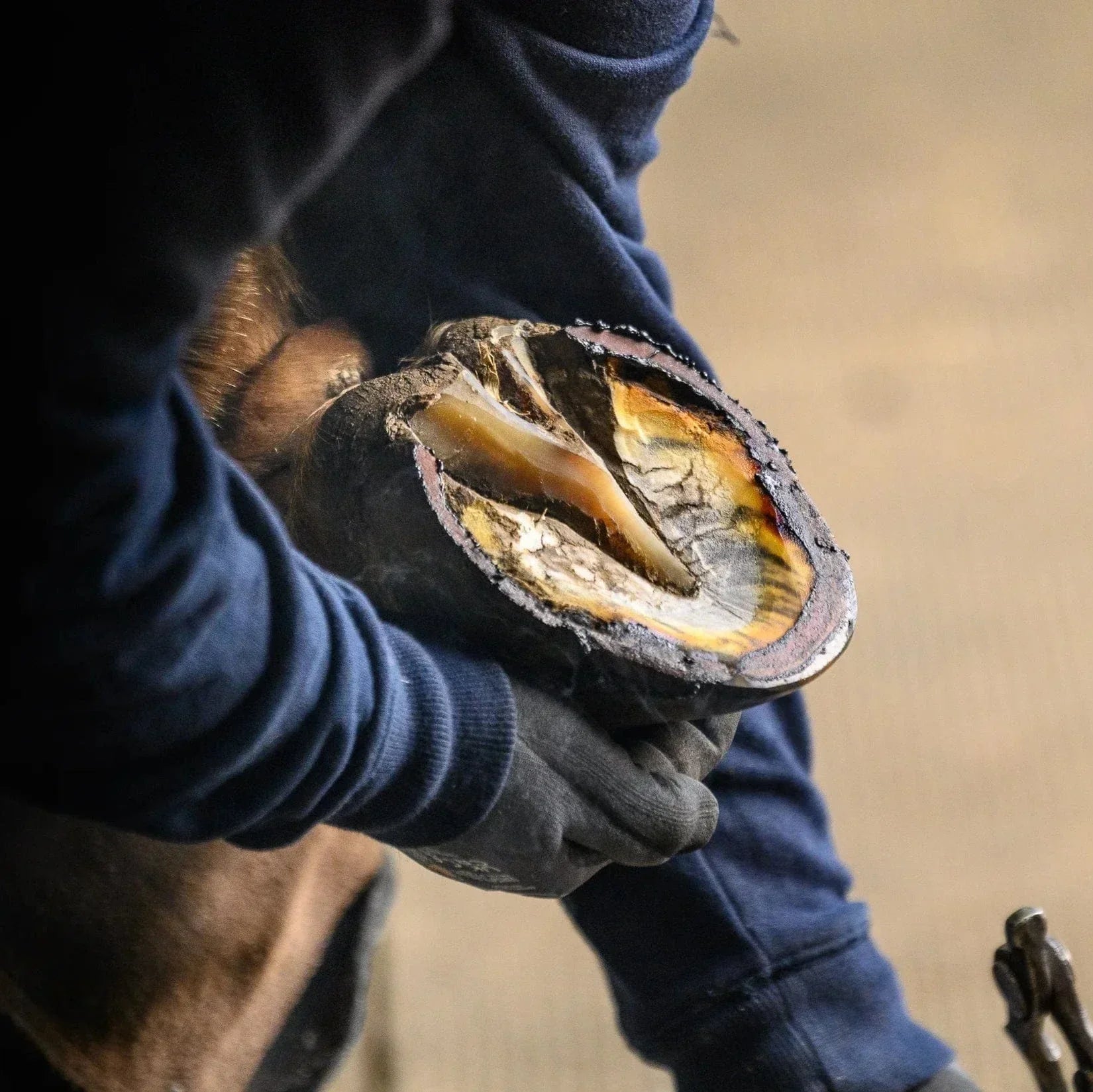
Hoof health is crucial for movement and performance. Nutrition, environment, conformation and genetics all impact growth and strength. Biotin, methionine and zinc support hoof quality. Regular hoof...
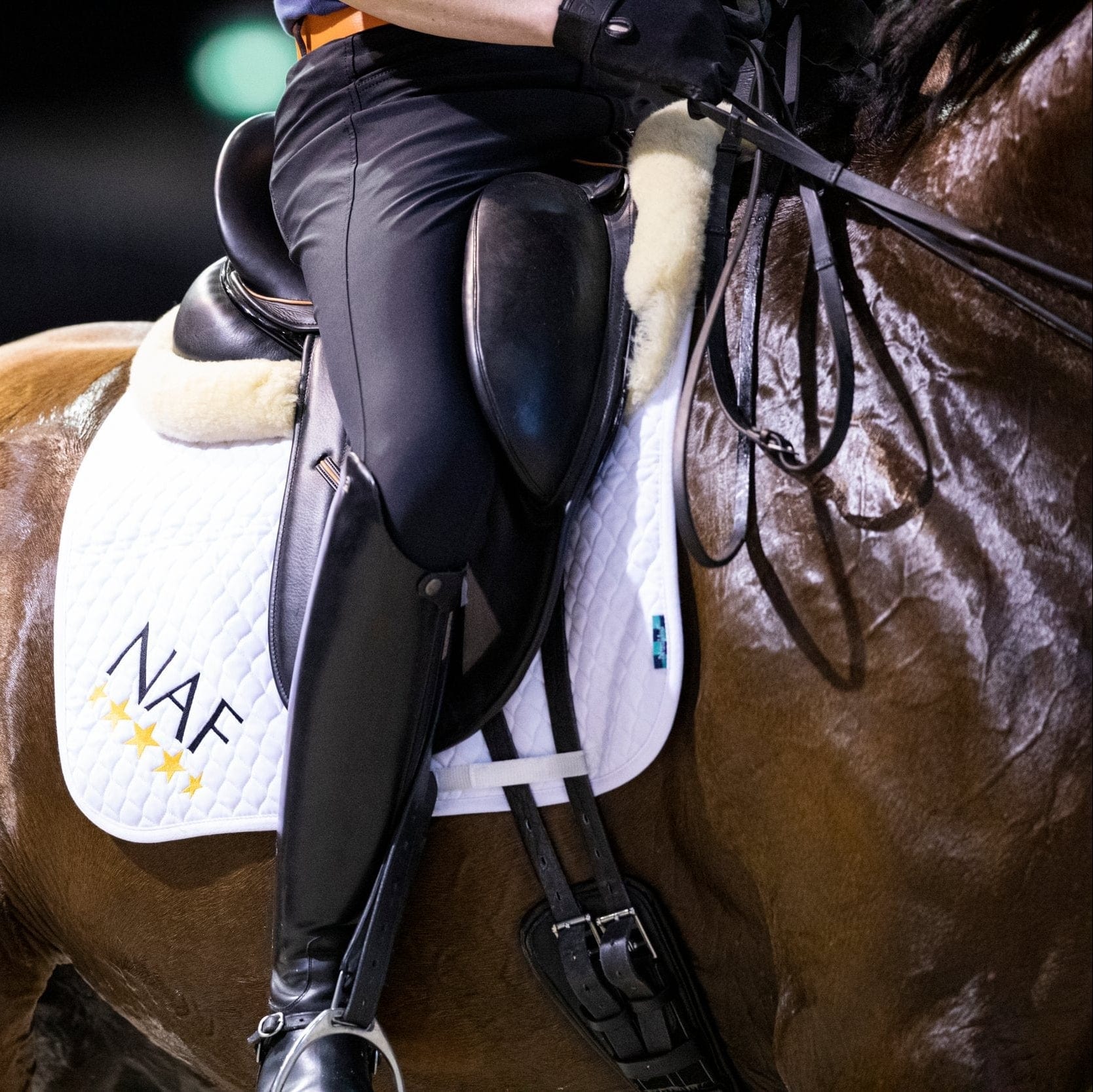
Electrolytes are vital for hydration and performance in horses. Replenishing sweat losses with balanced electrolytes and water prevents dehydration, fatigue, and health issues, ensuring optimal rec...

Gastric ulcers in horses can impact both health and performance. A diet high in forage, low in starch, and supplemented appropriately can help prevent and manage ulcers.
Horse Care Advice
Visit our library of information and support on horse care and management.
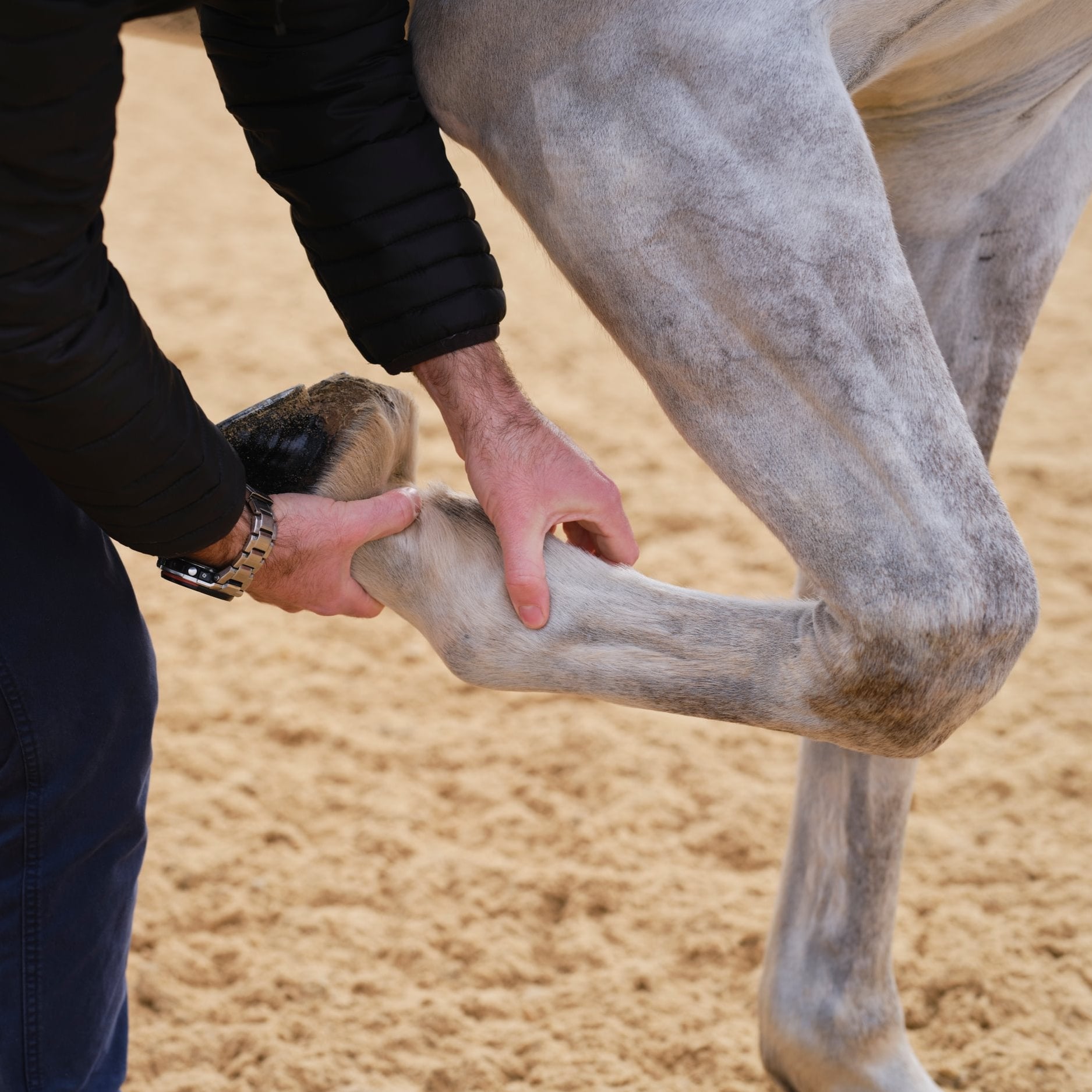
Inflammation is the body’s defence to injury or infection. Chronic inflammation can lead to diseases like diabetes, cancer and laminitis in horses. Managing it includes diet, exercise, and antioxid...

Laminitis in horses can be caused by metabolic, inflammatory or mechanical issues. Key management includes controlling weight, diet, exercise and monitoring early signs.
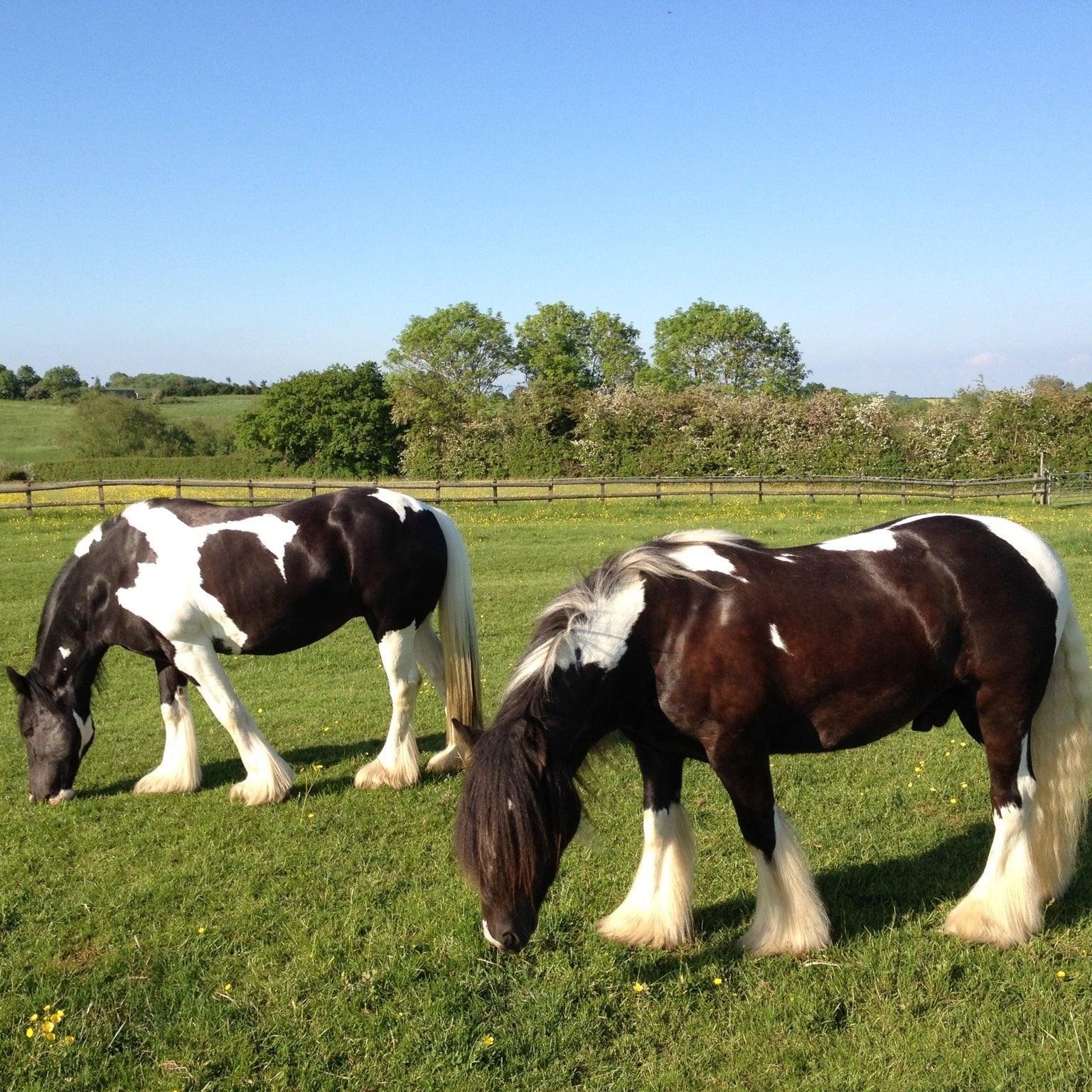
Discover how science can improve your horse’s turnout regime. Learn the best grazing management strategies to balance welfare, exercise, and weight control, including strip grazing and track systems.
What Our Customers Say
Honest reviews from those who trust and love our products
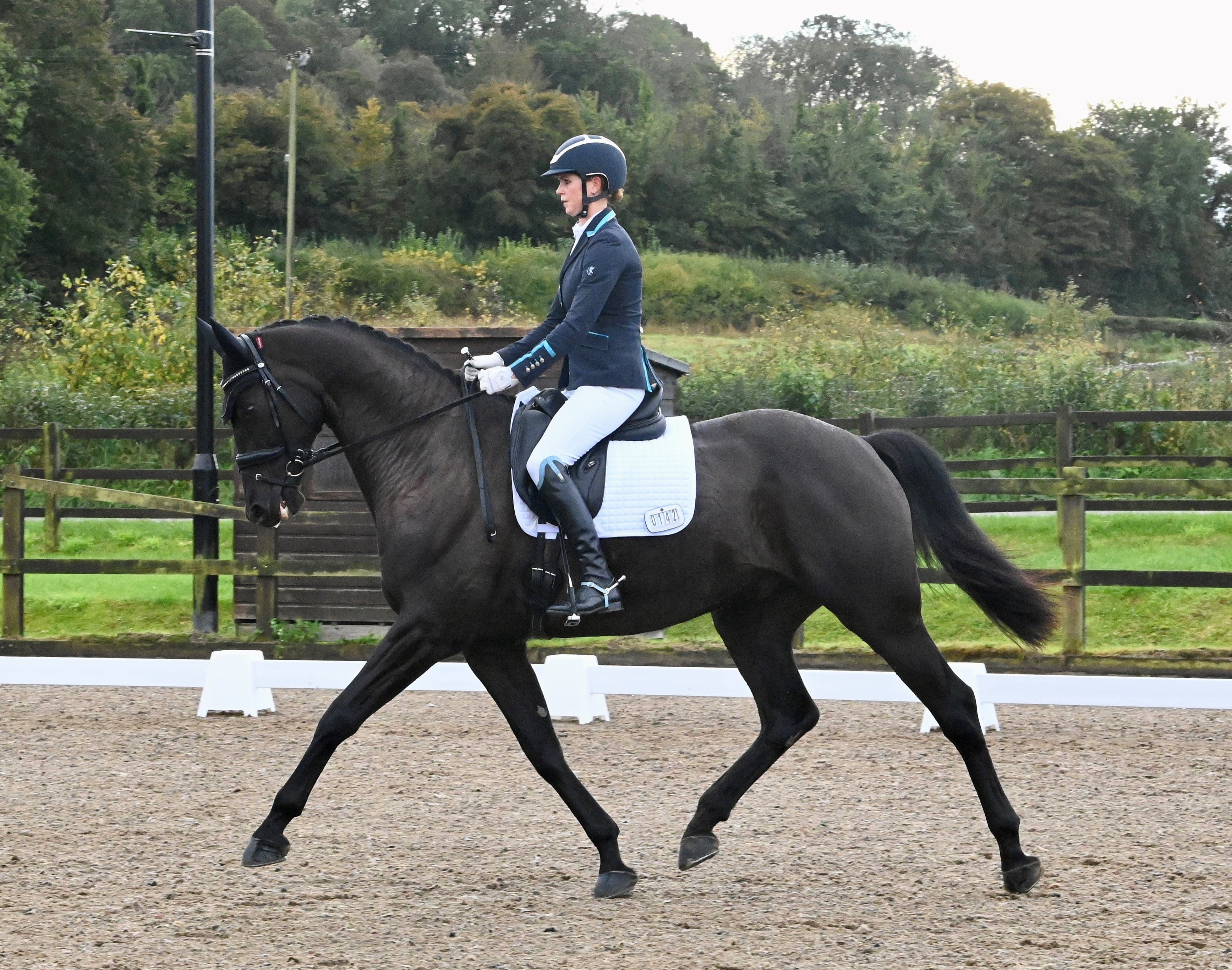
Jess Weston

Looby Chubb

Chloe Fenton

